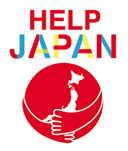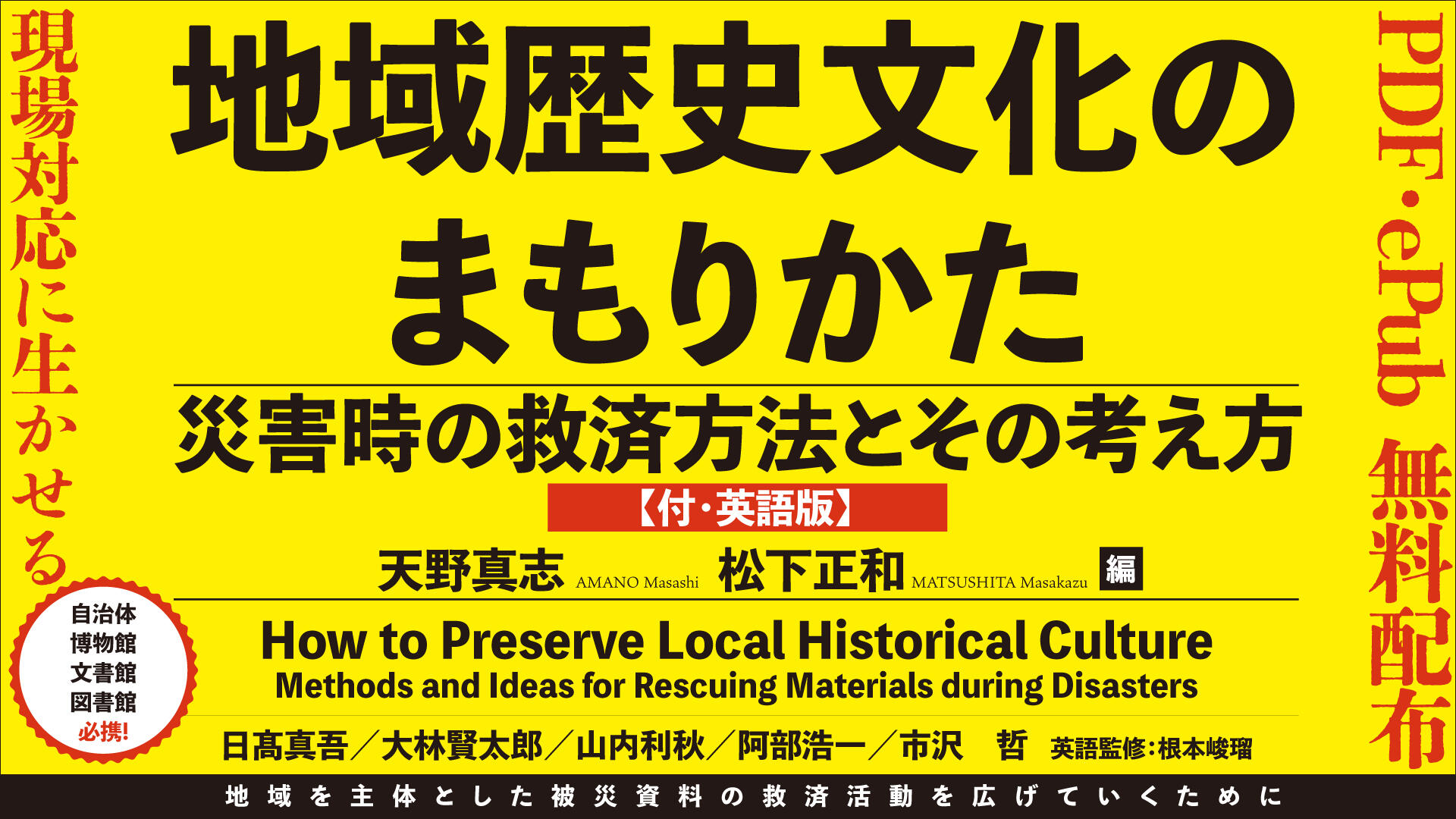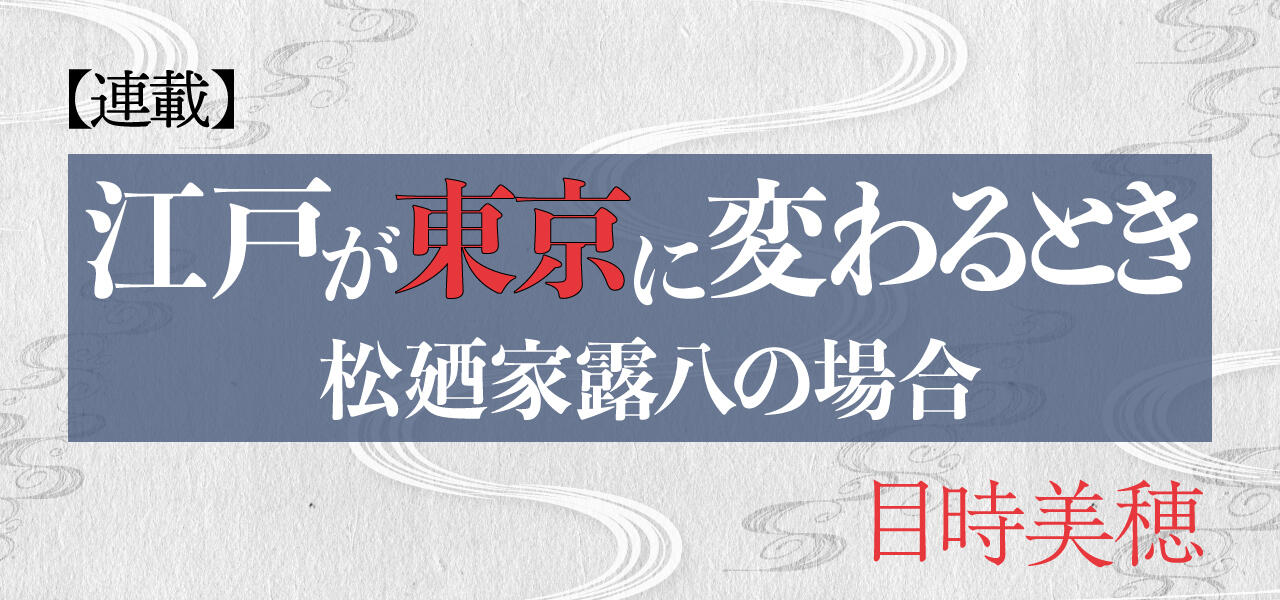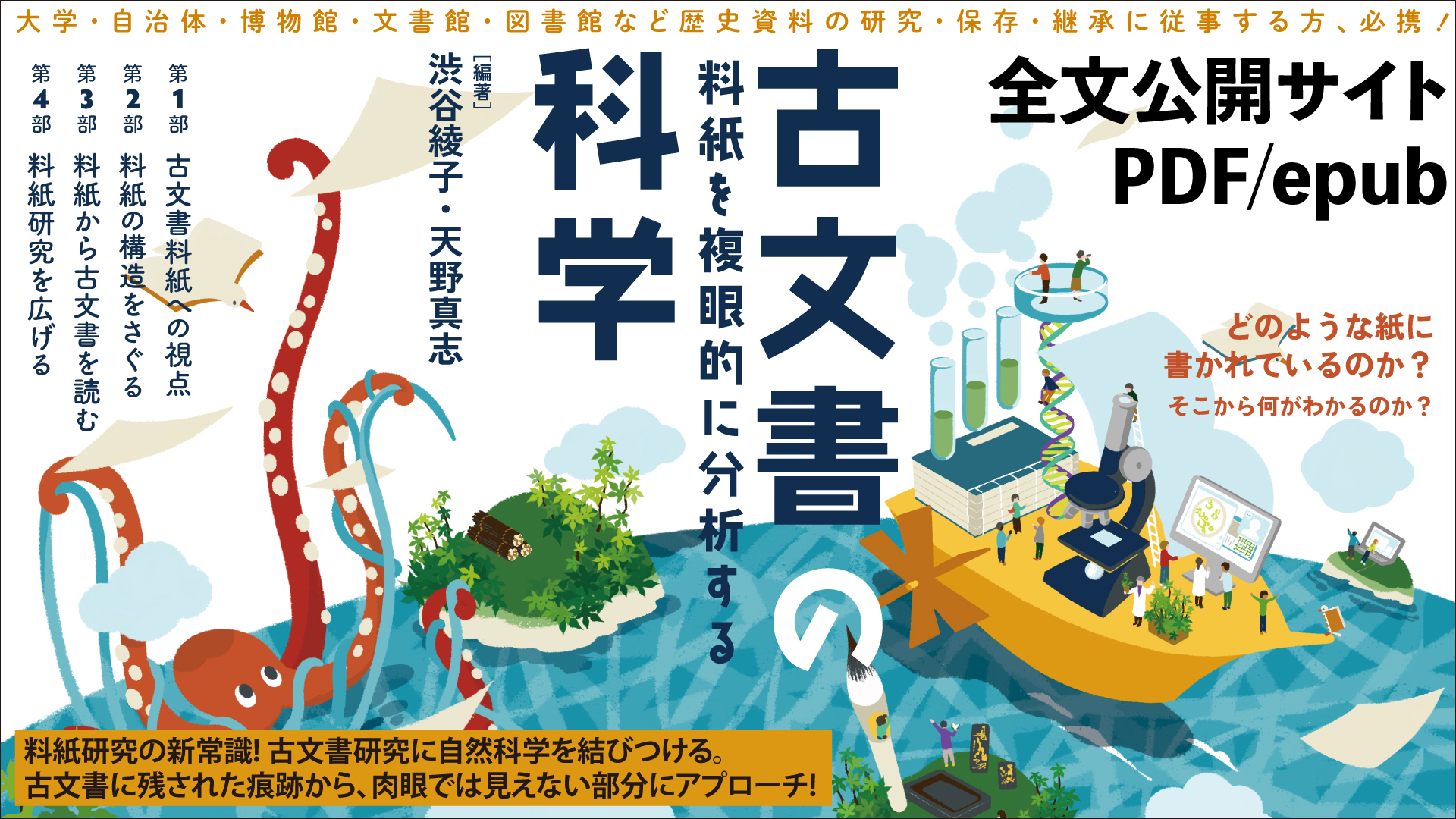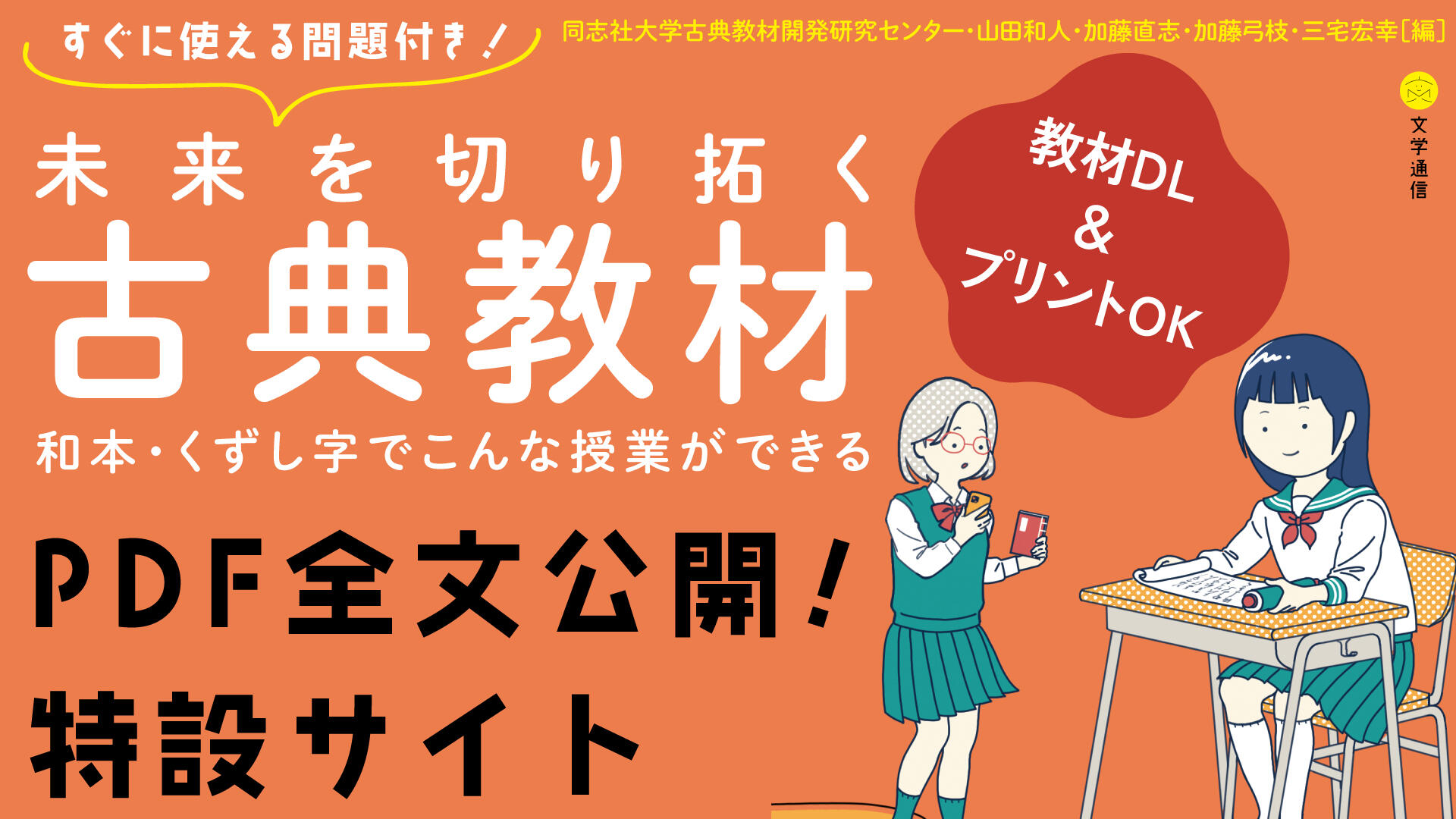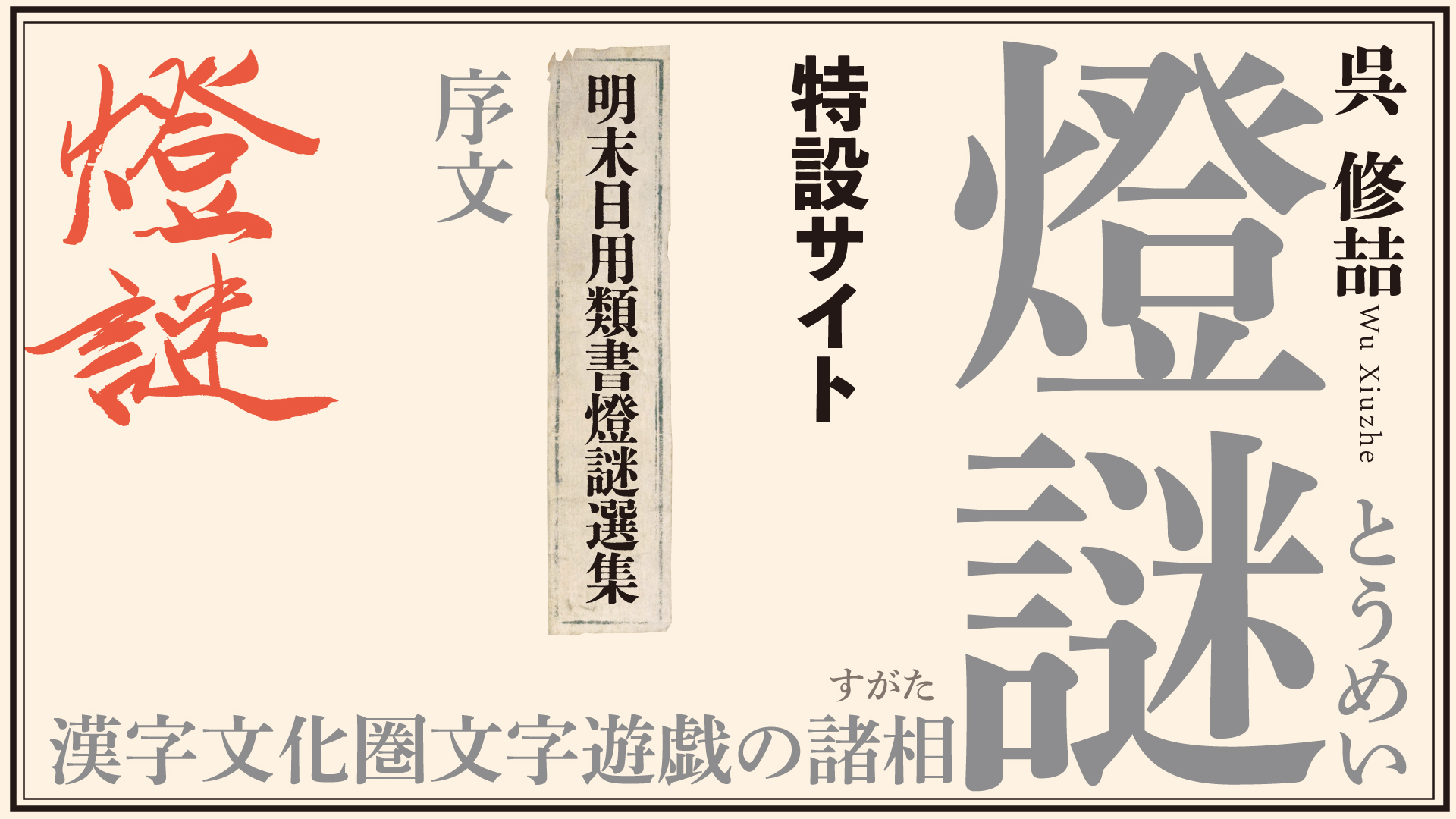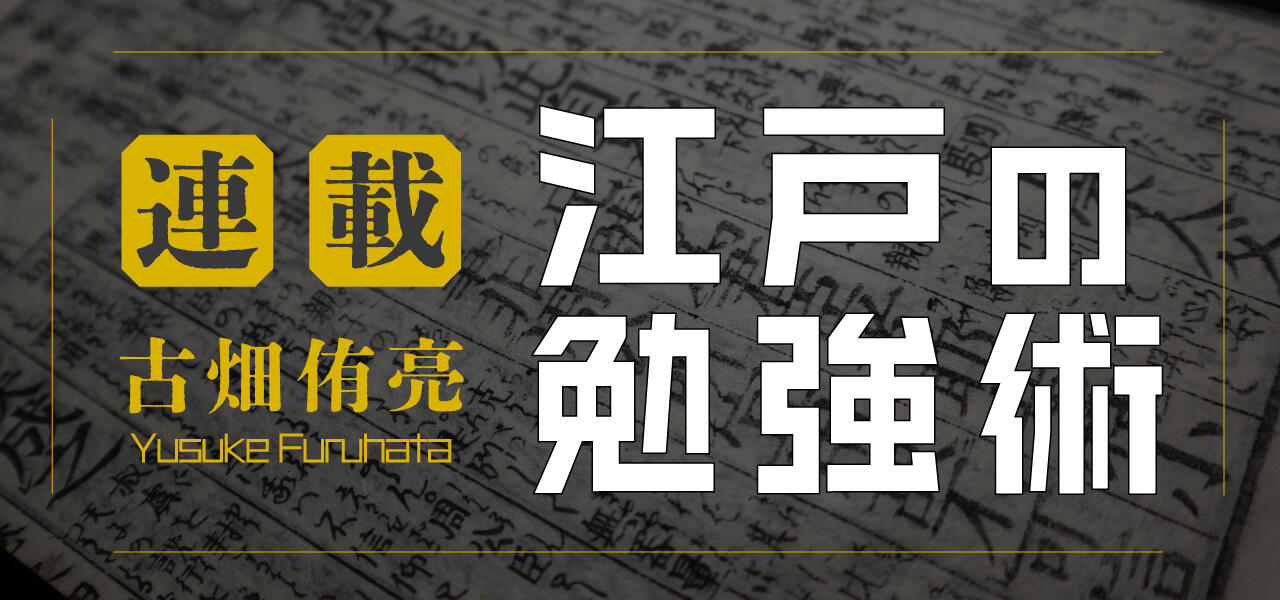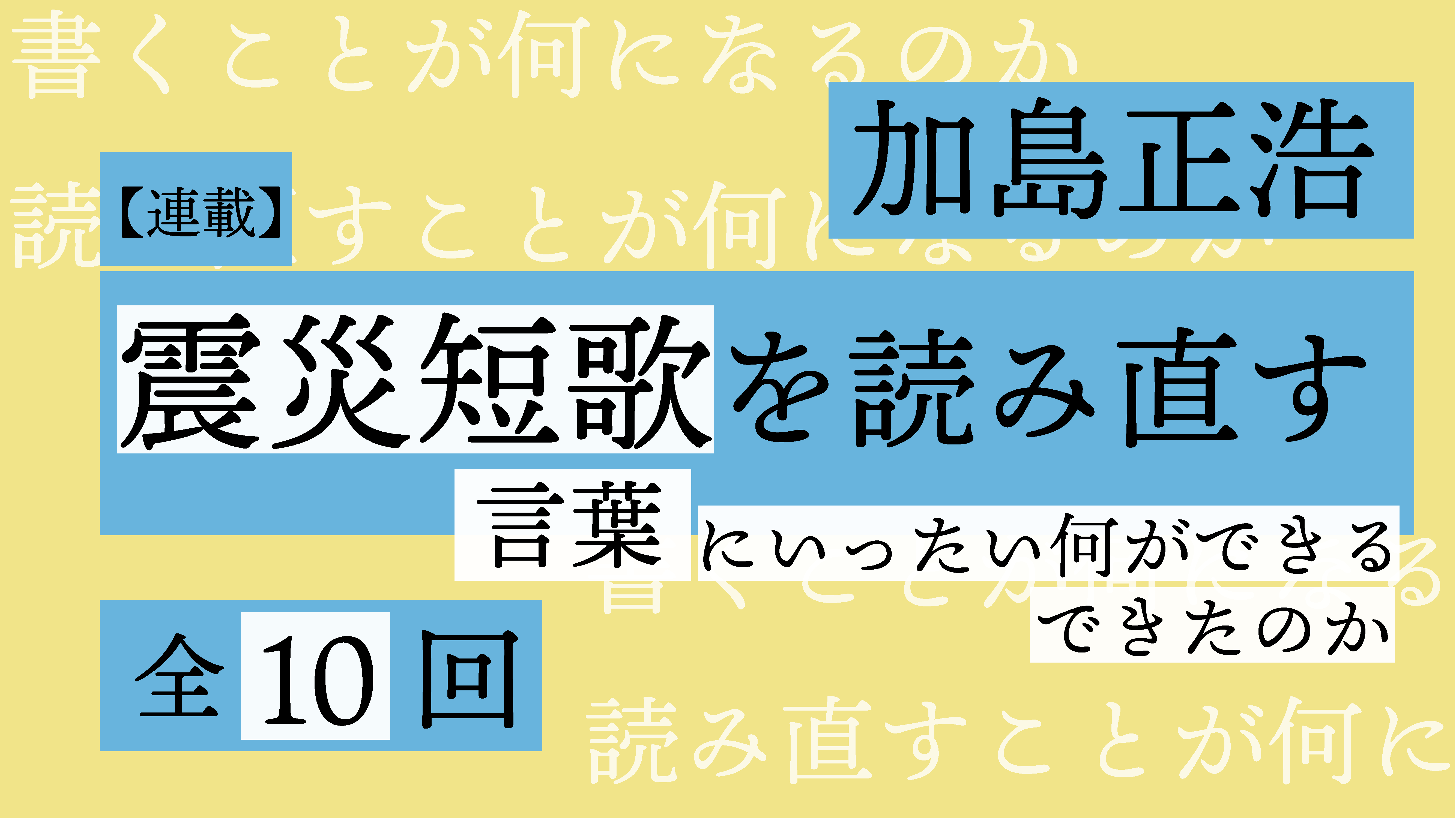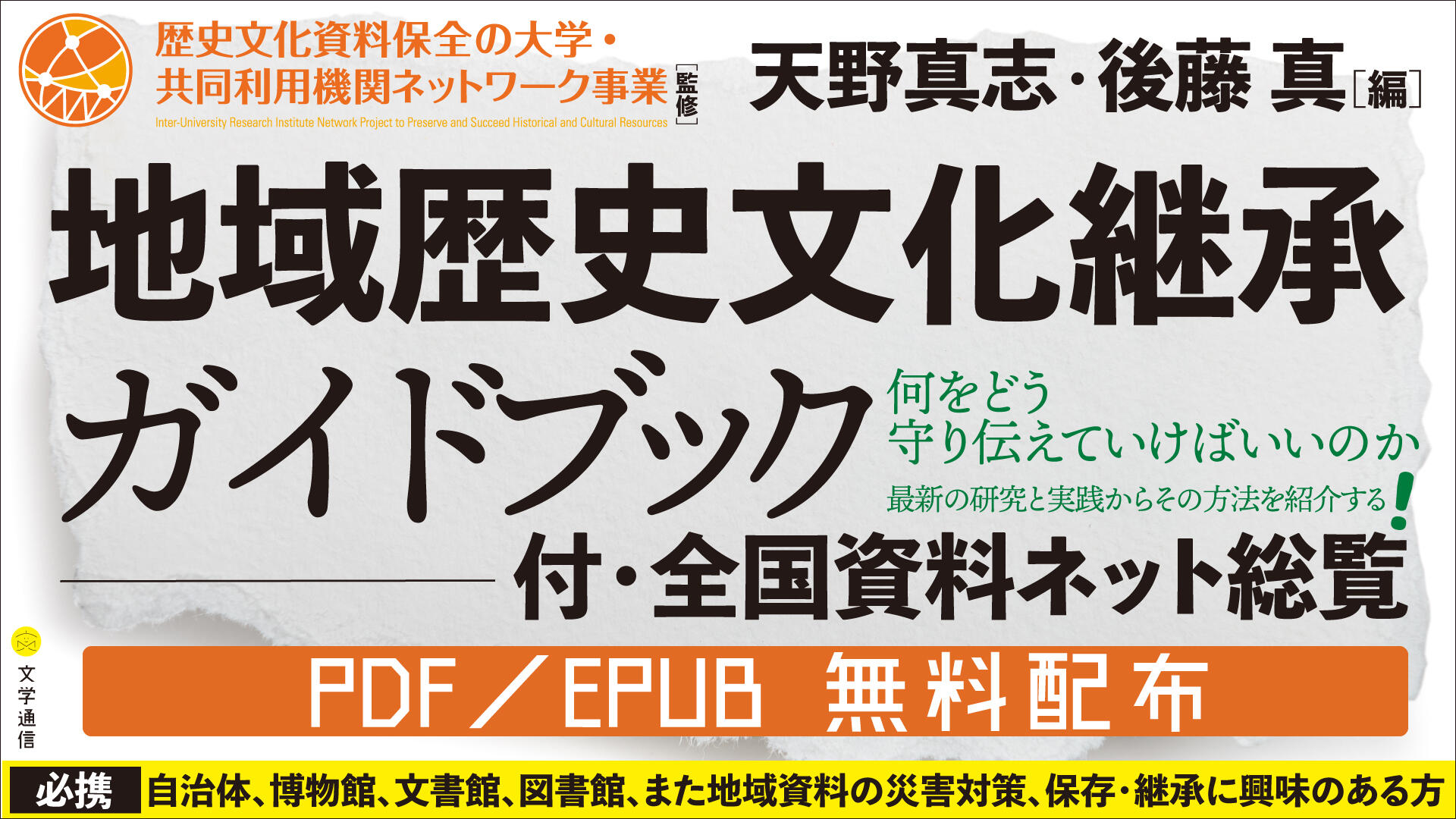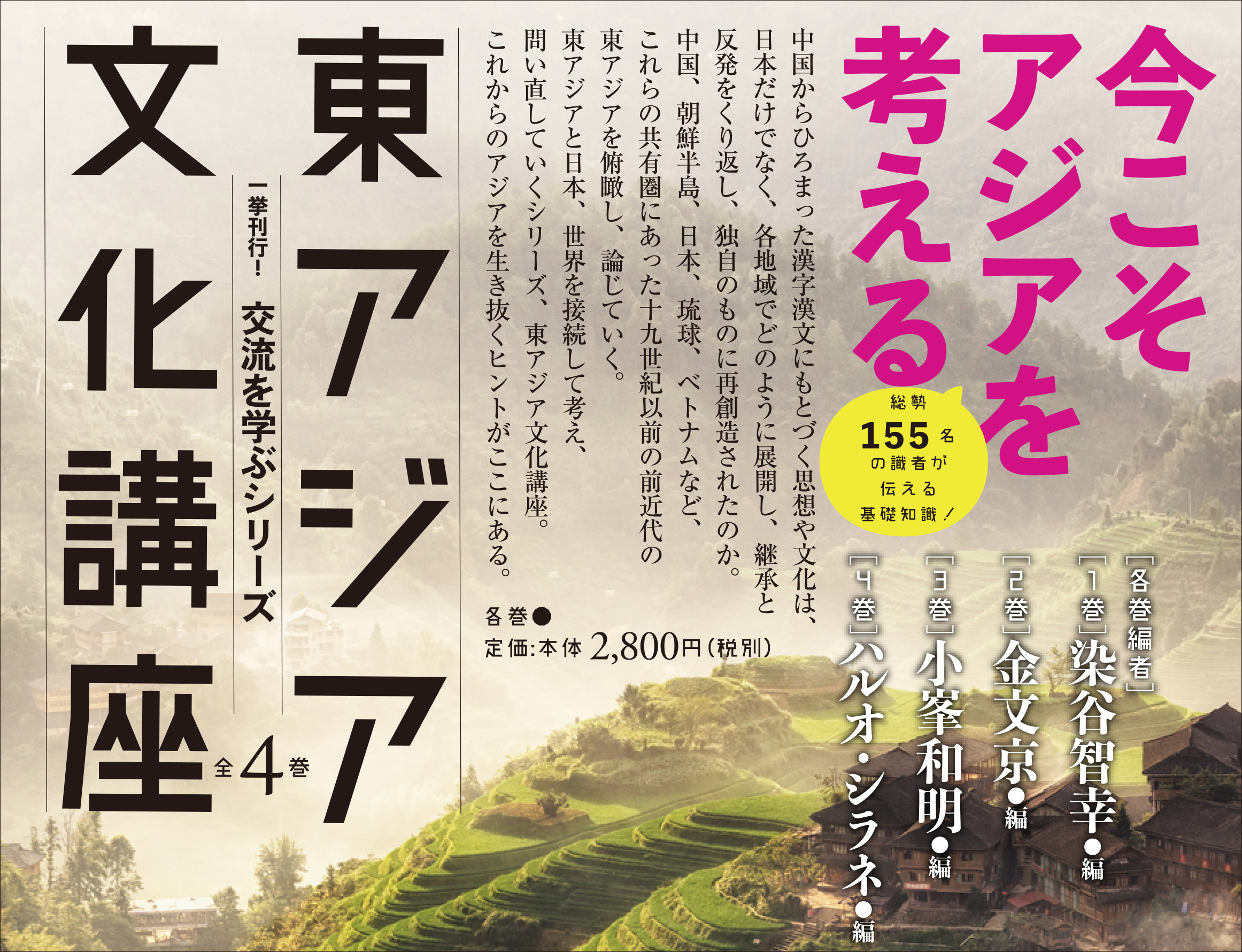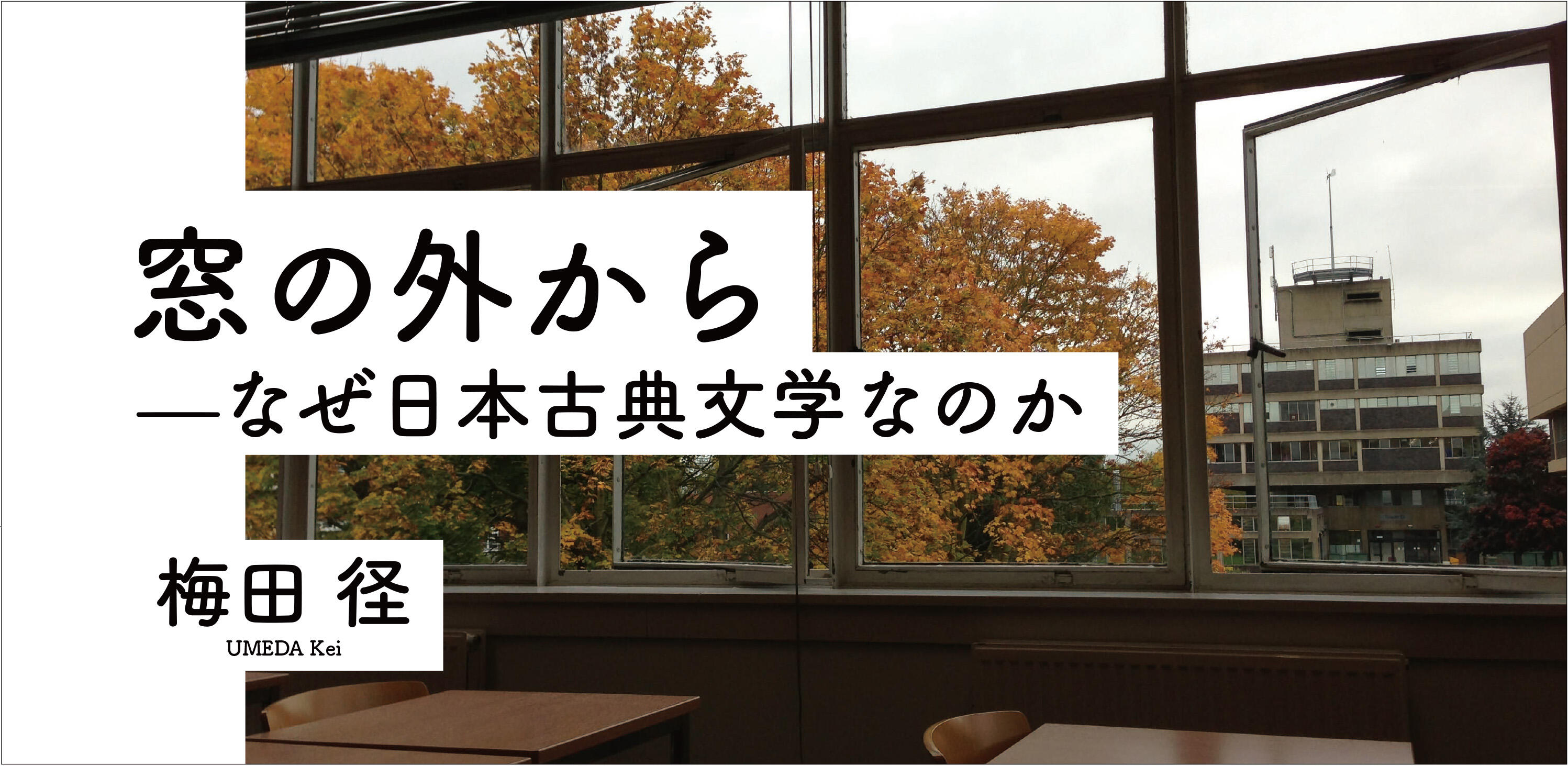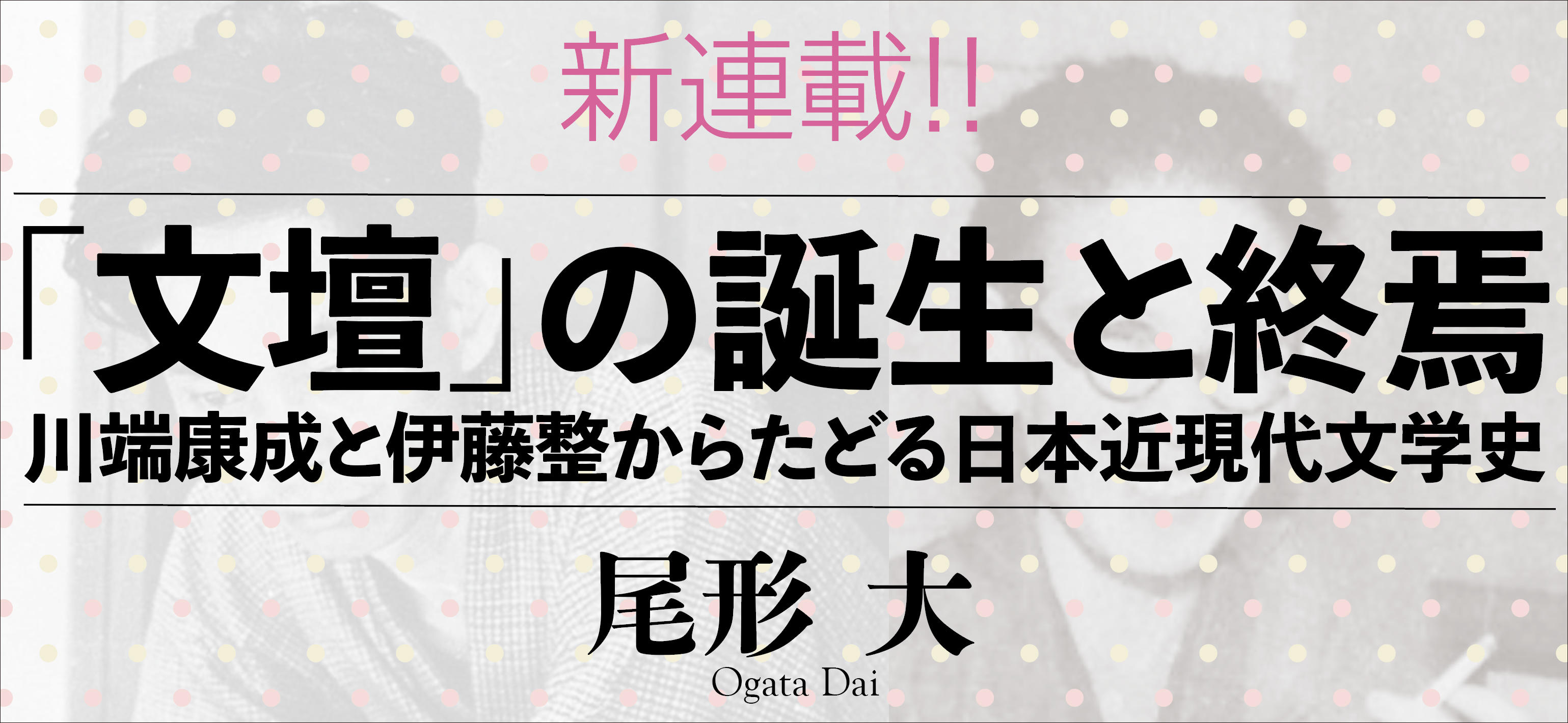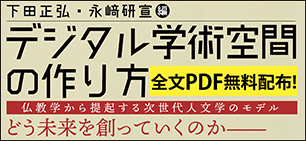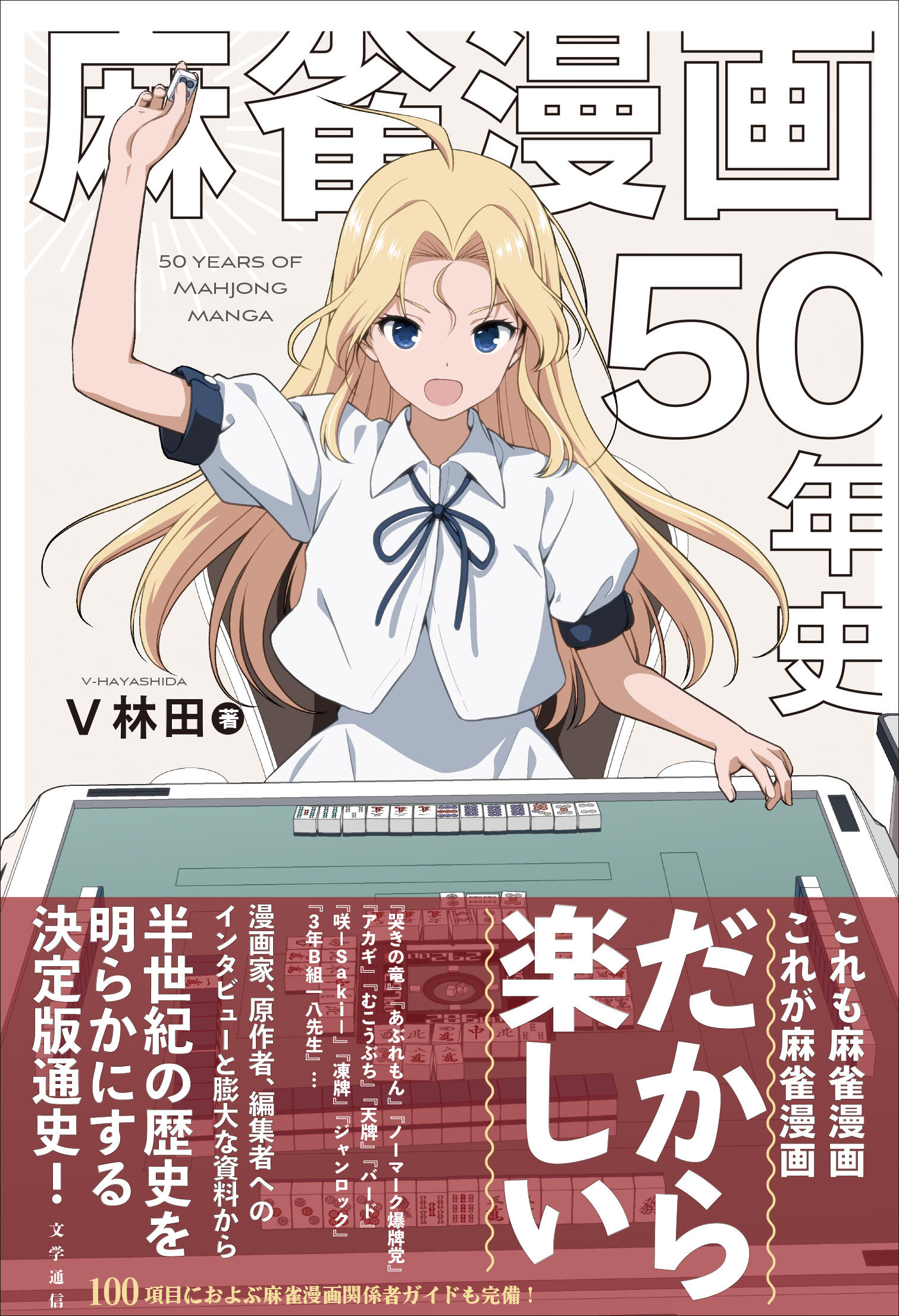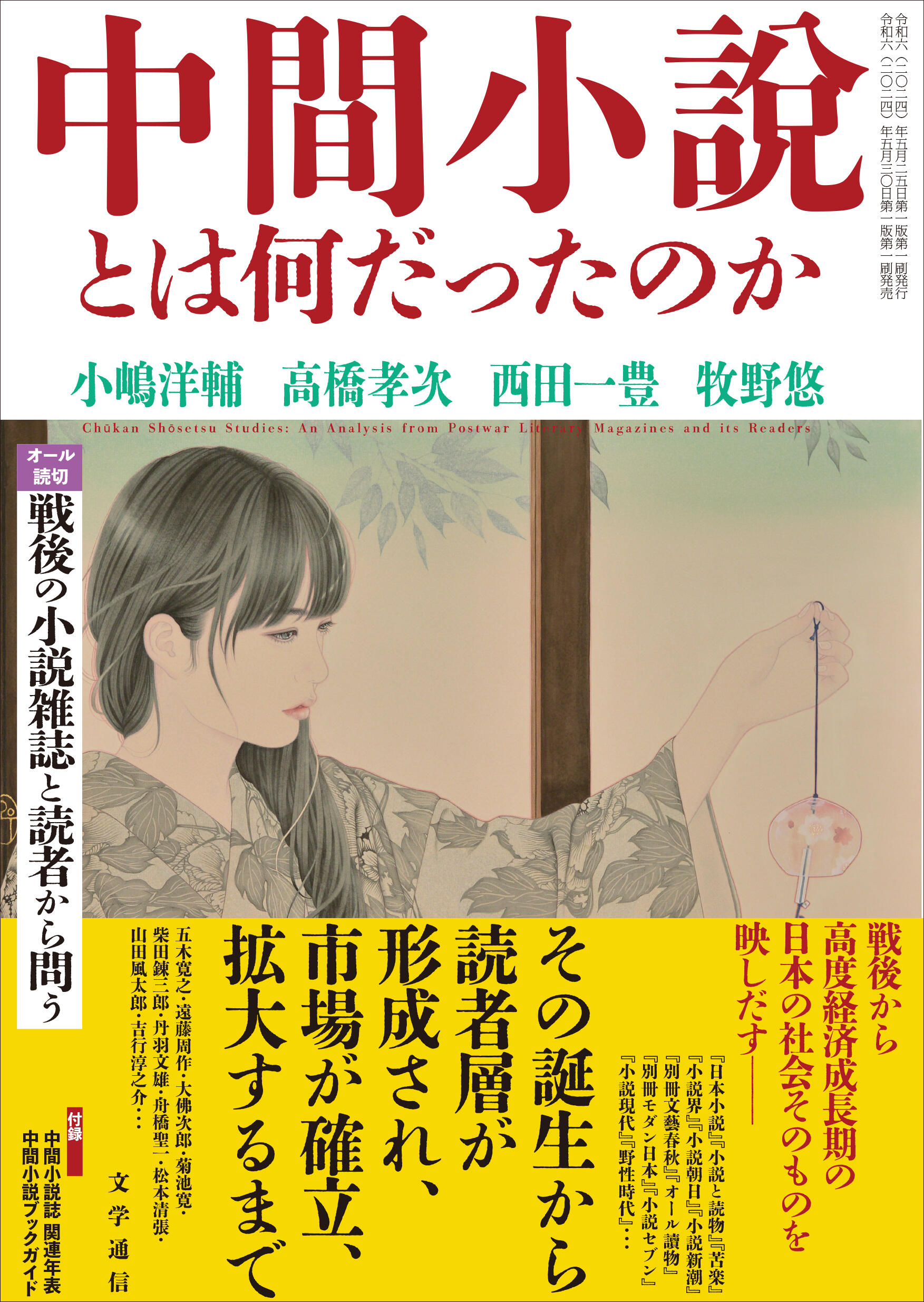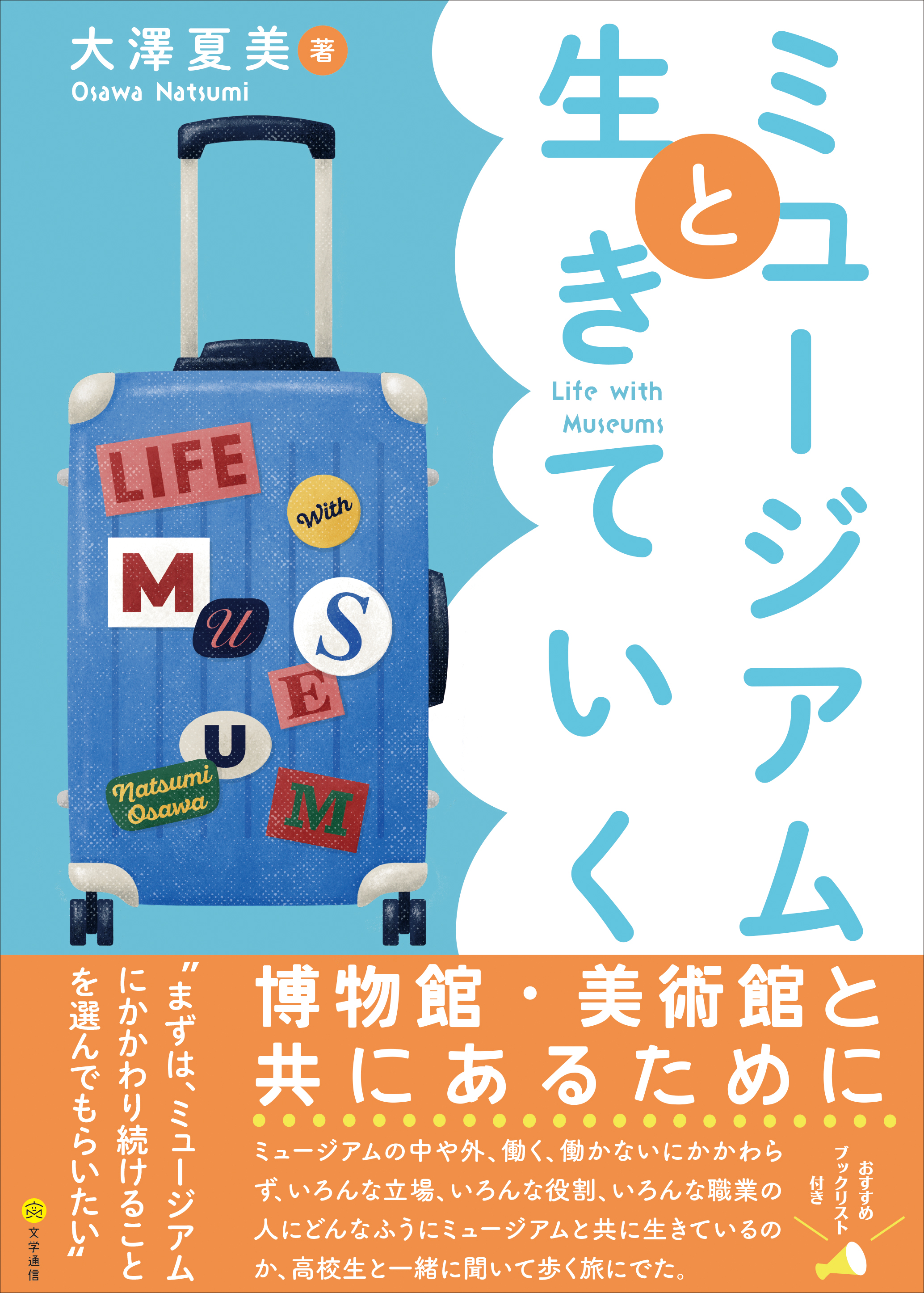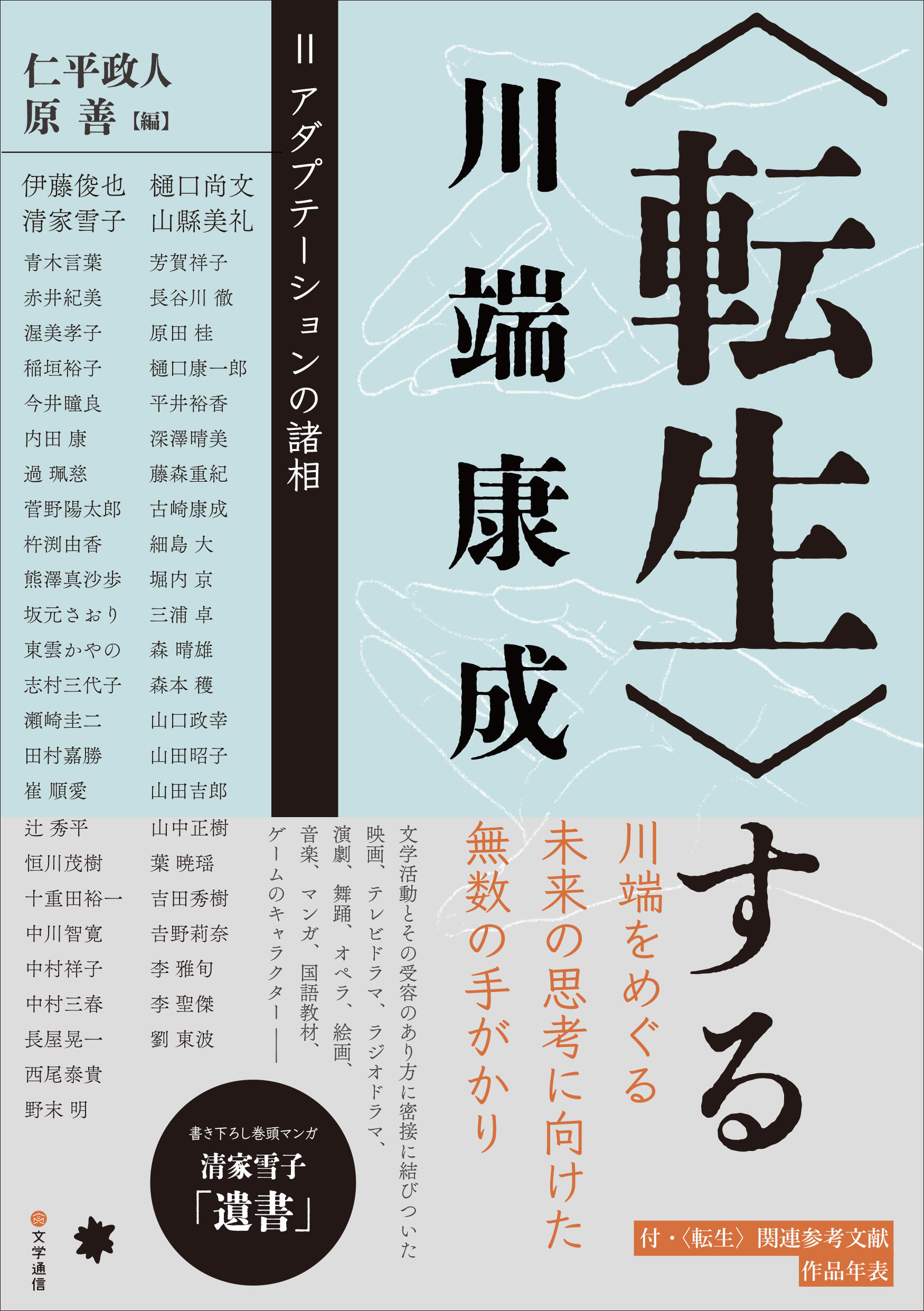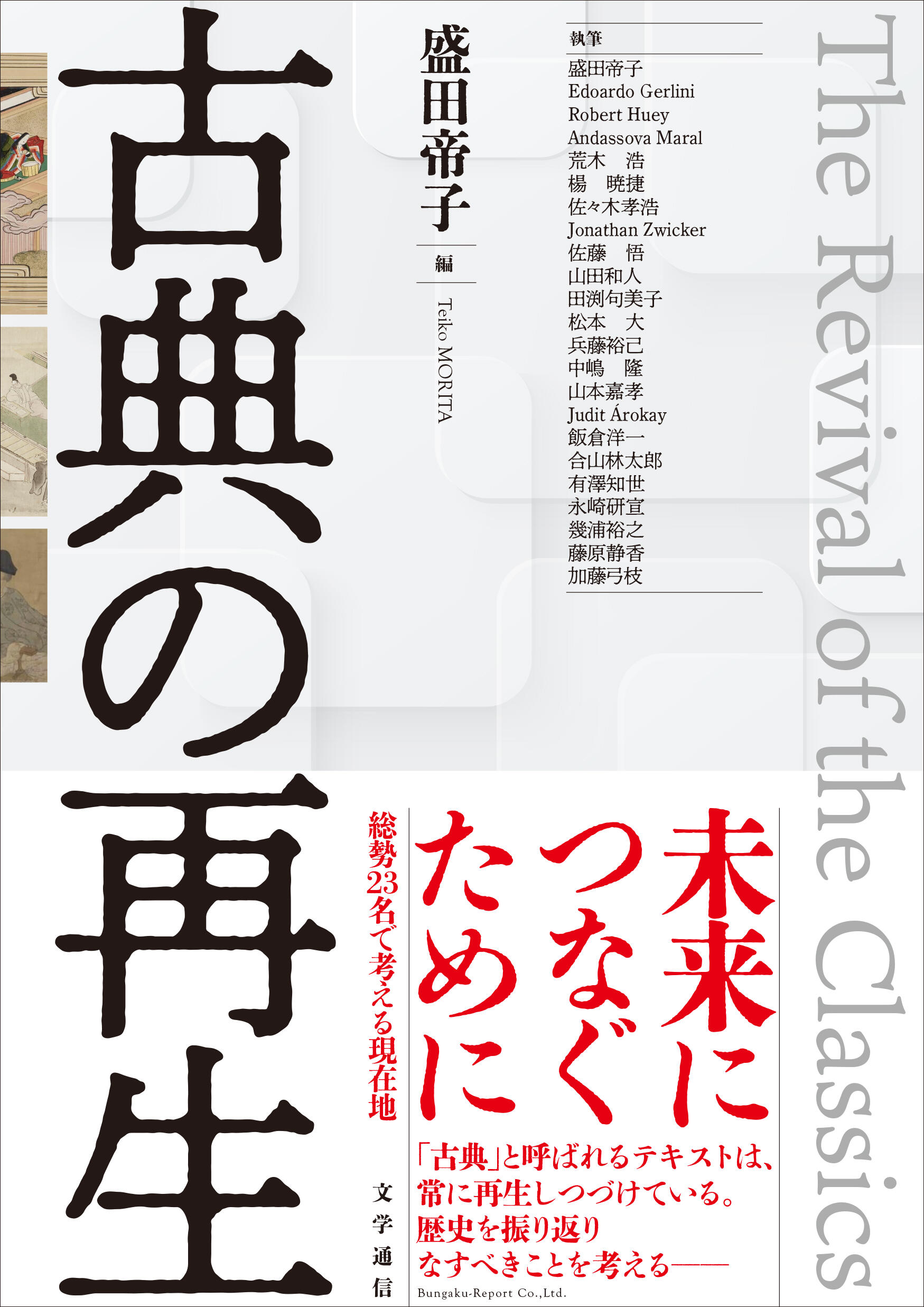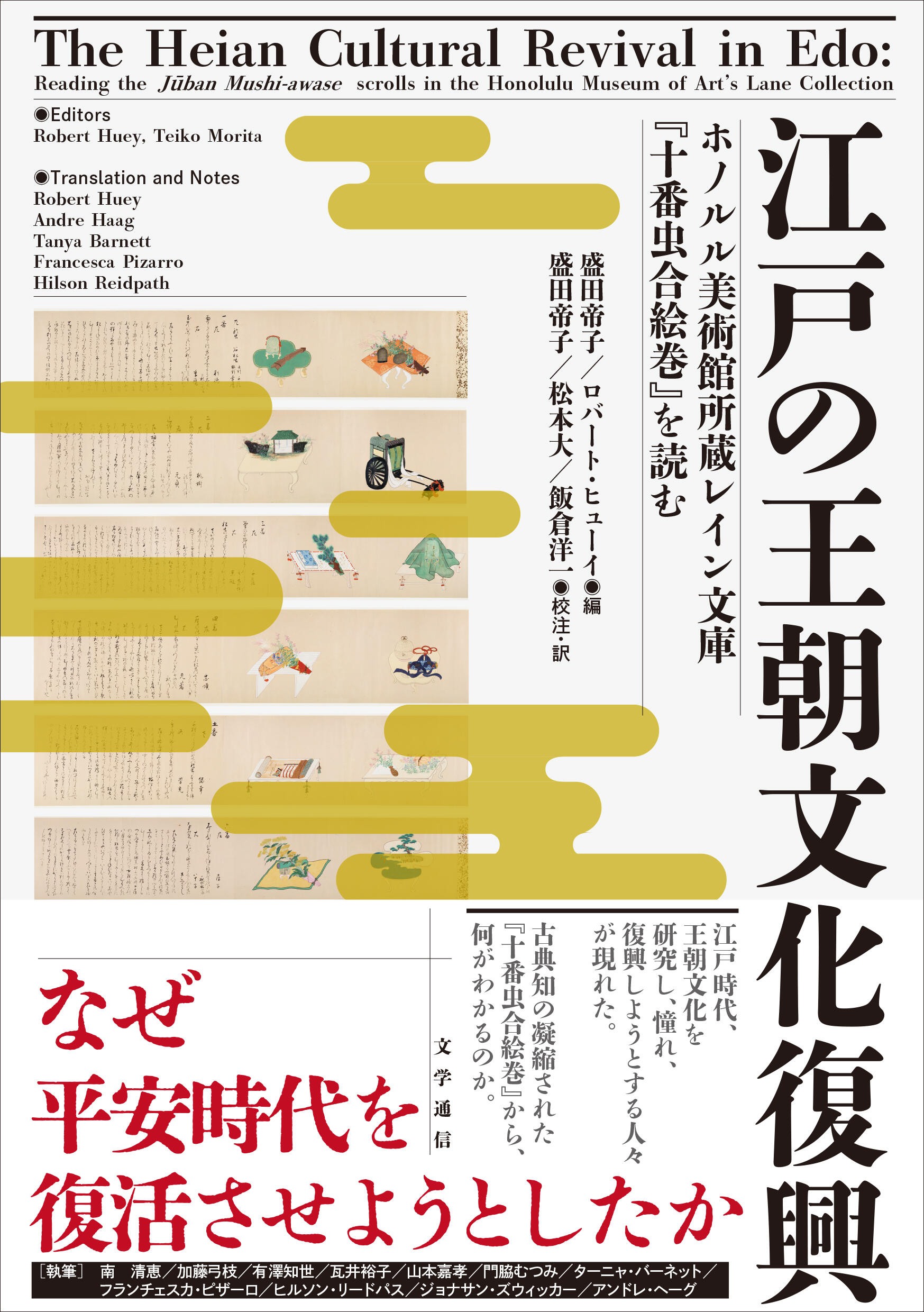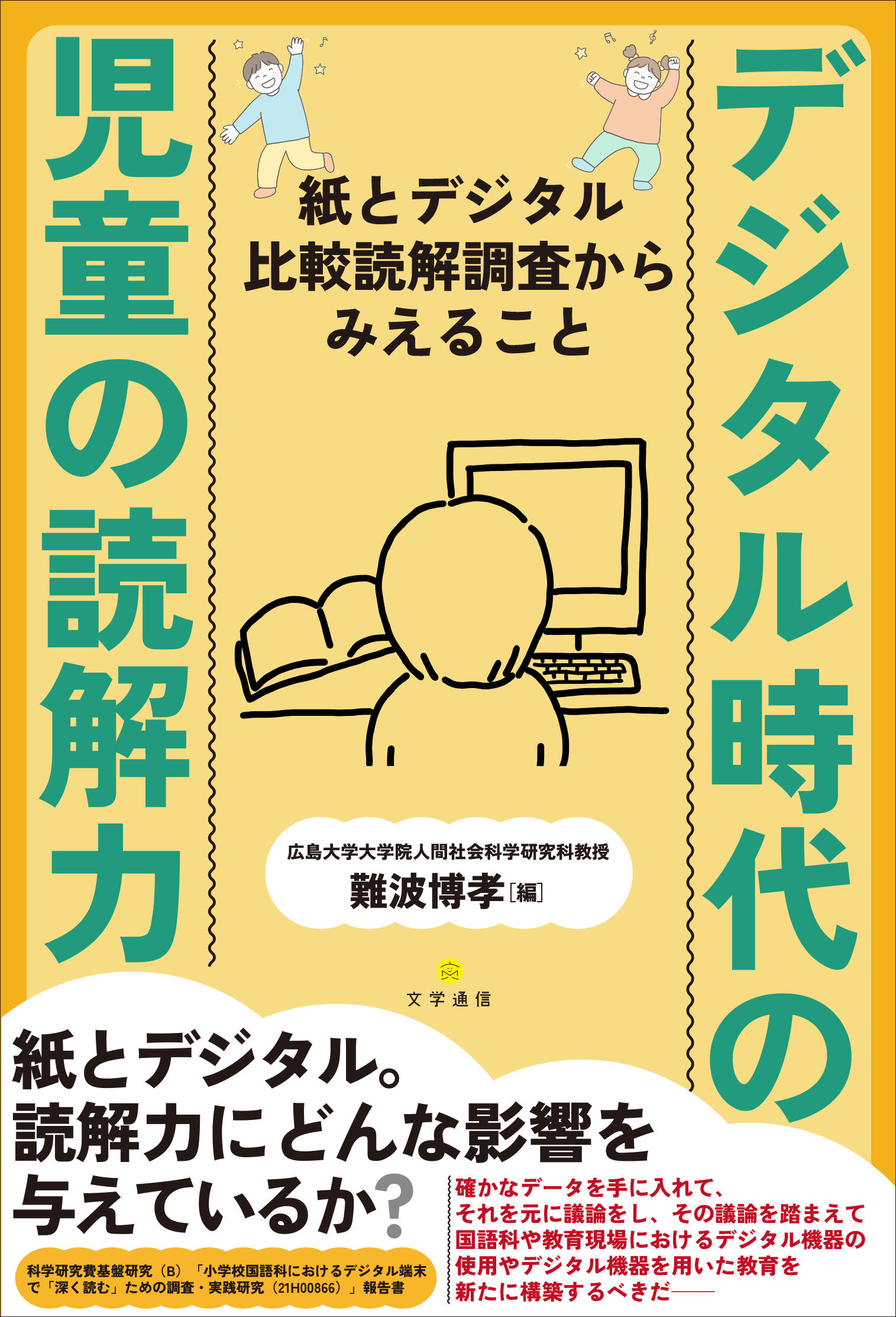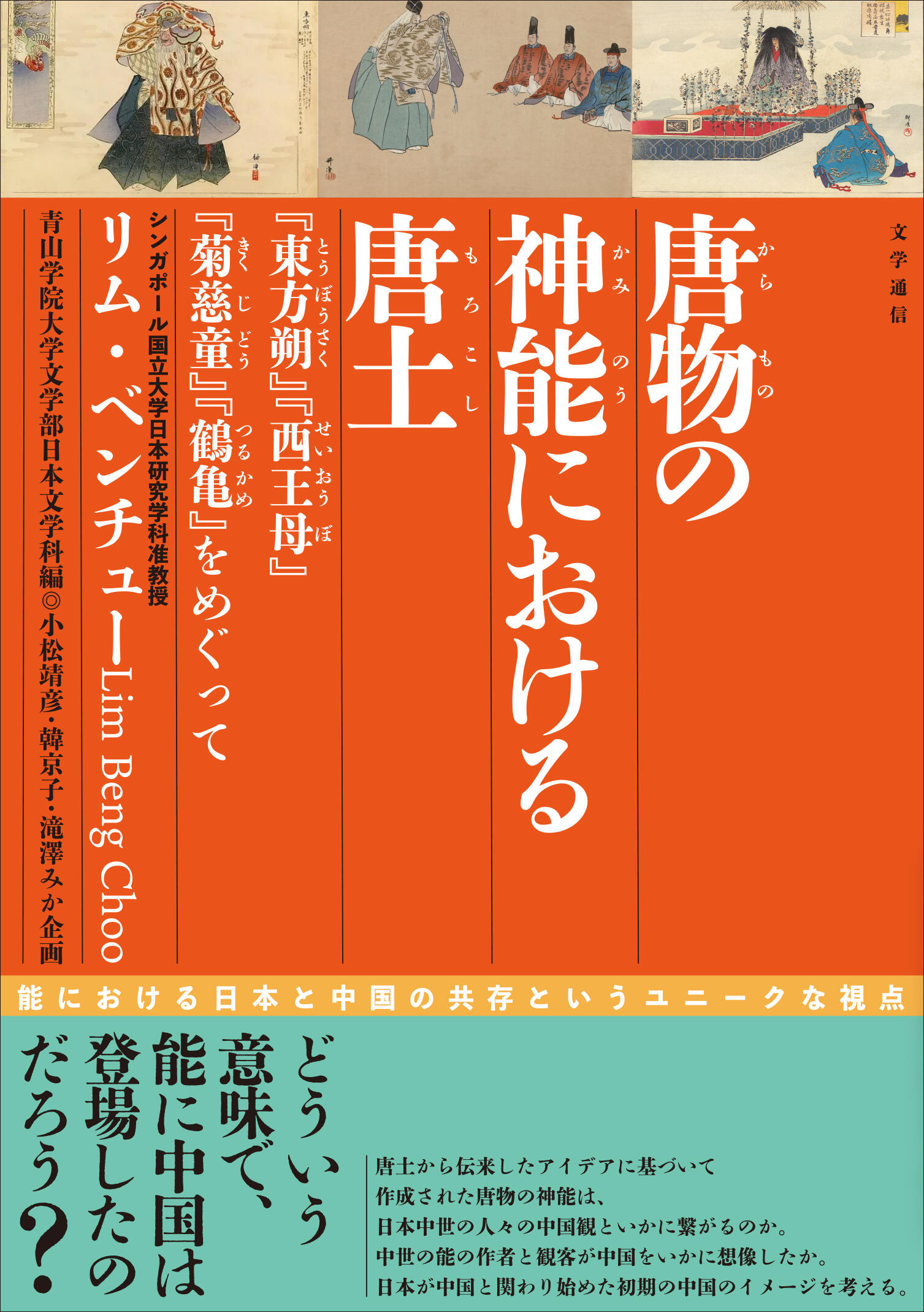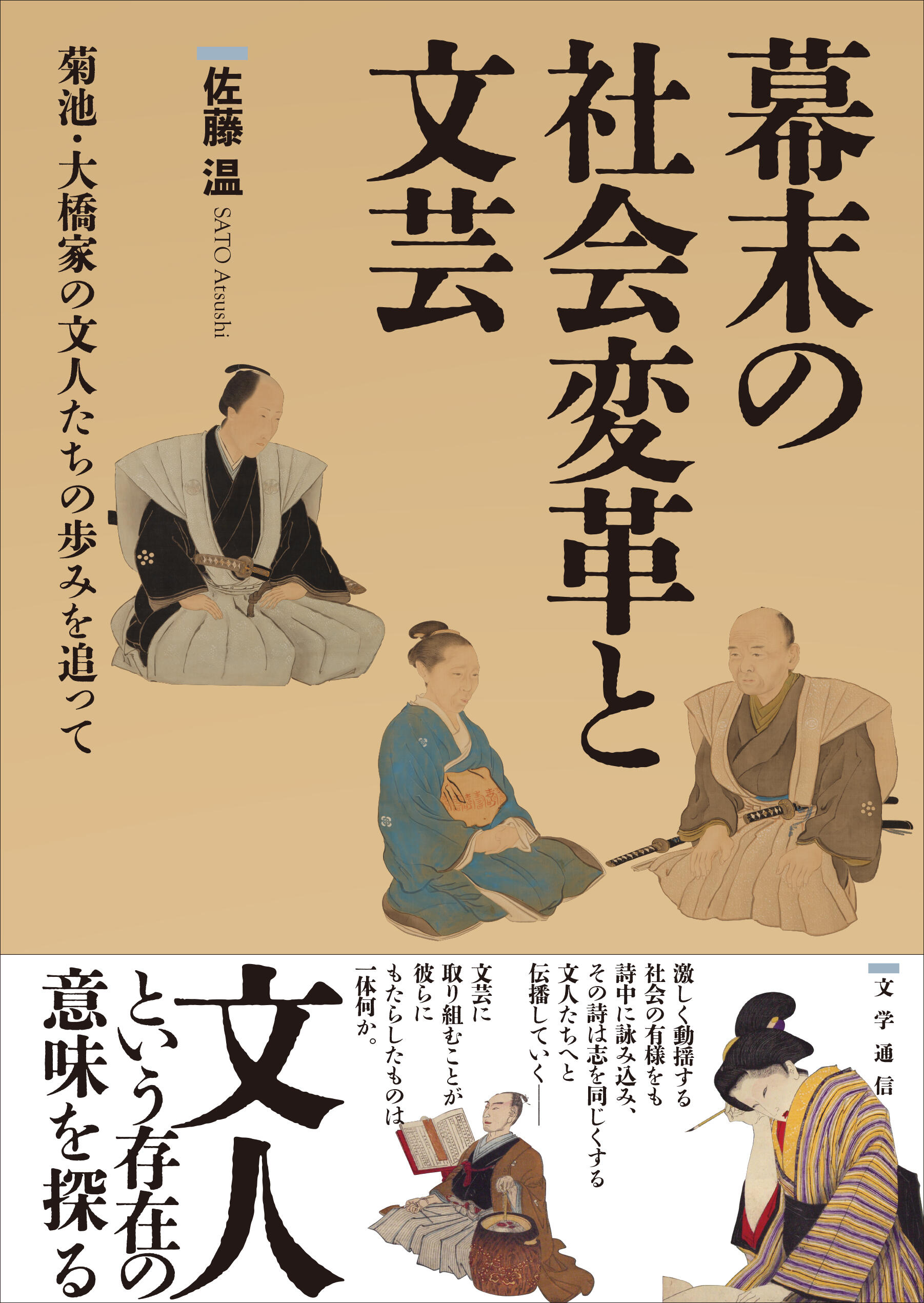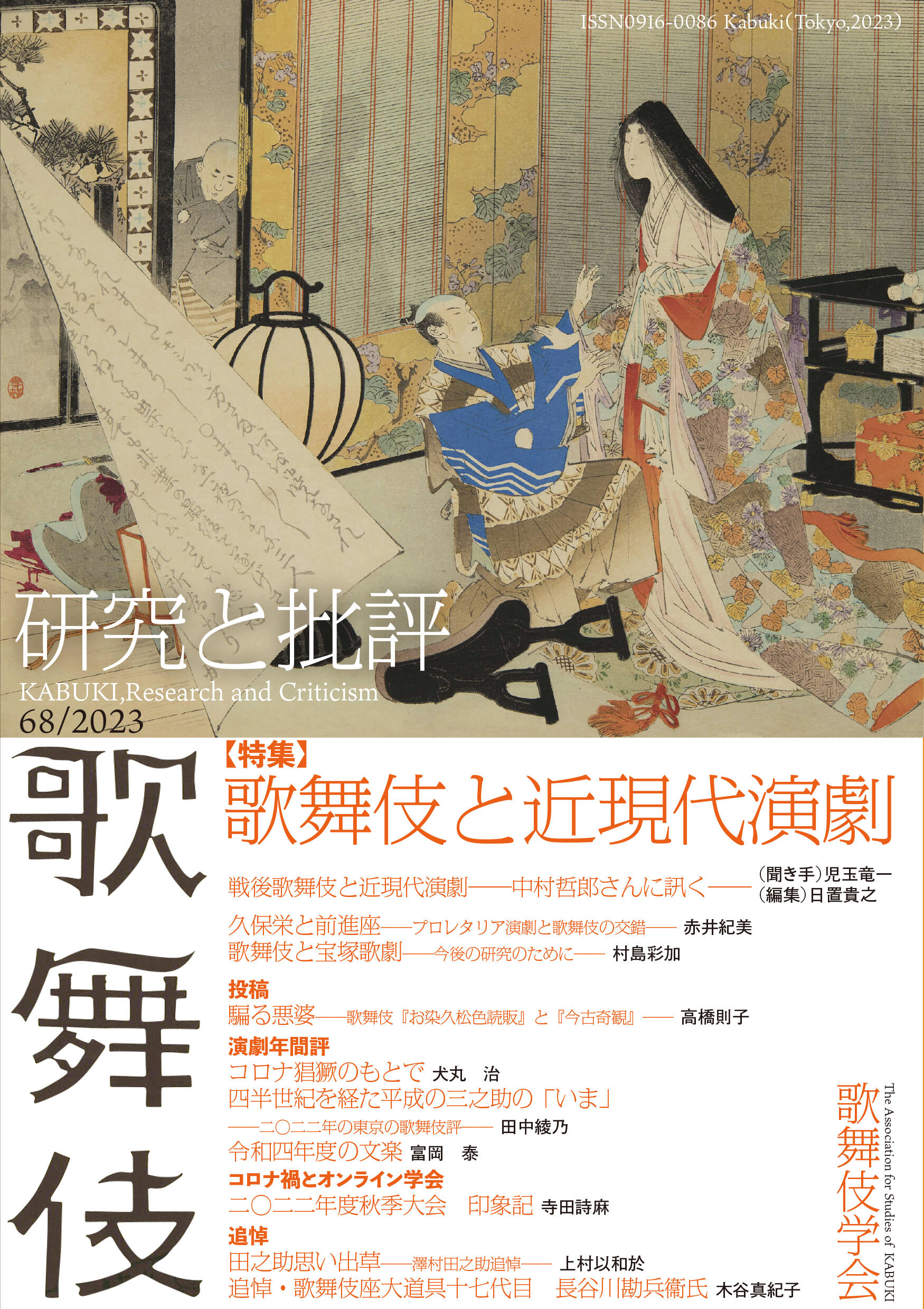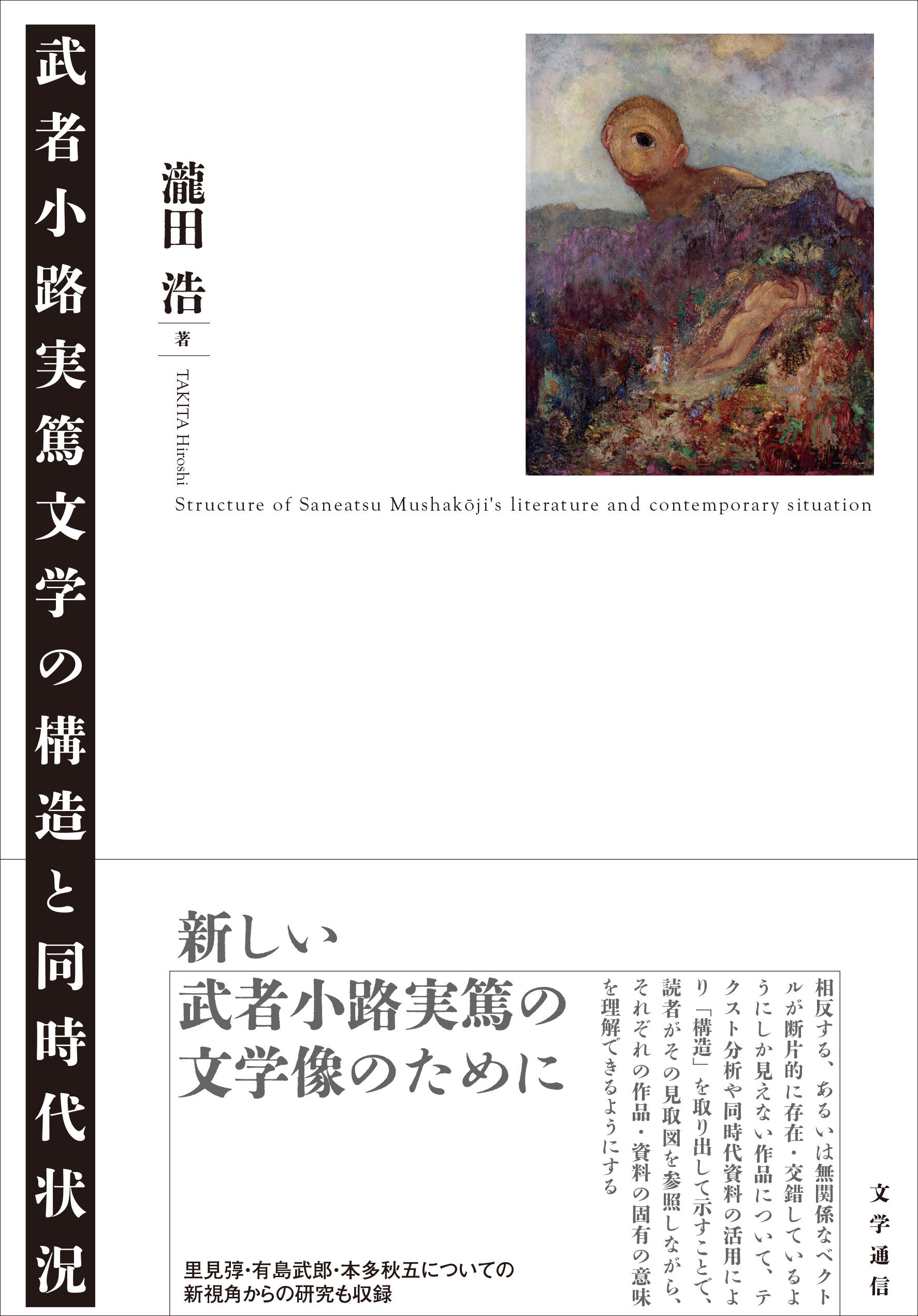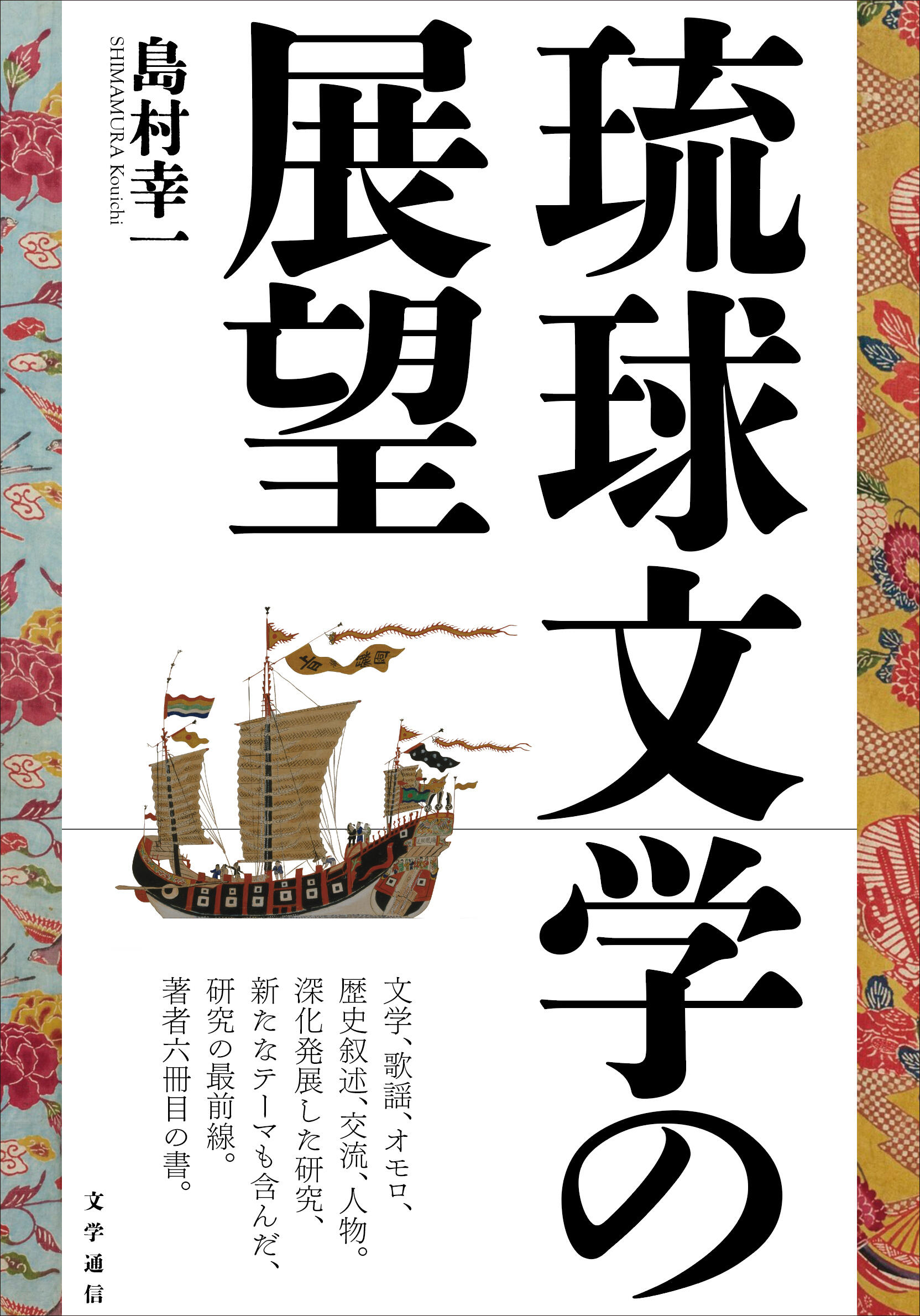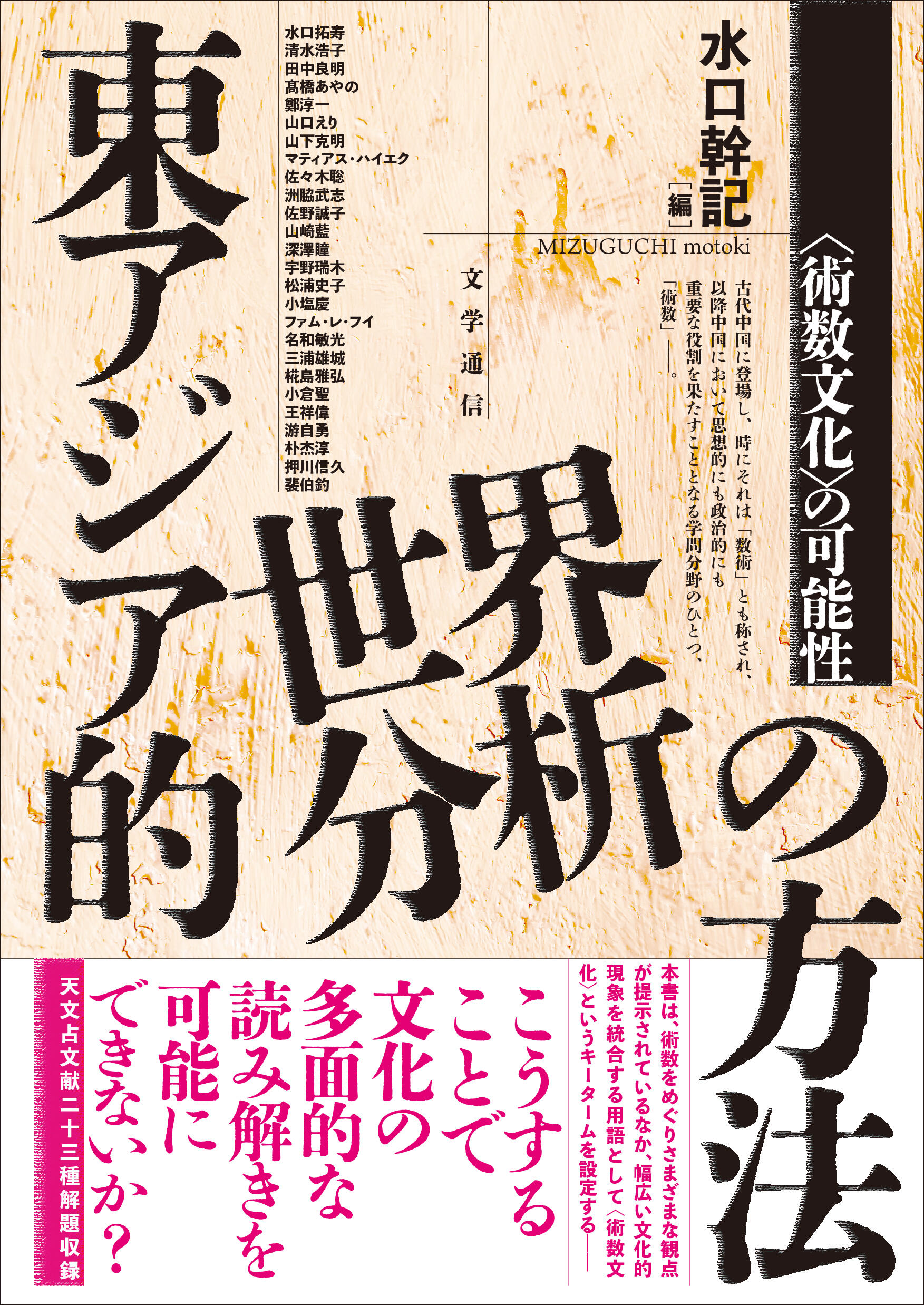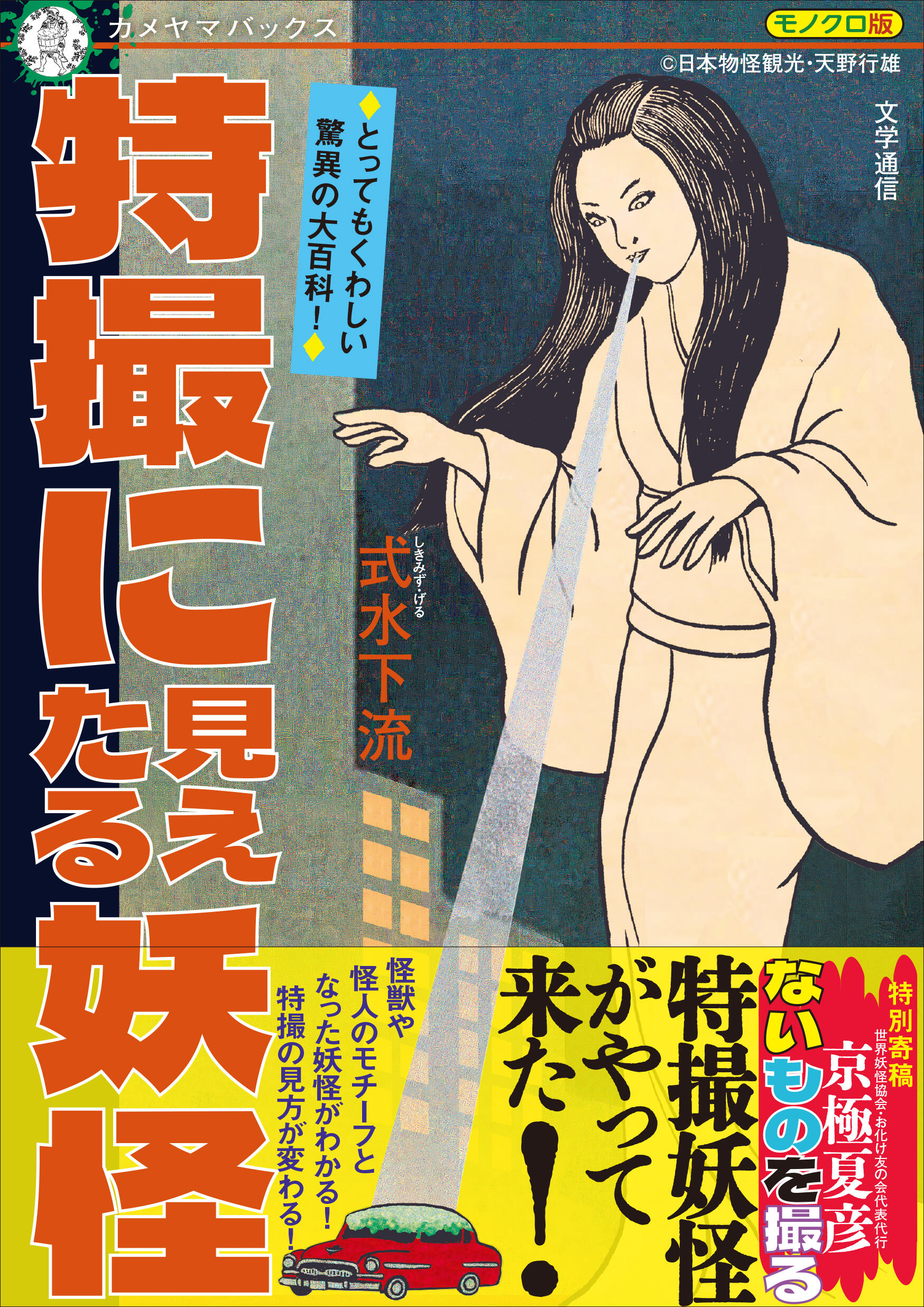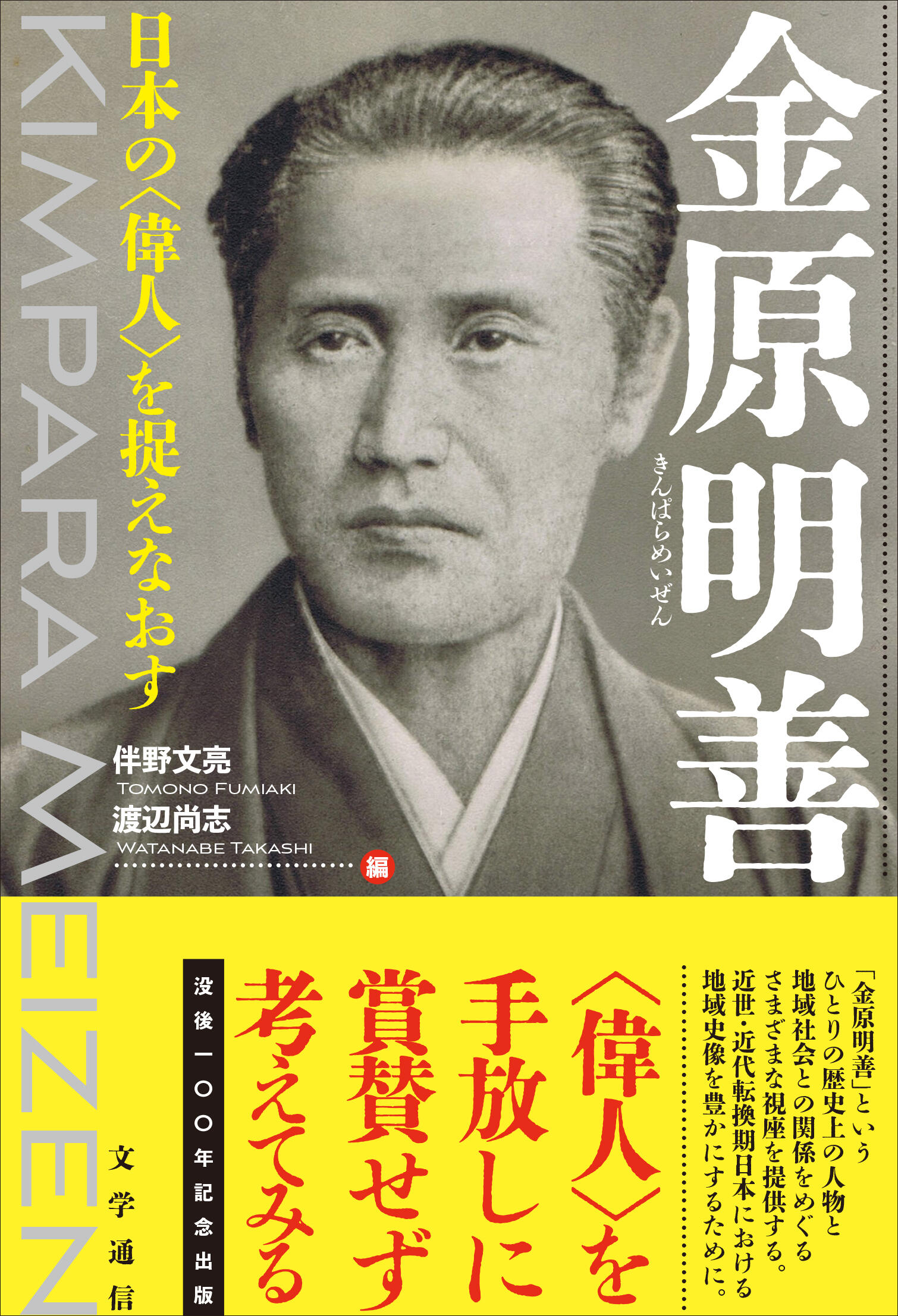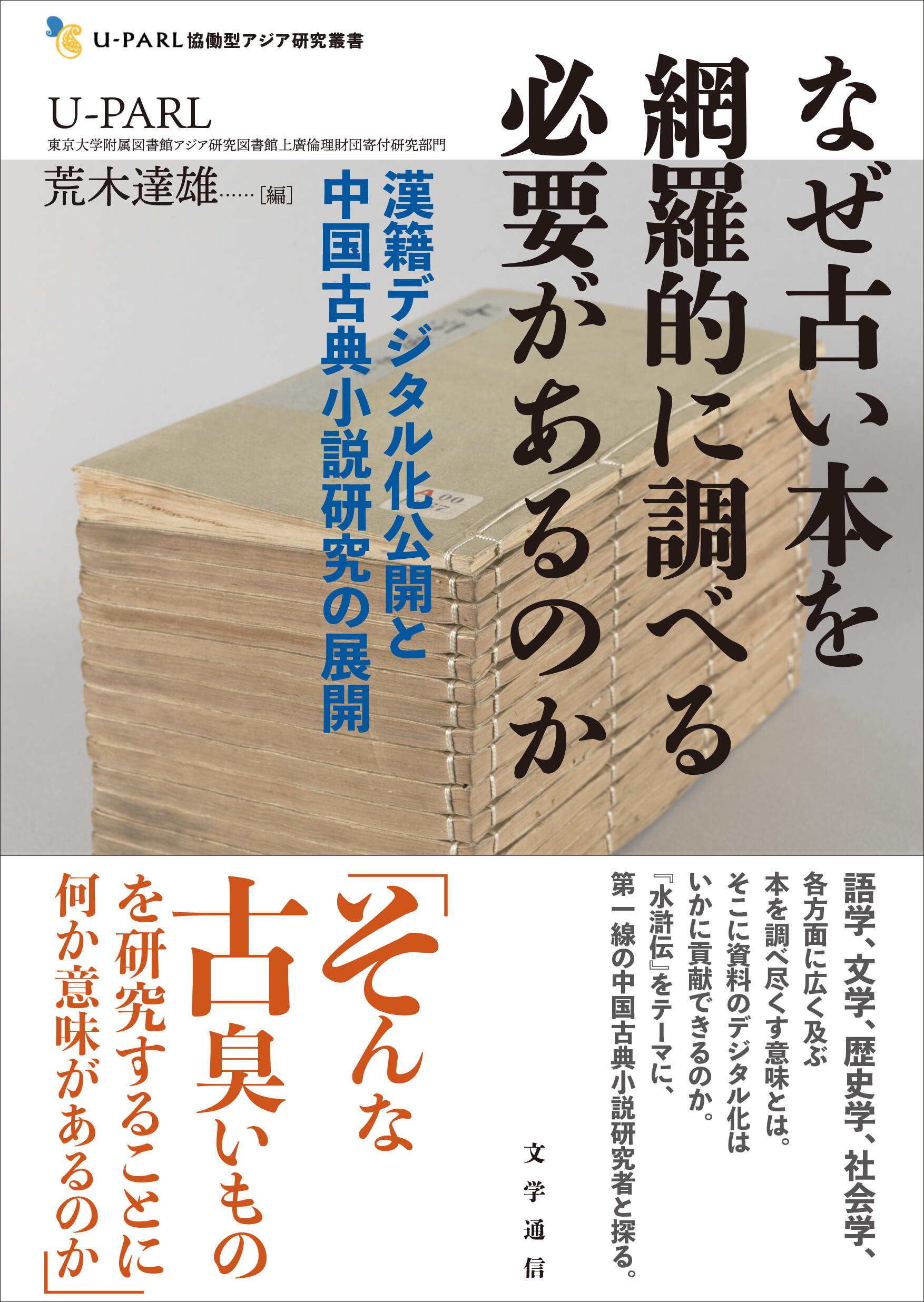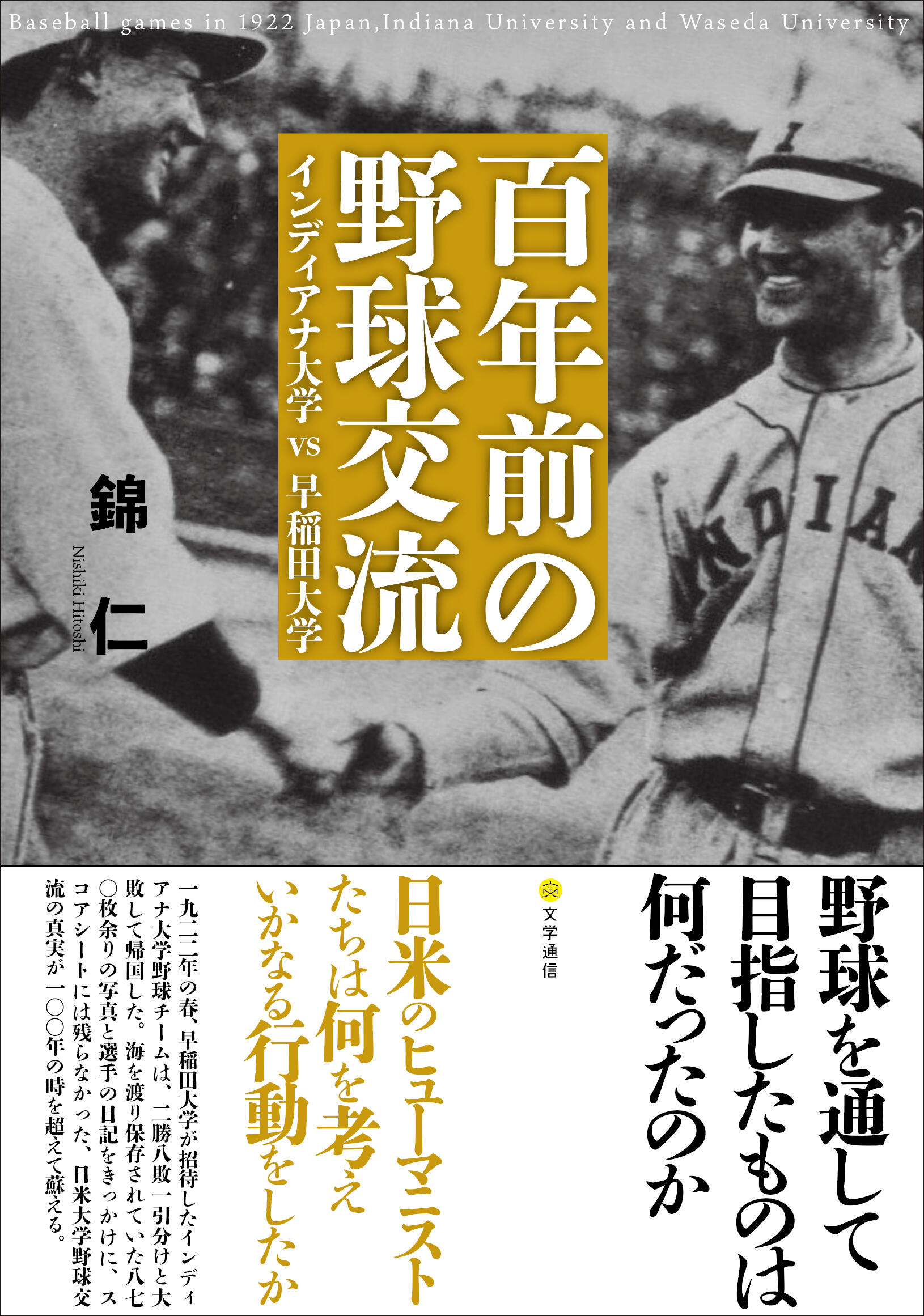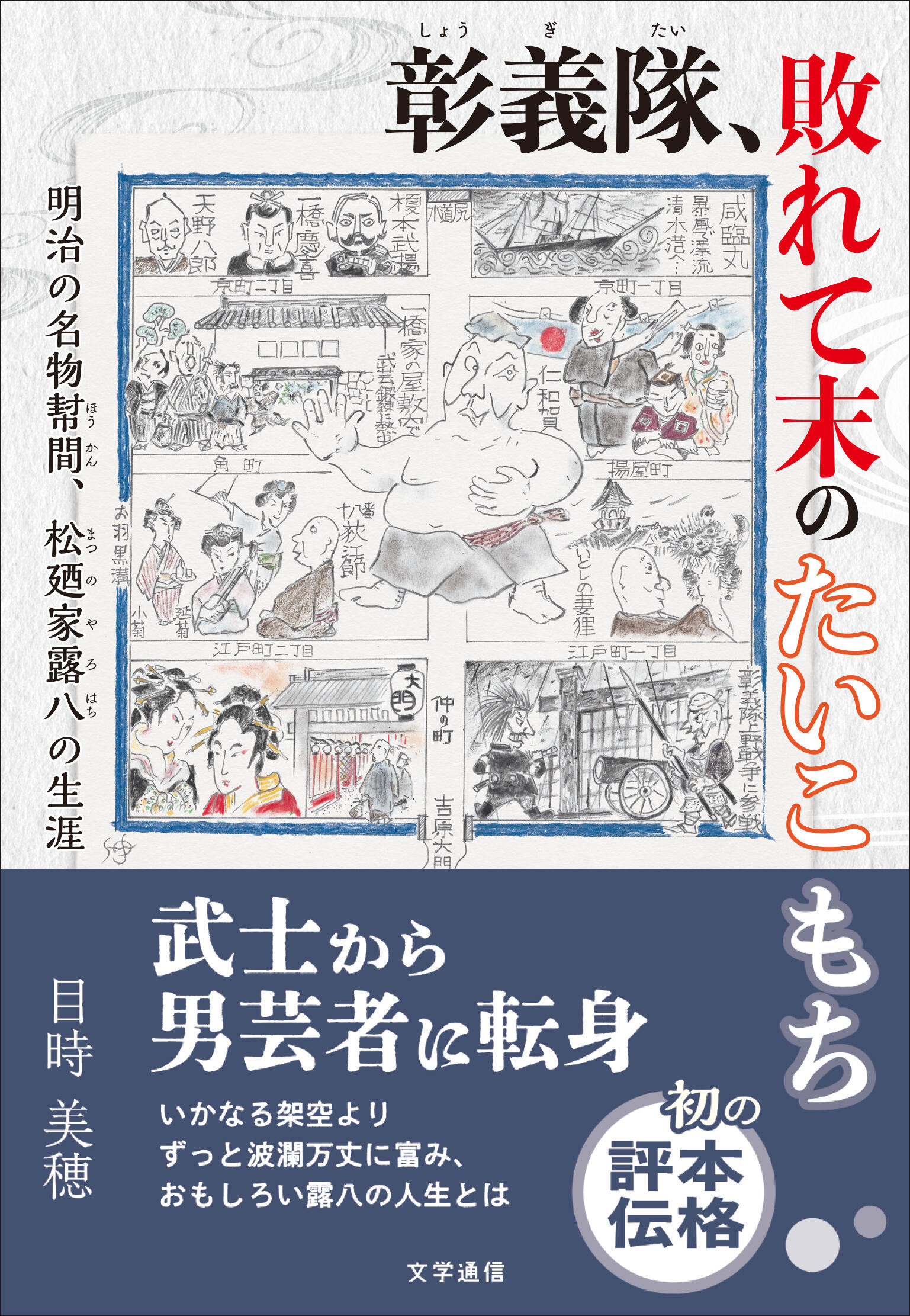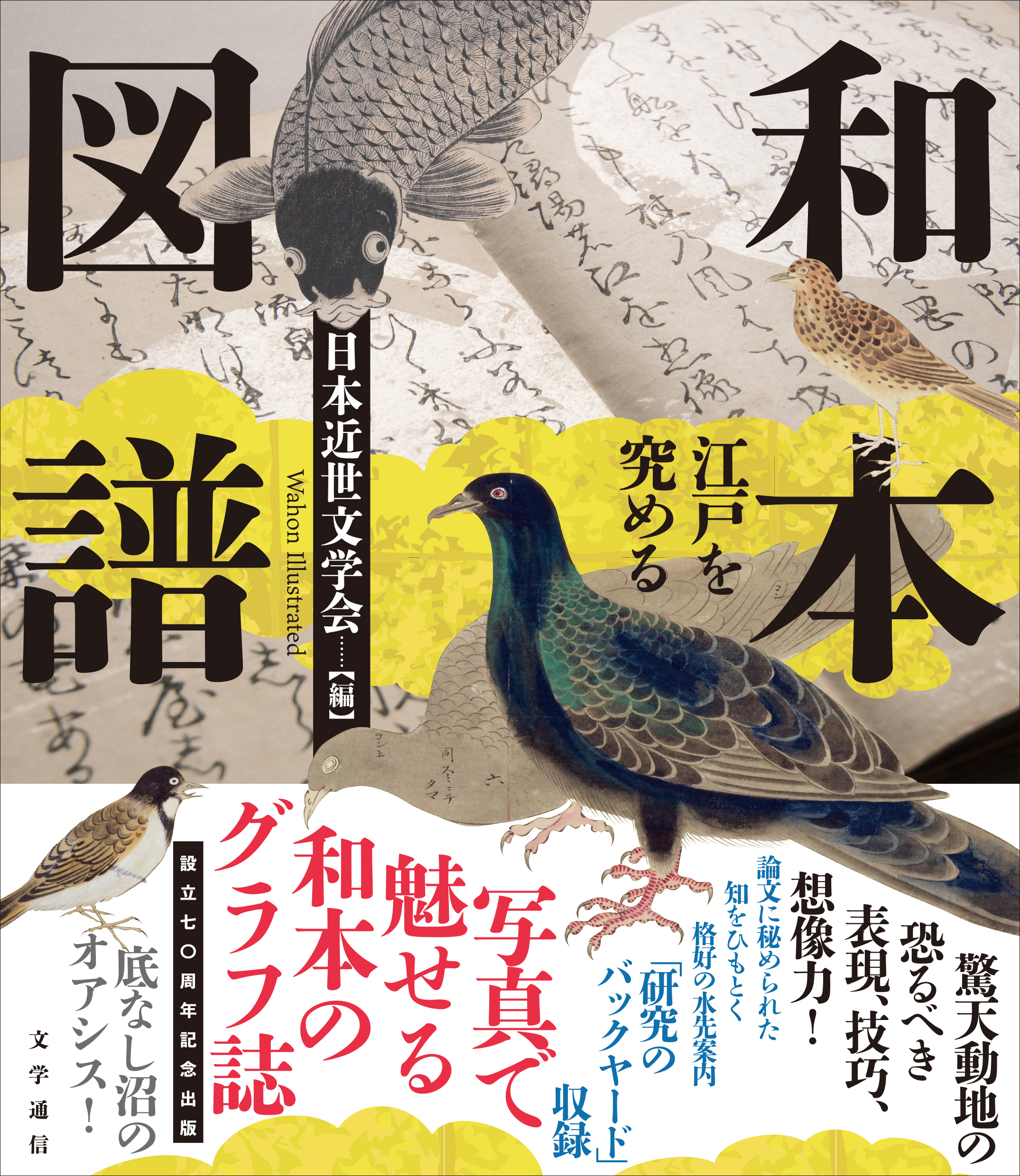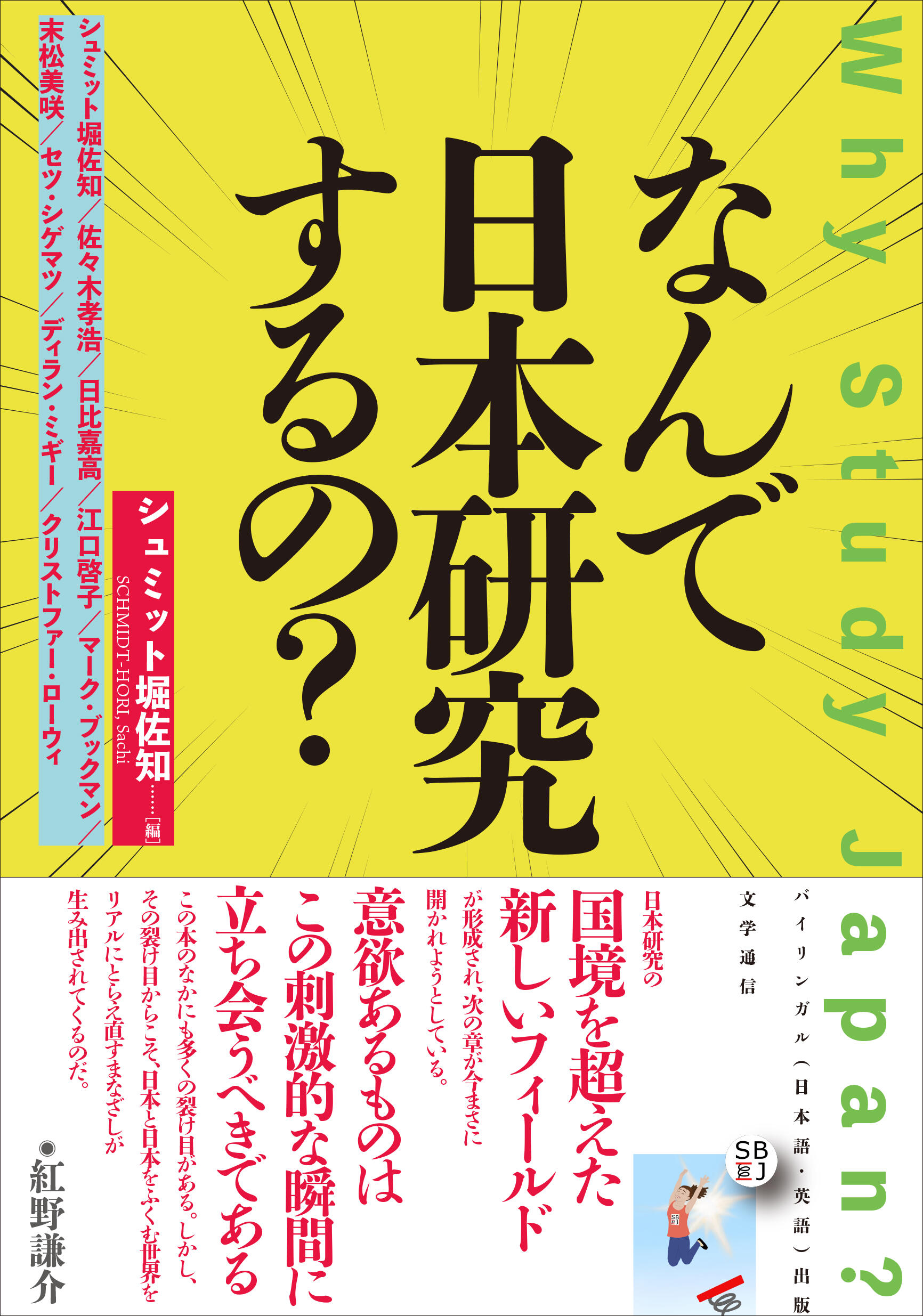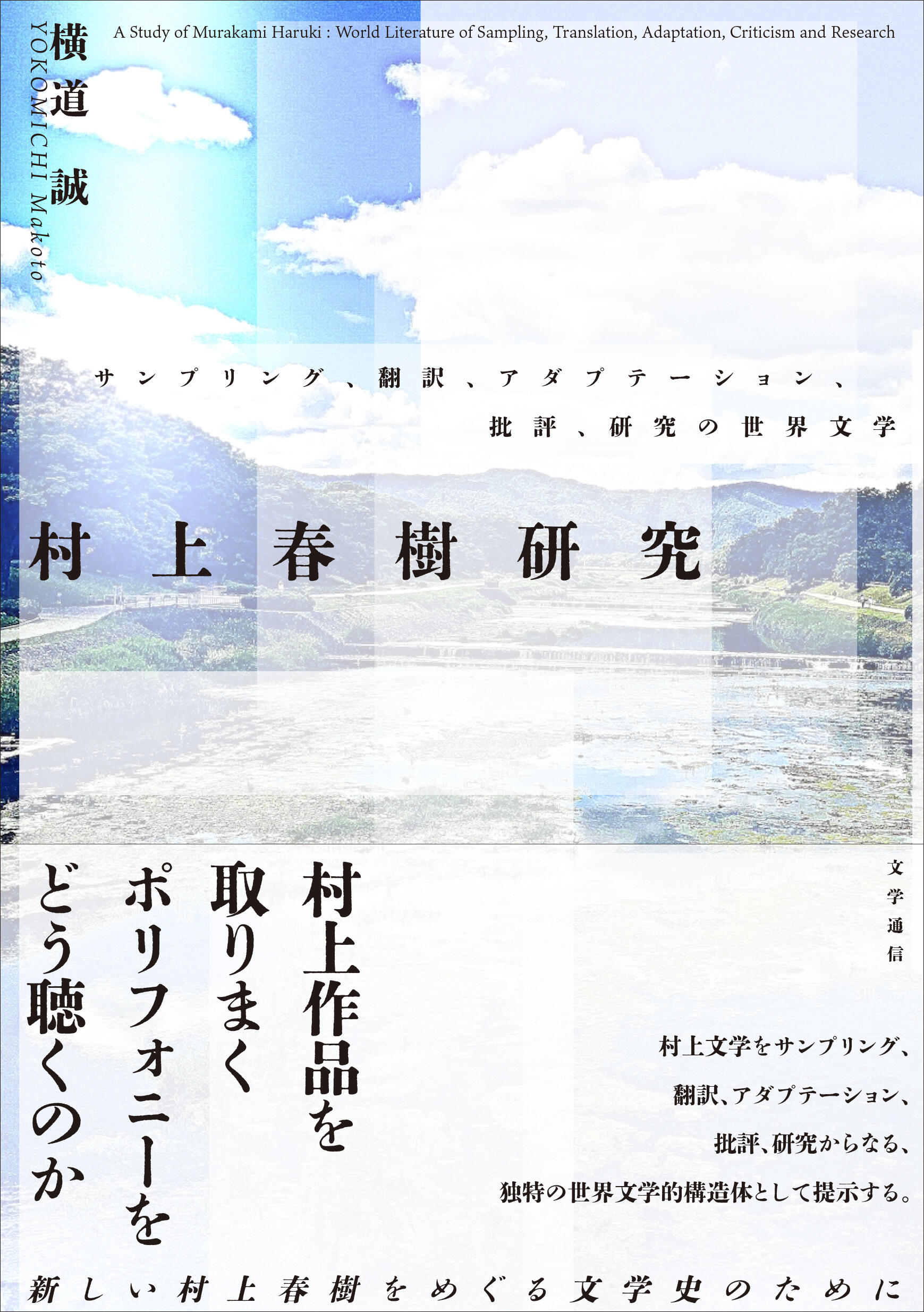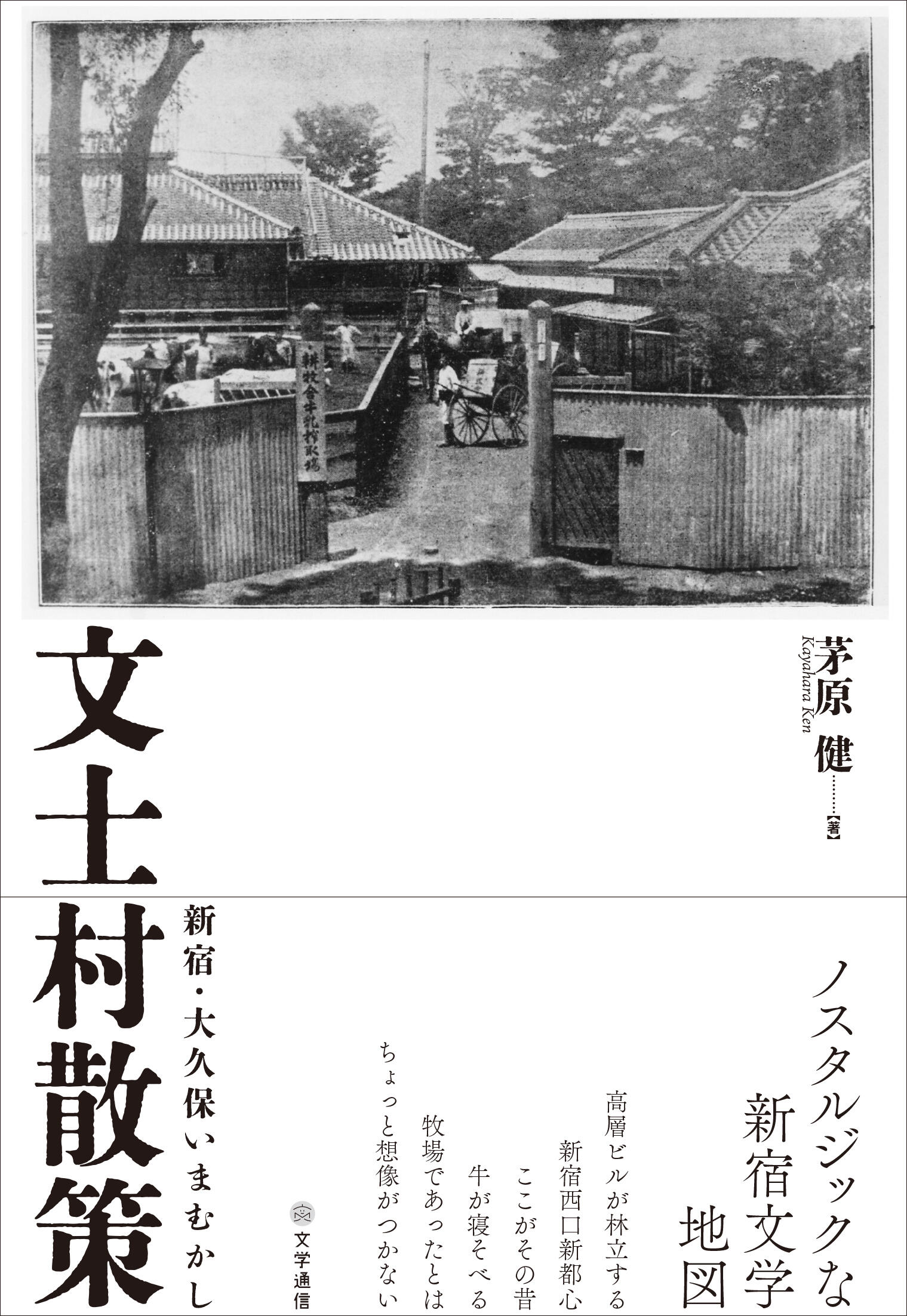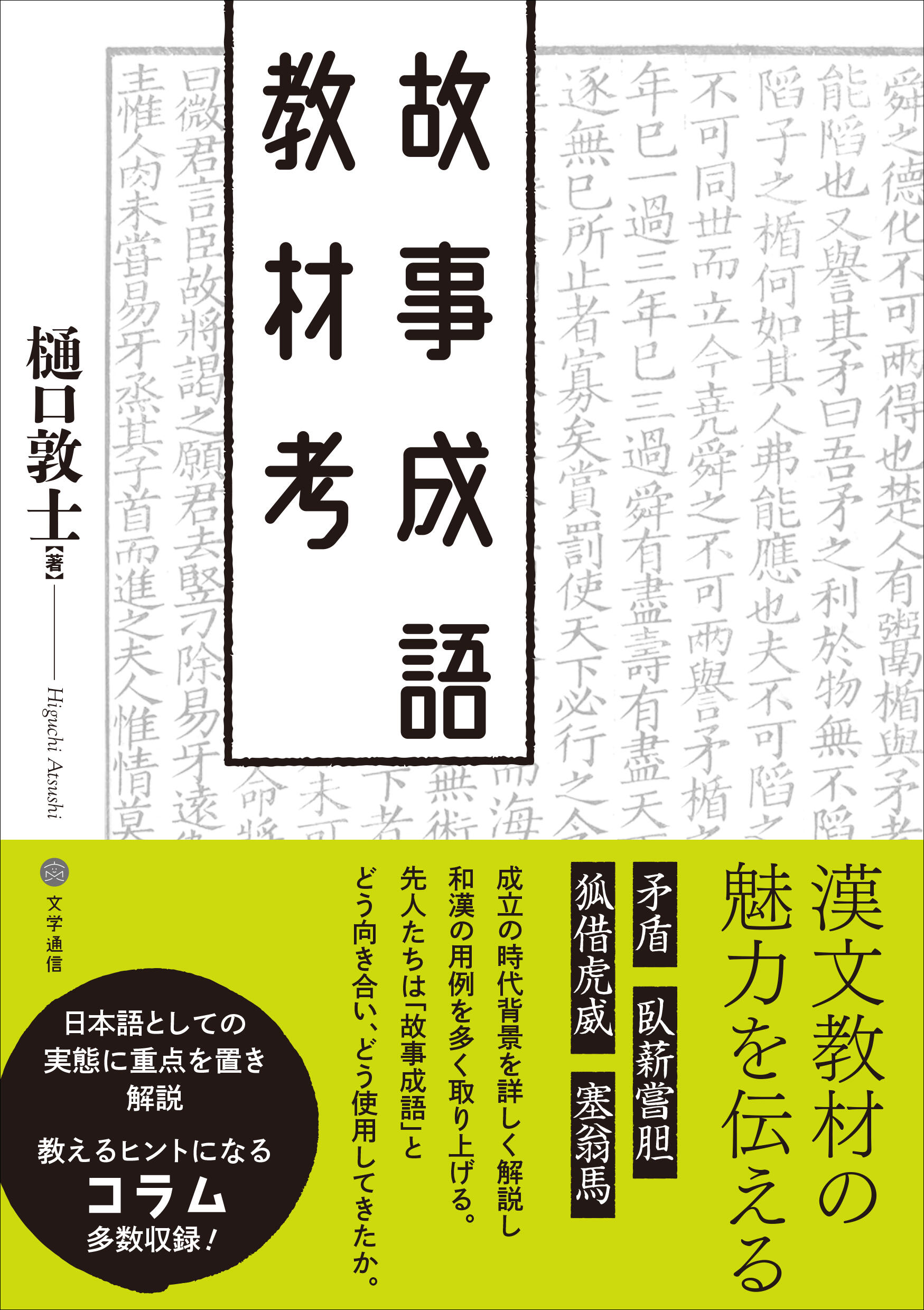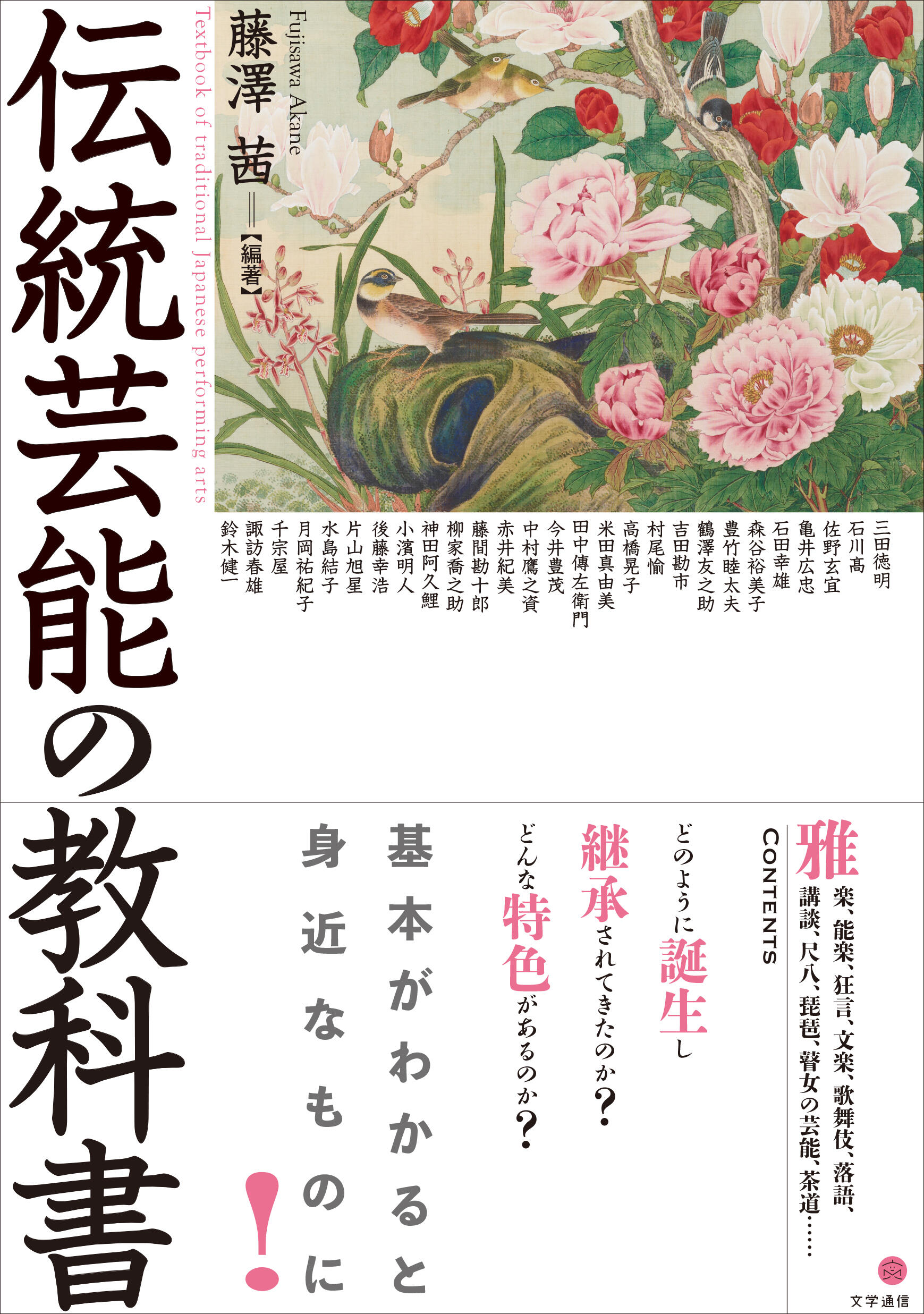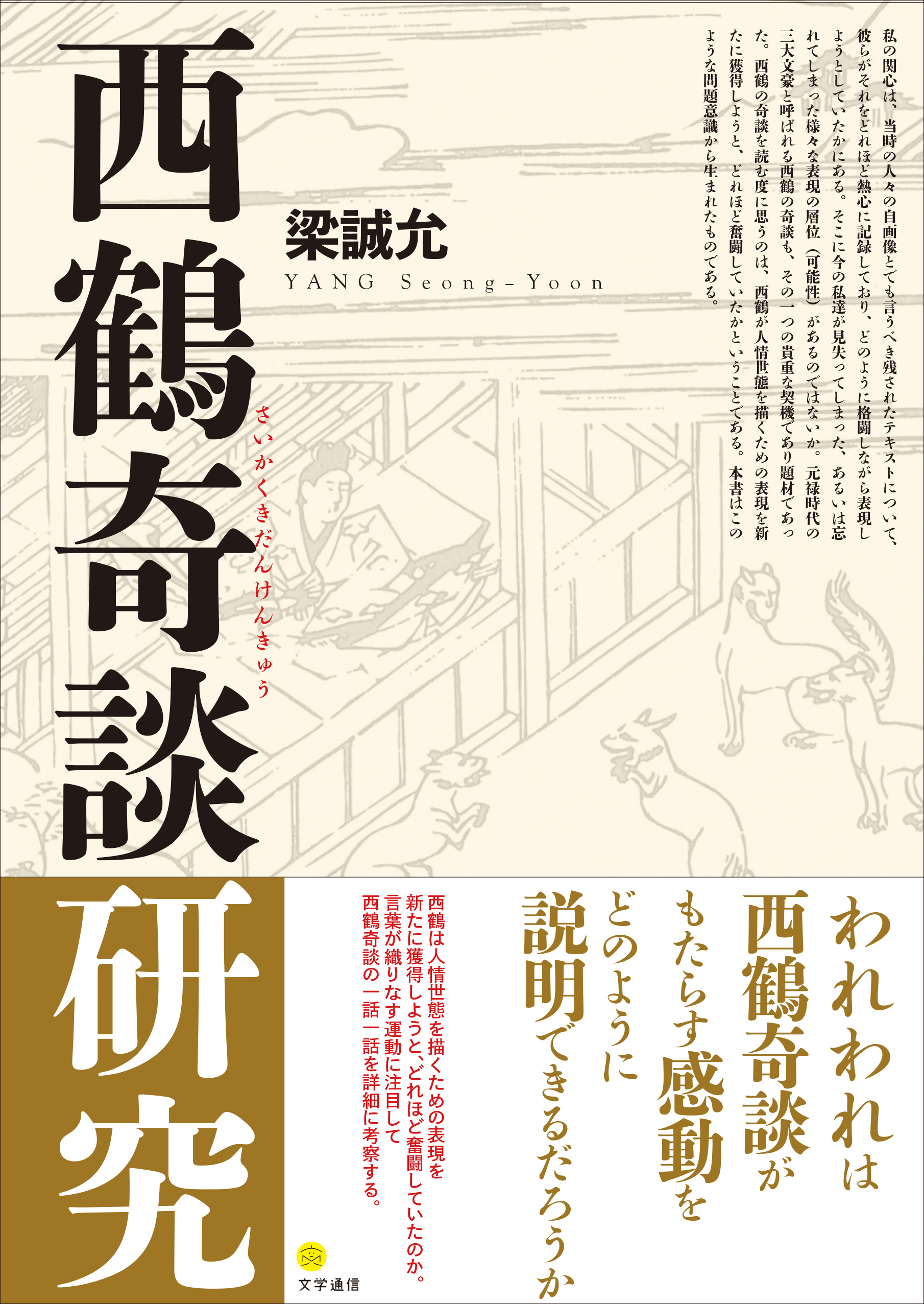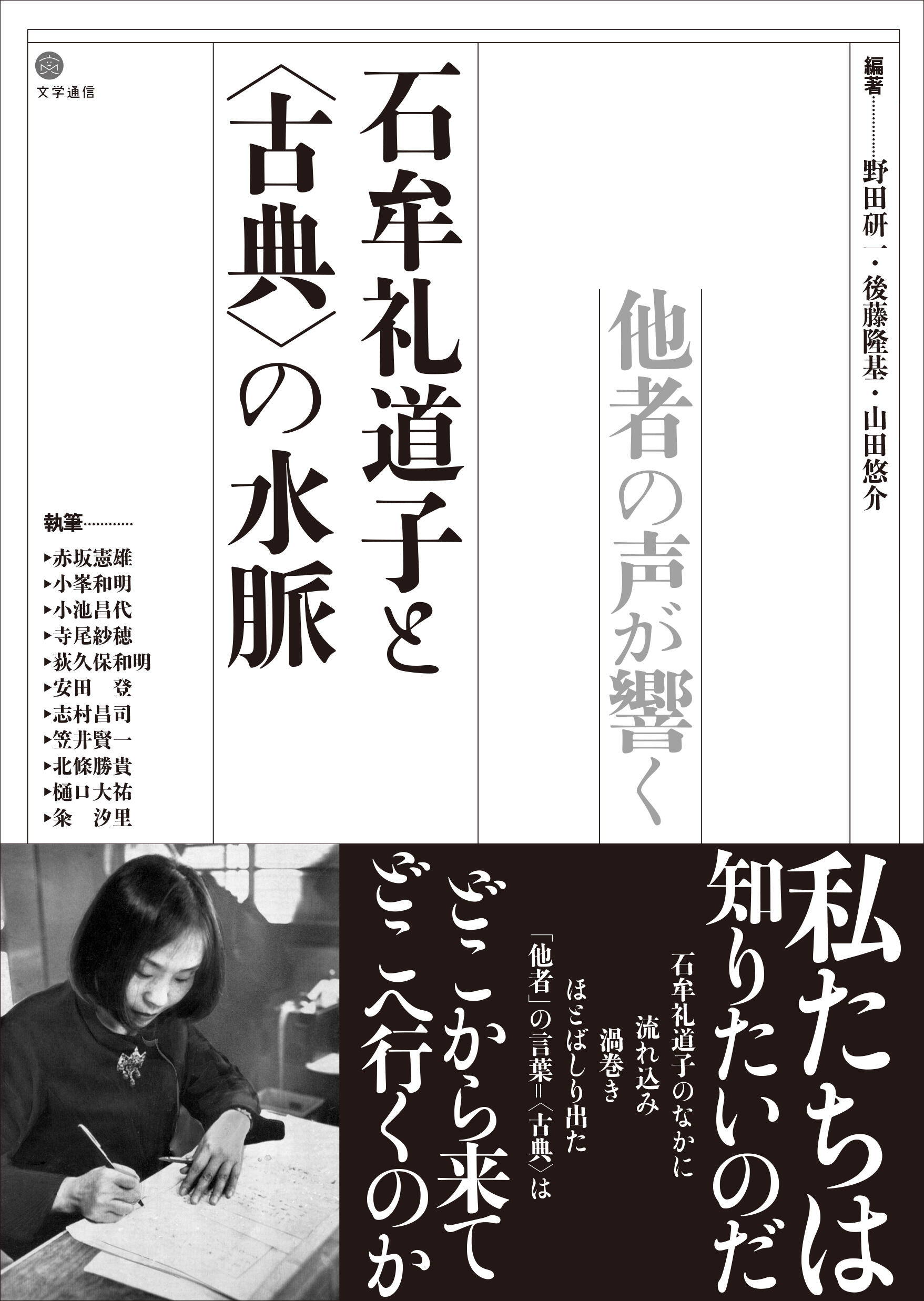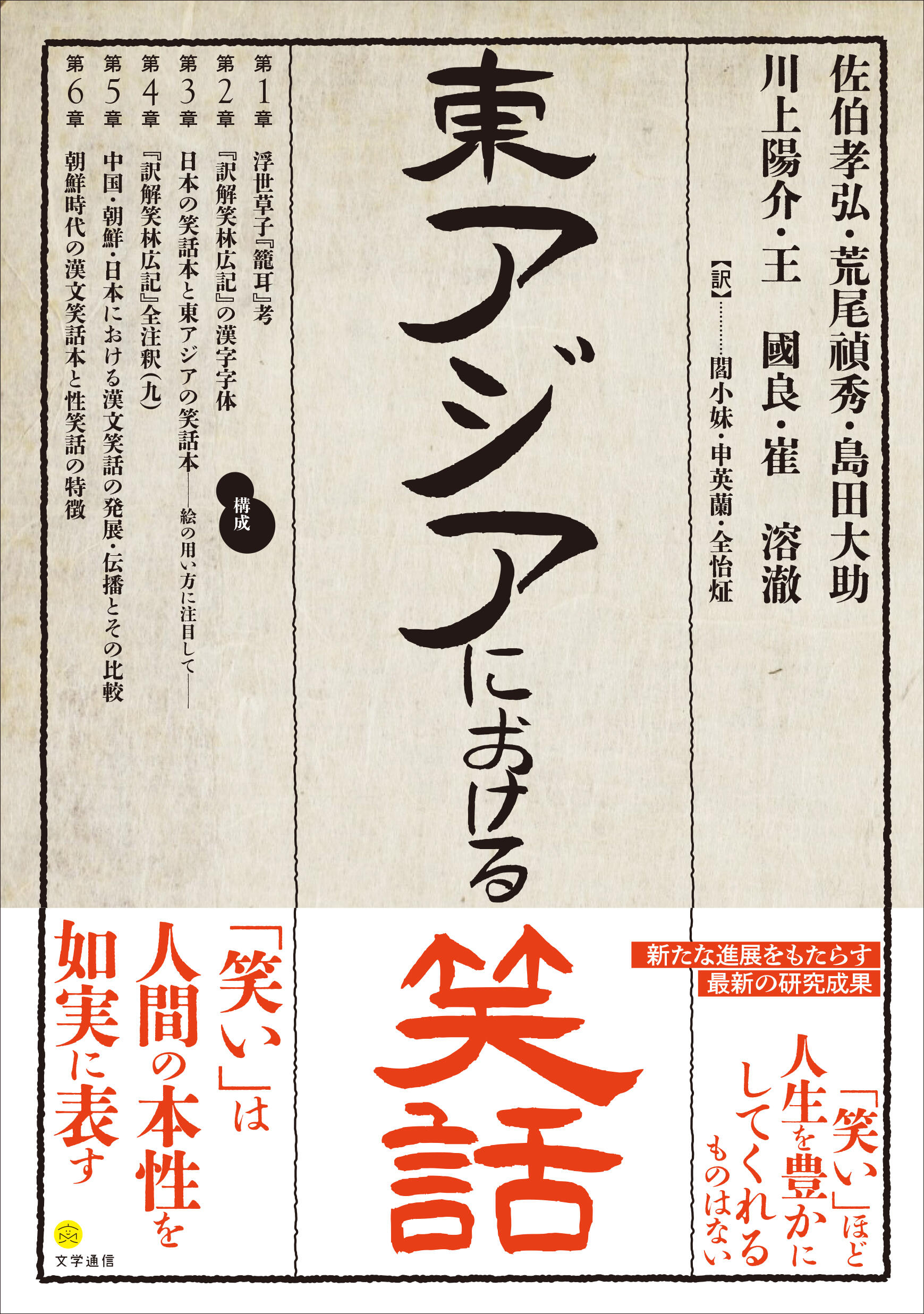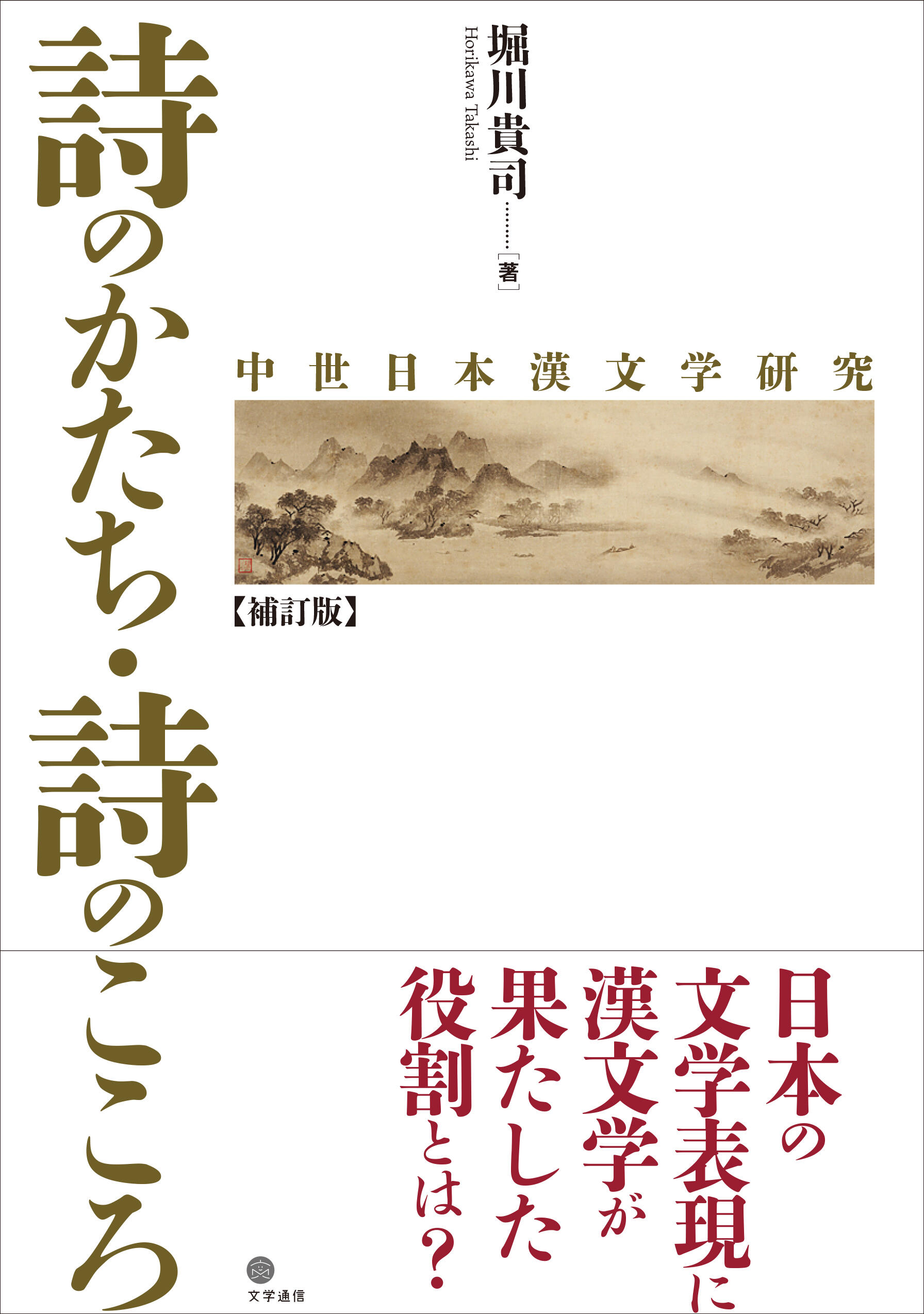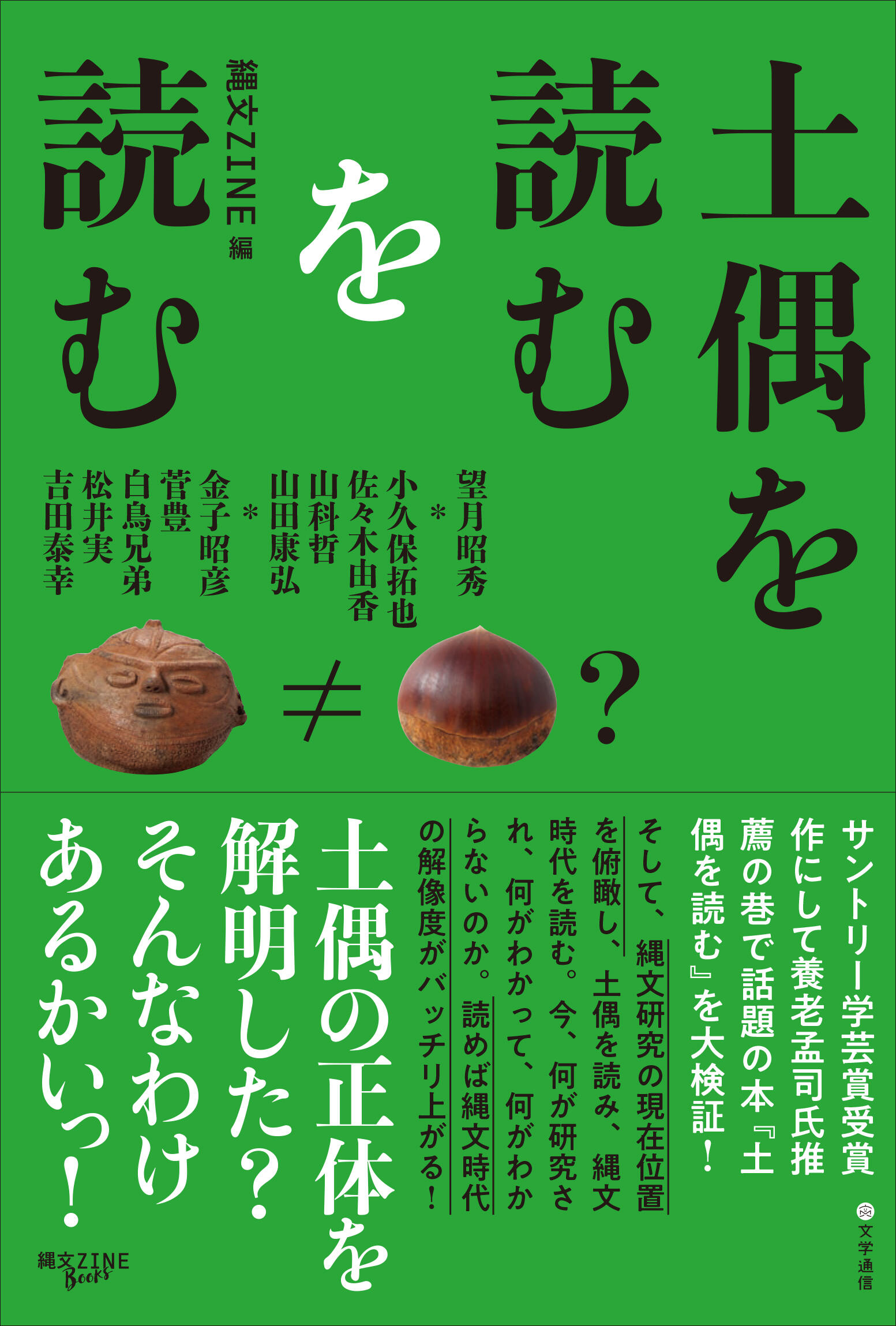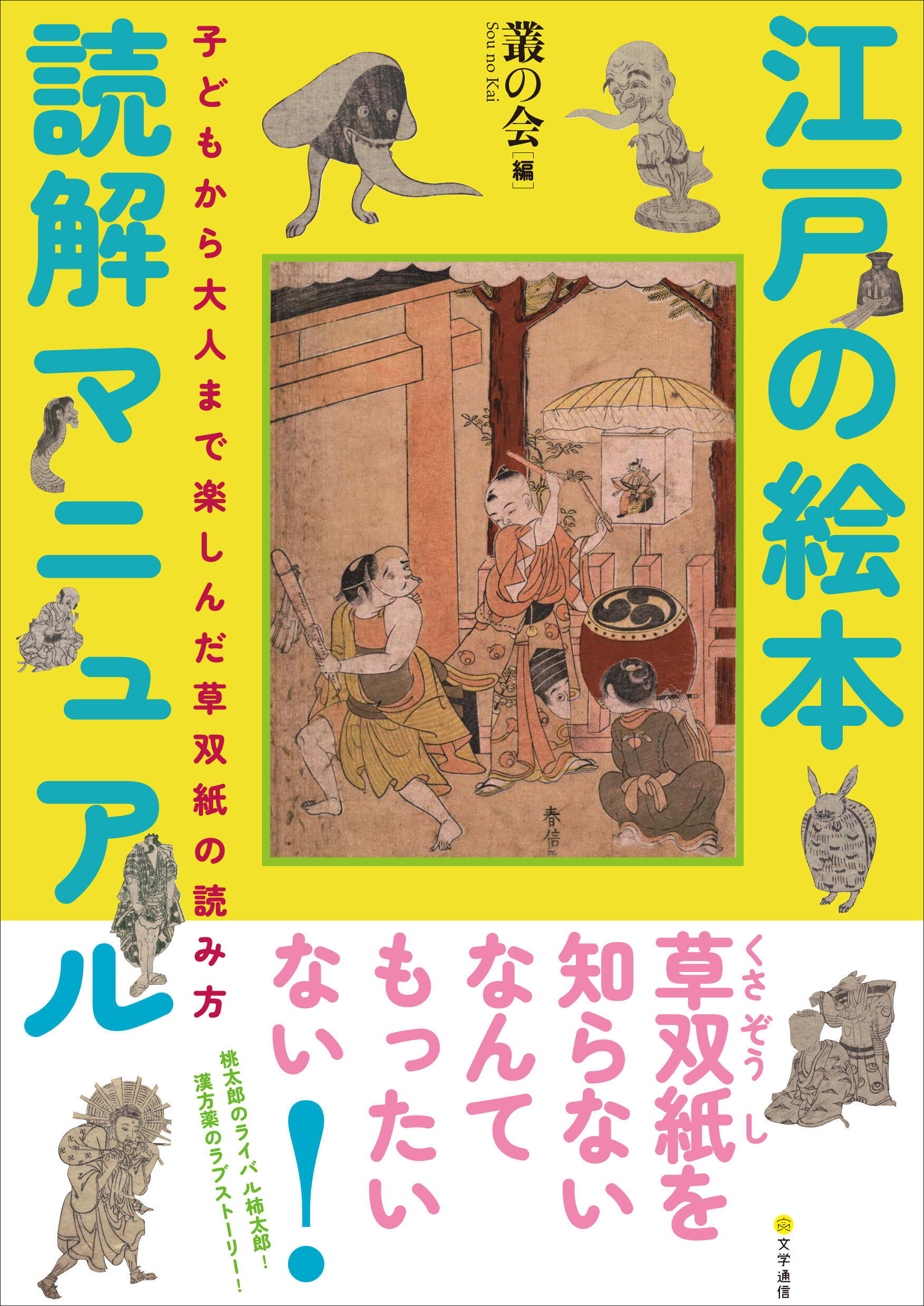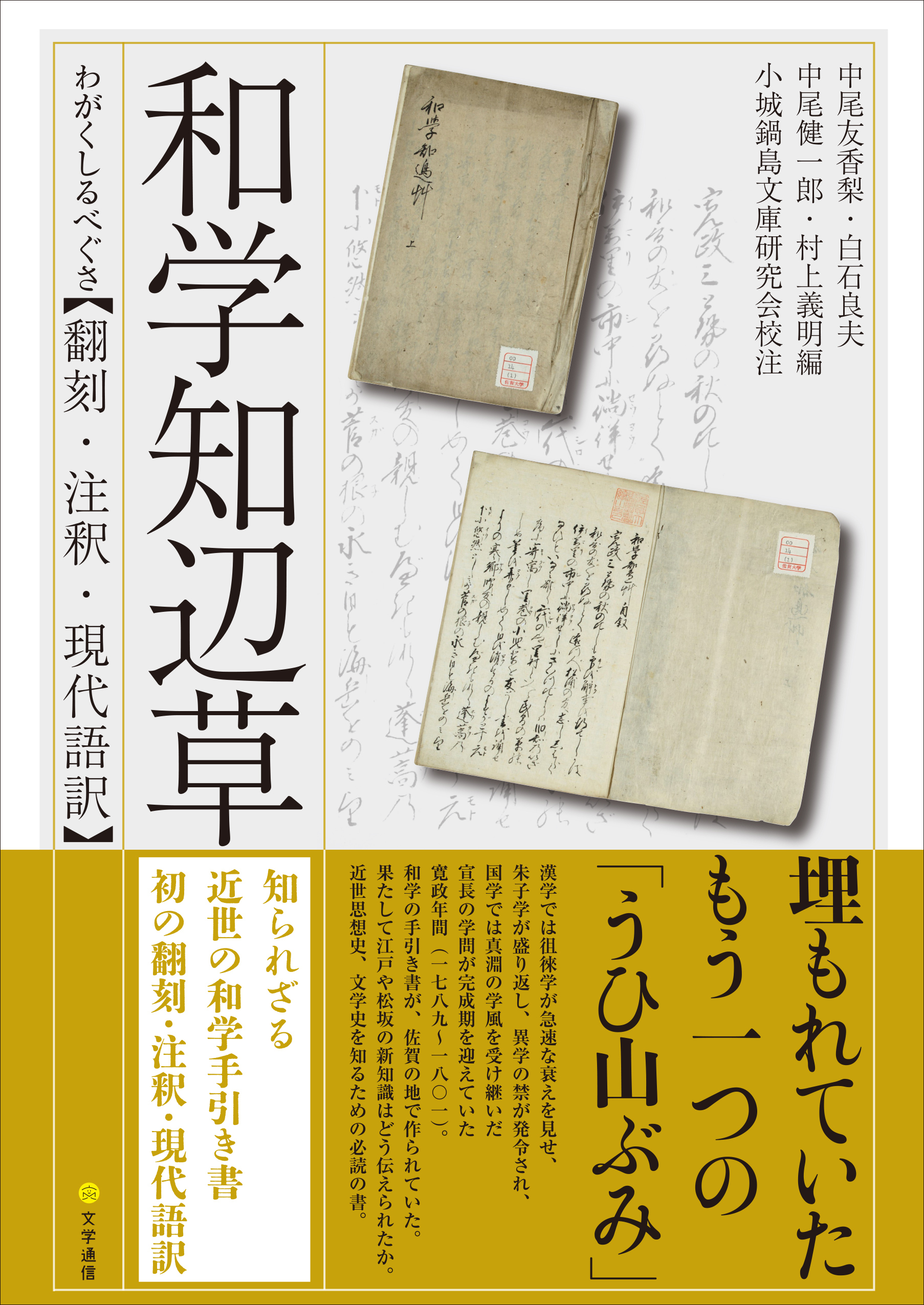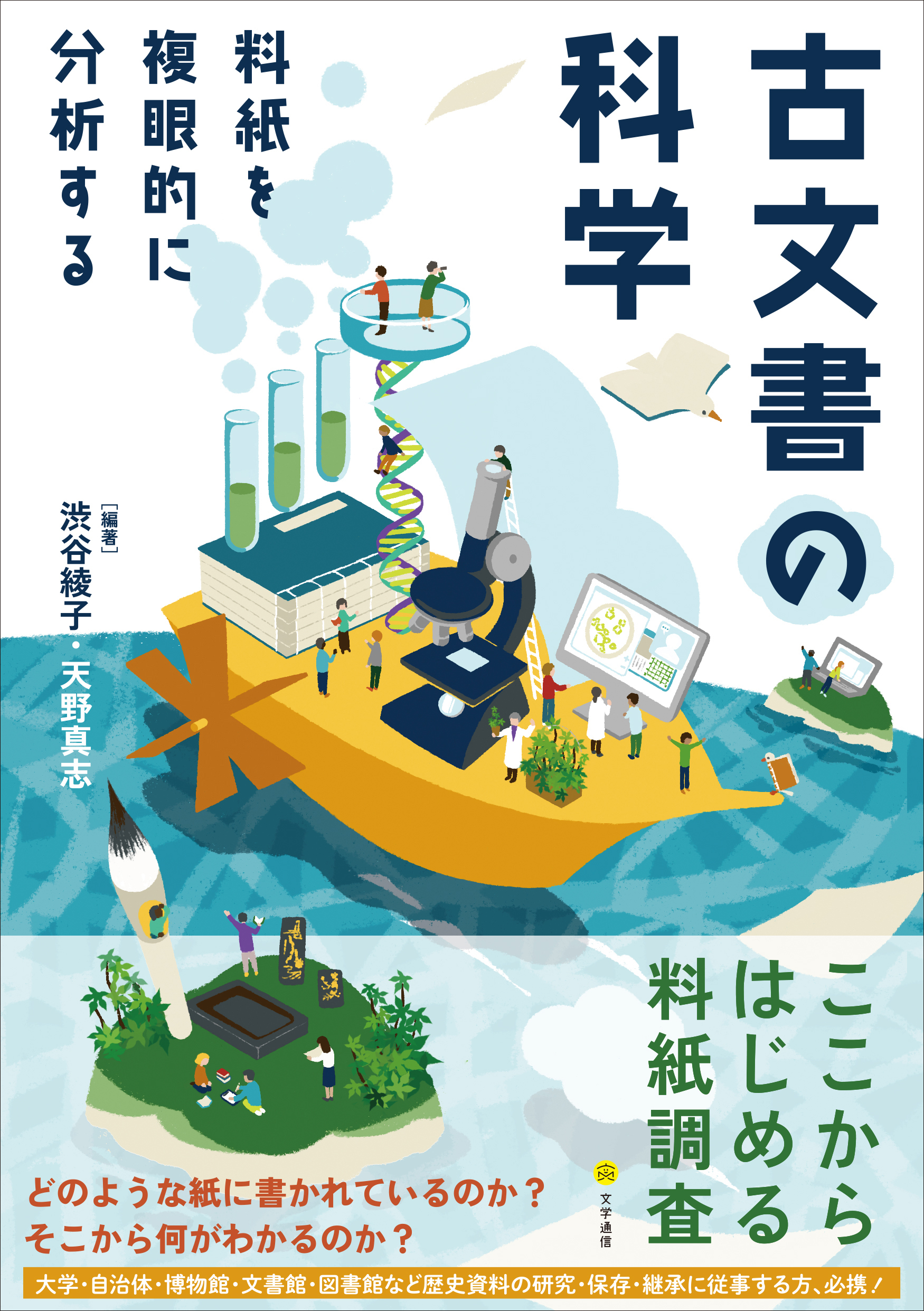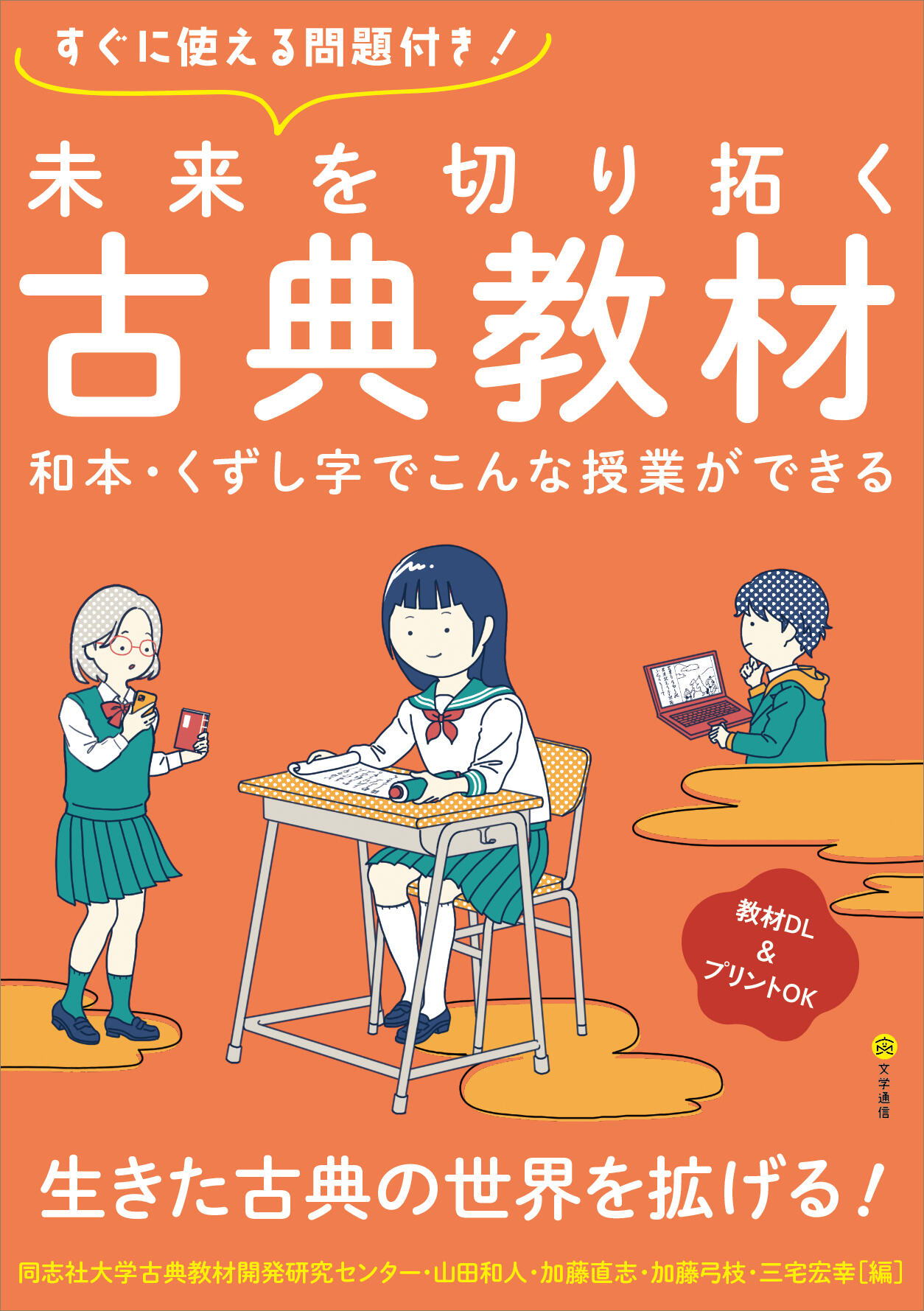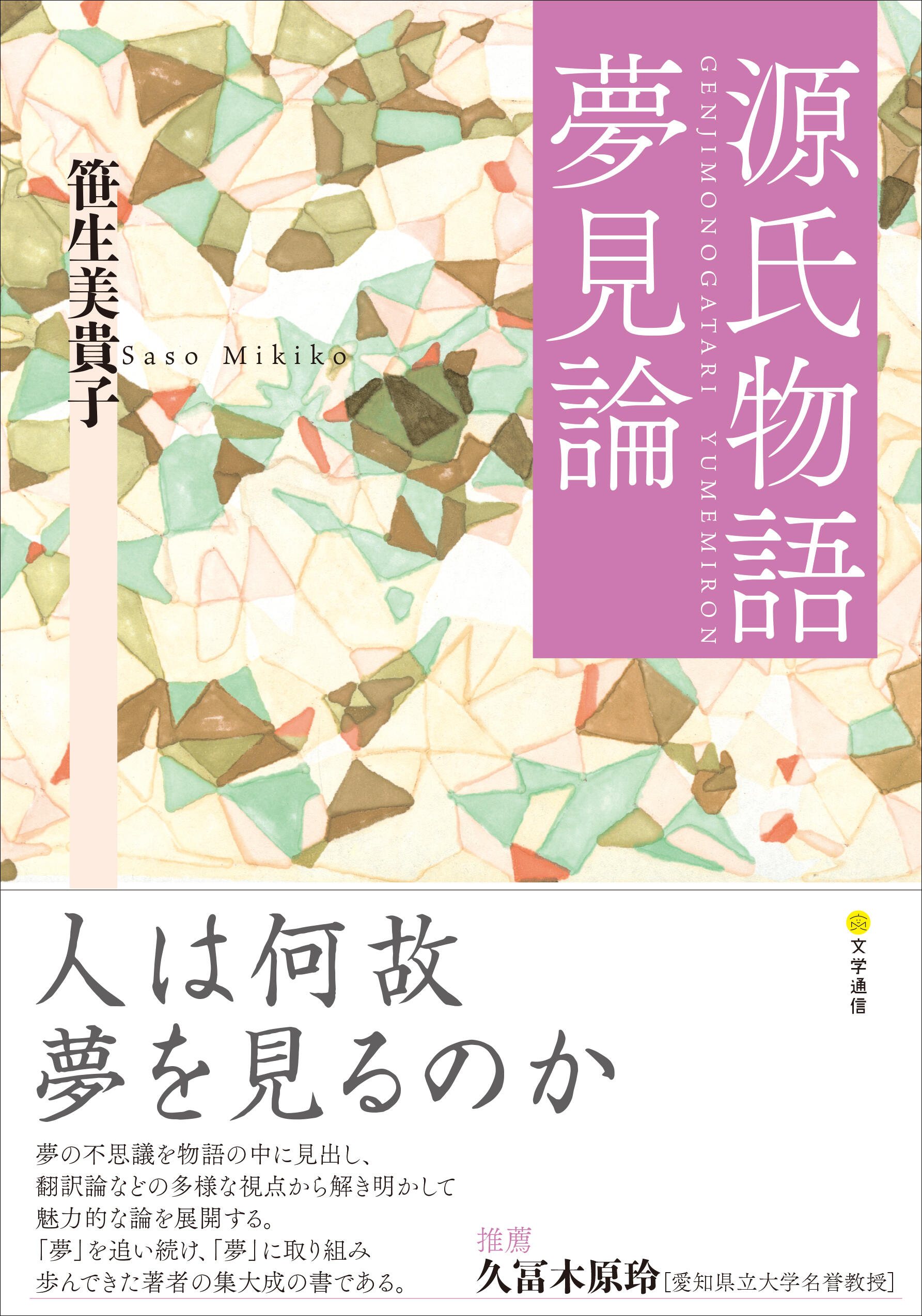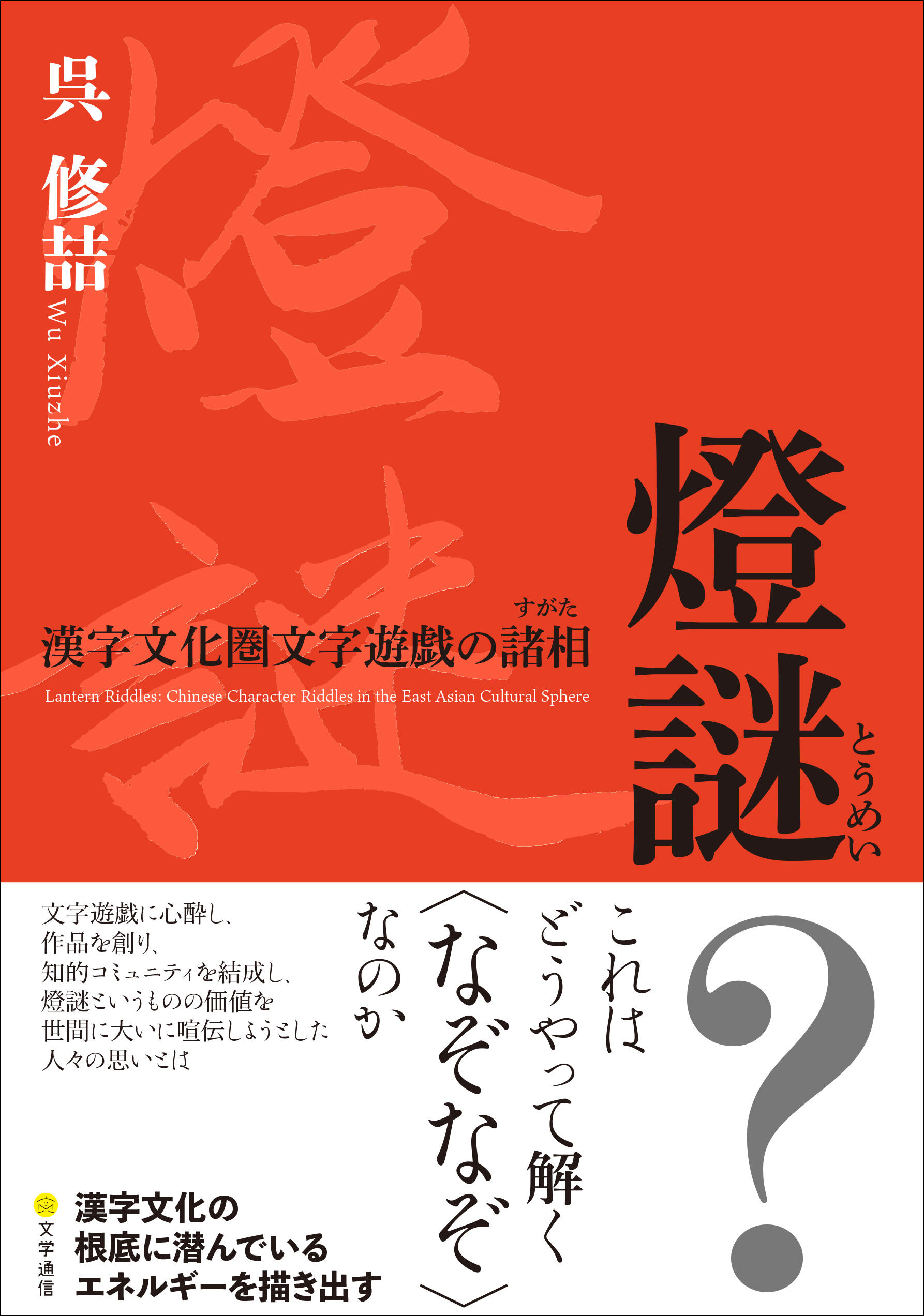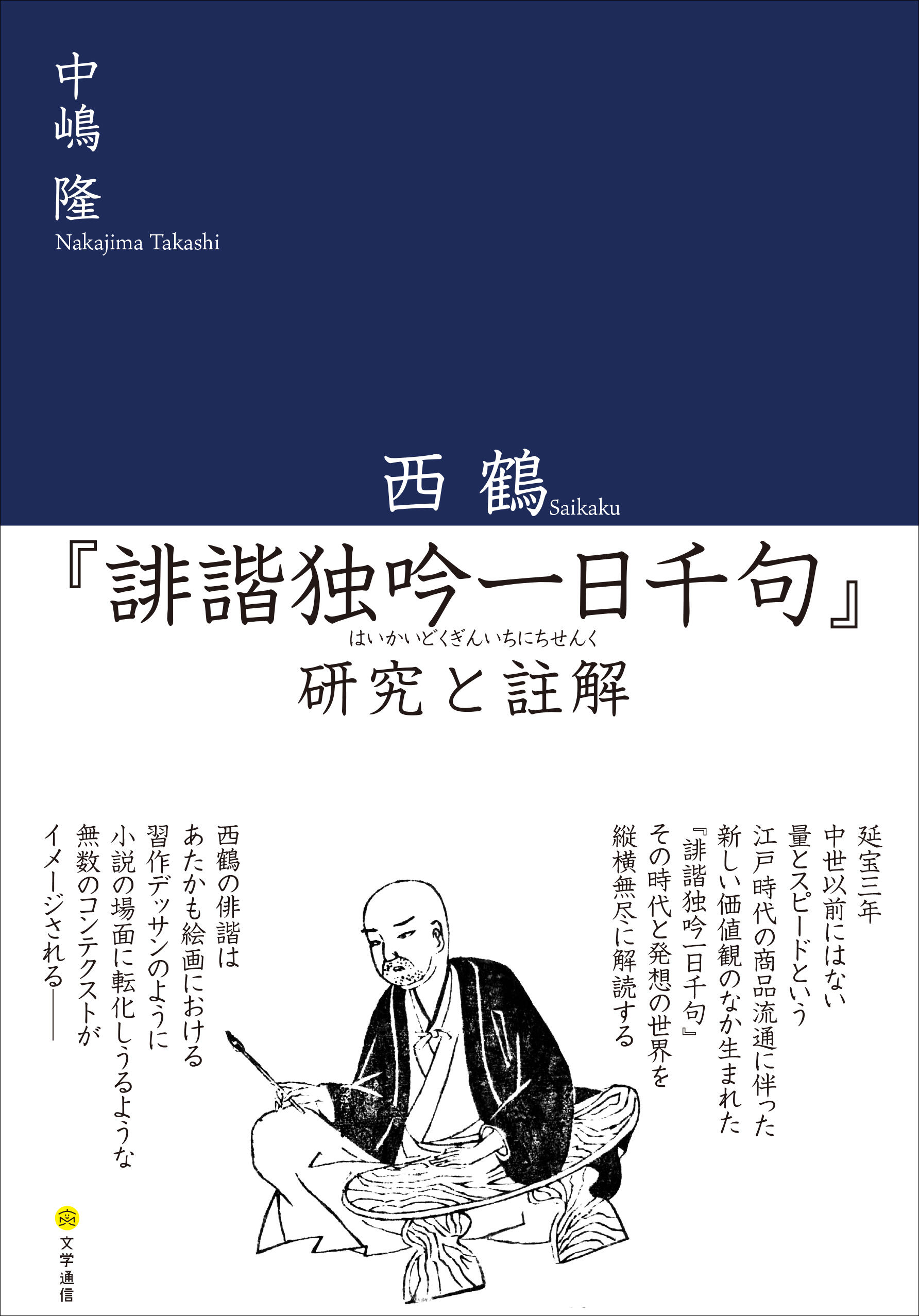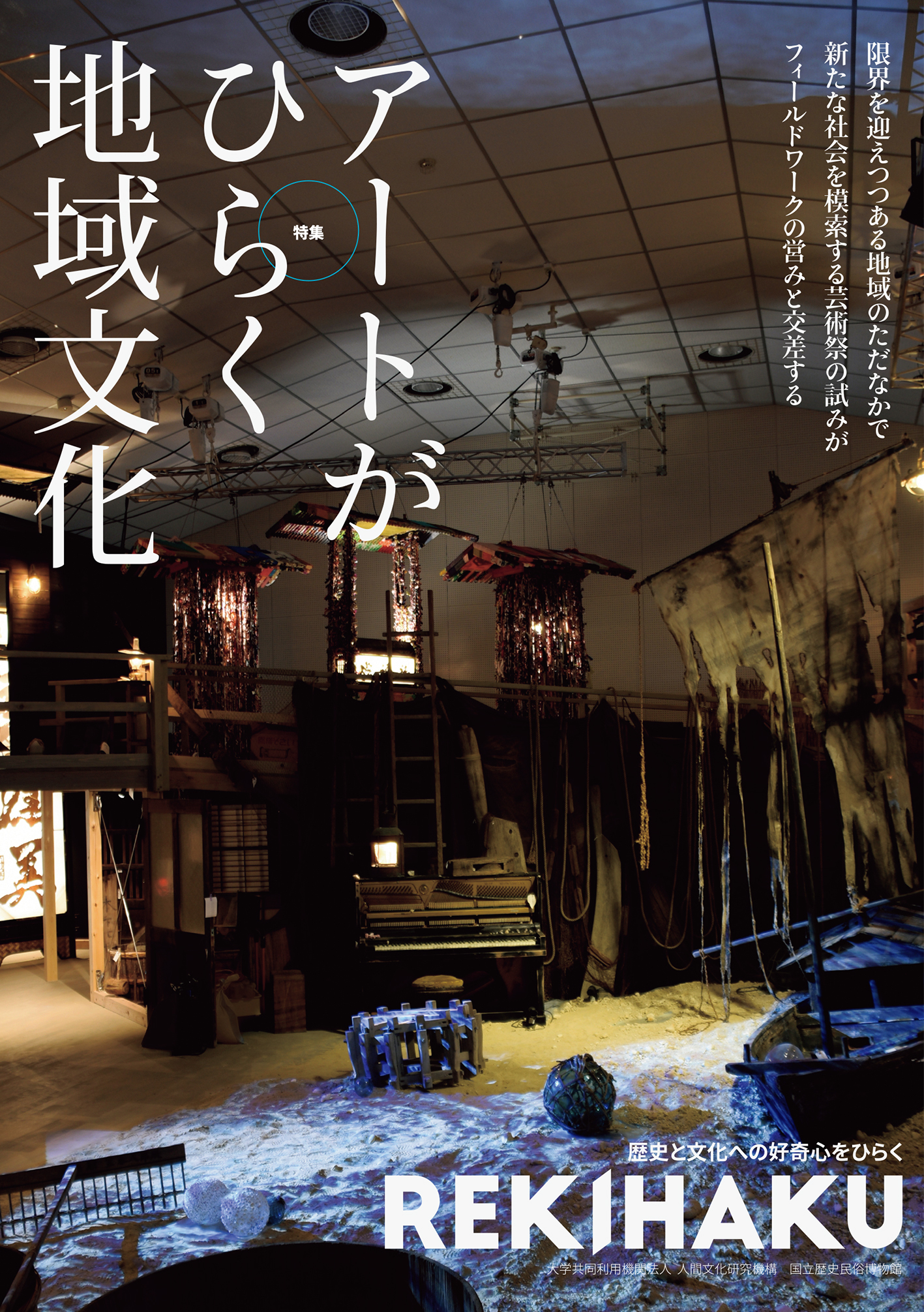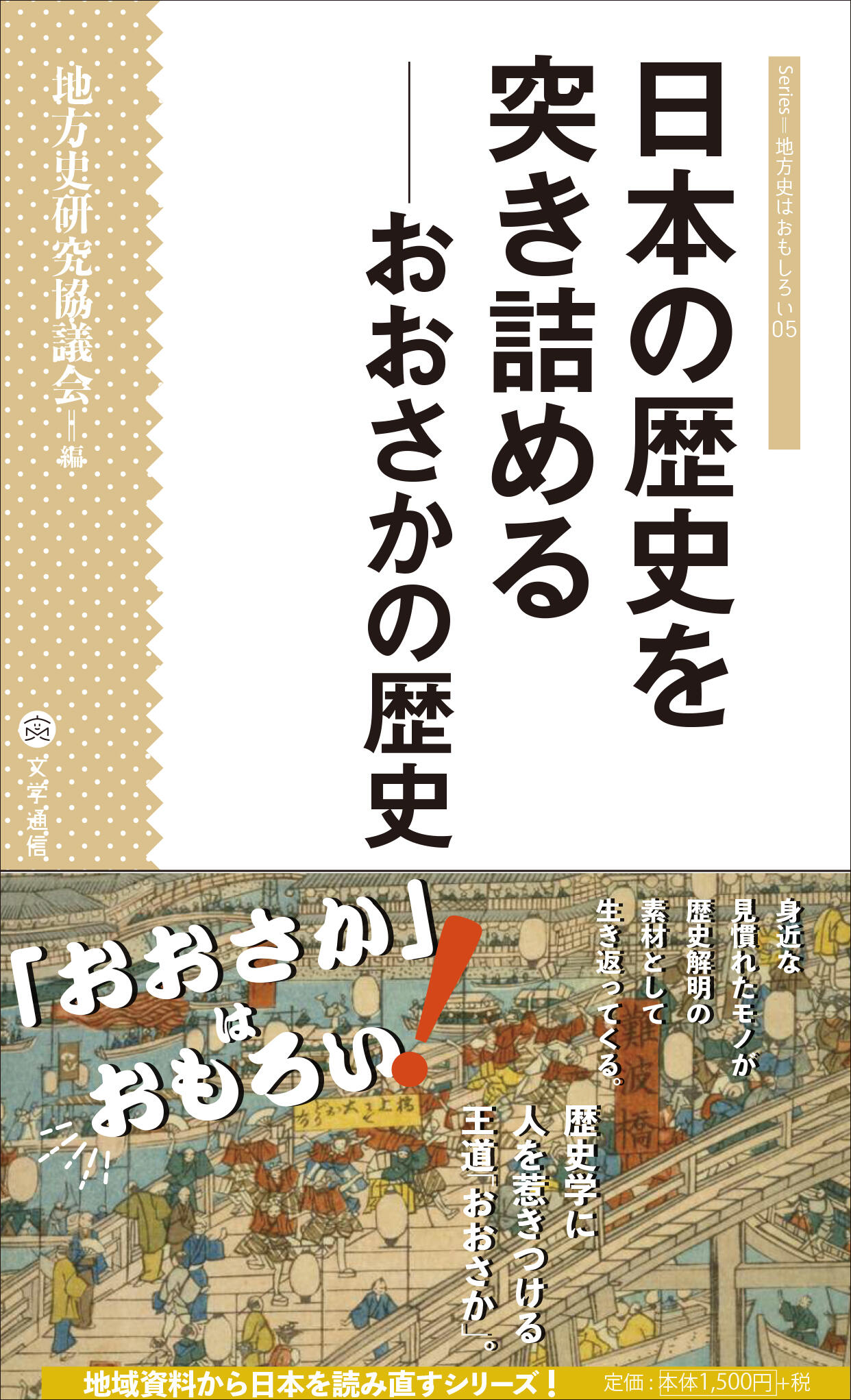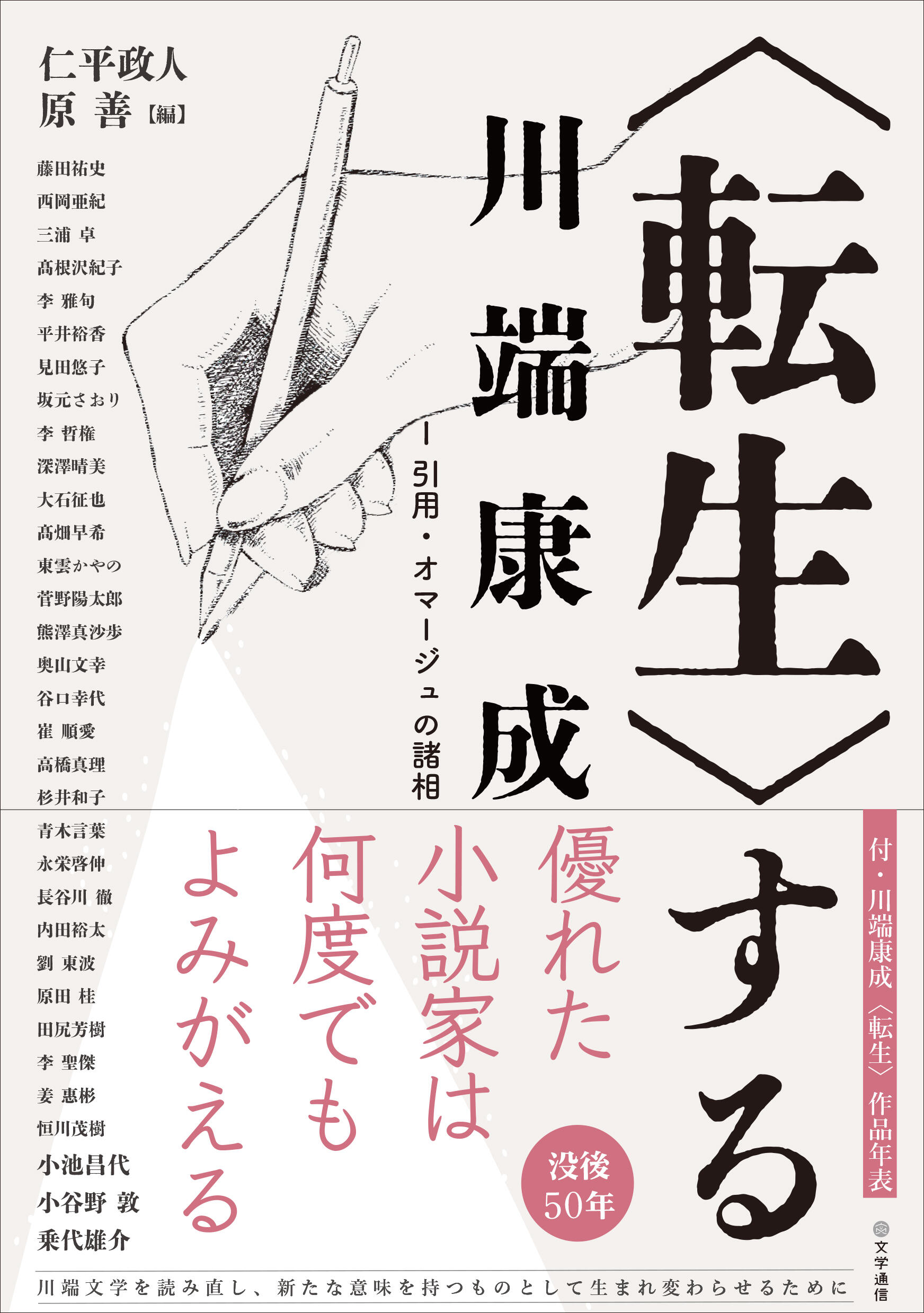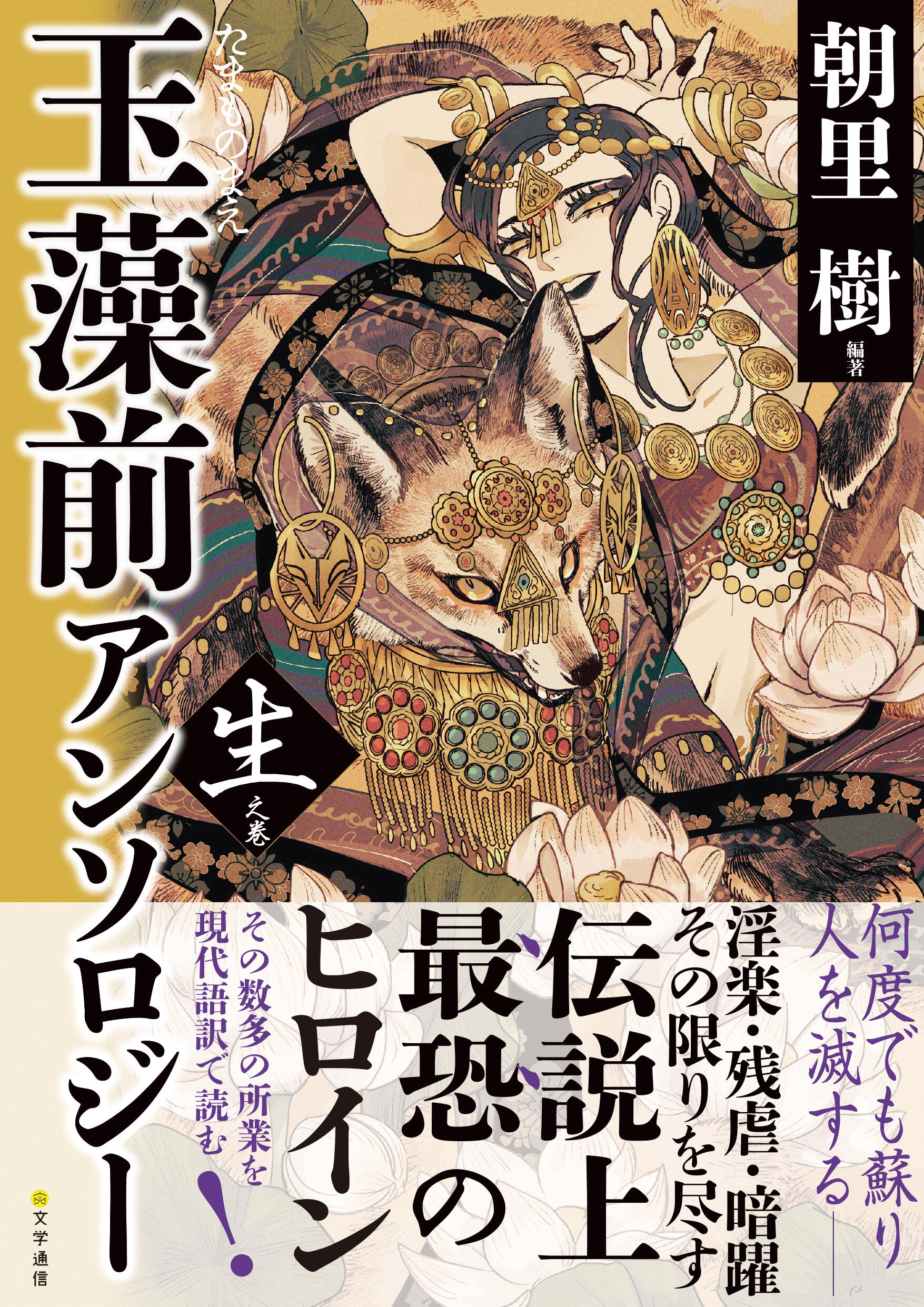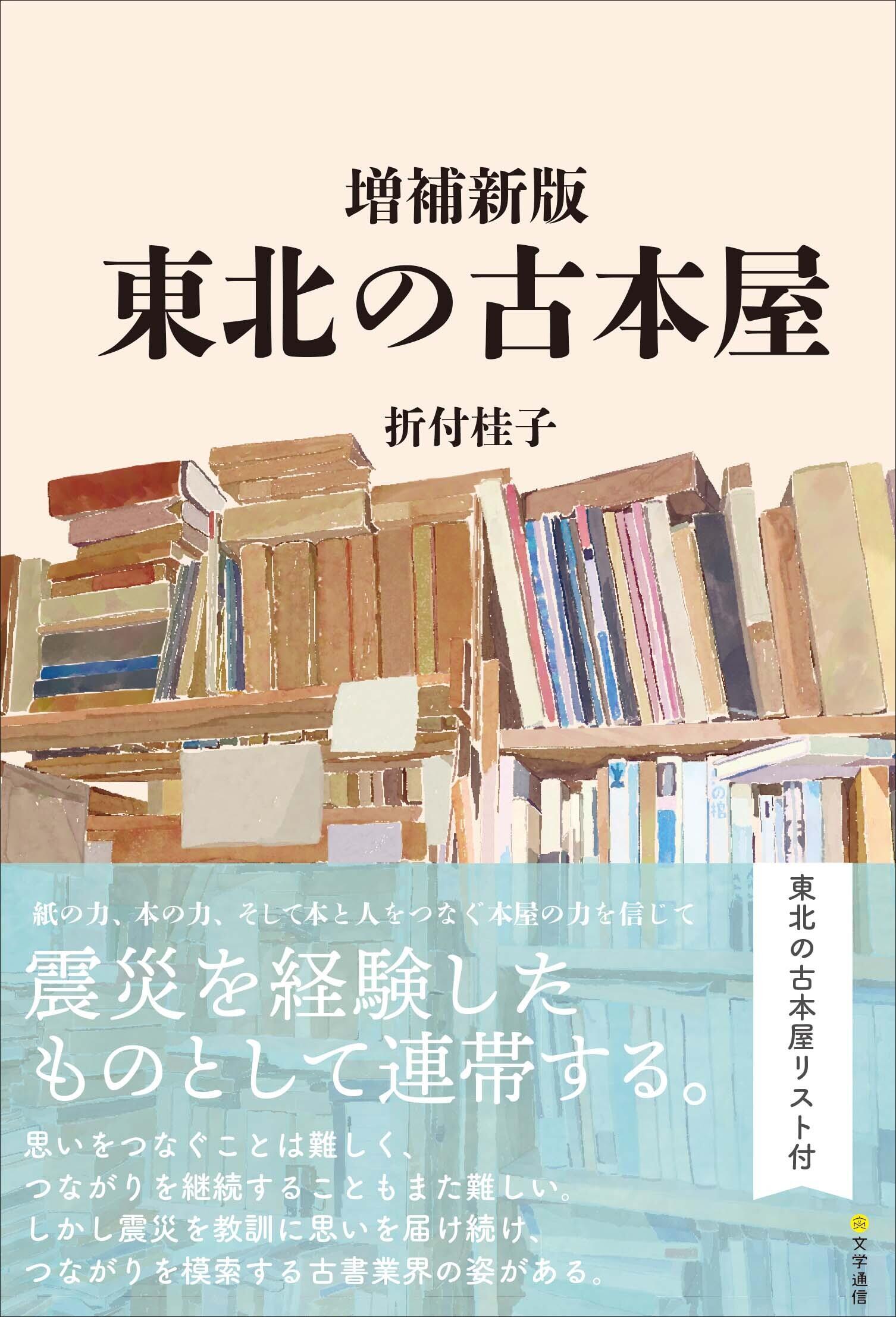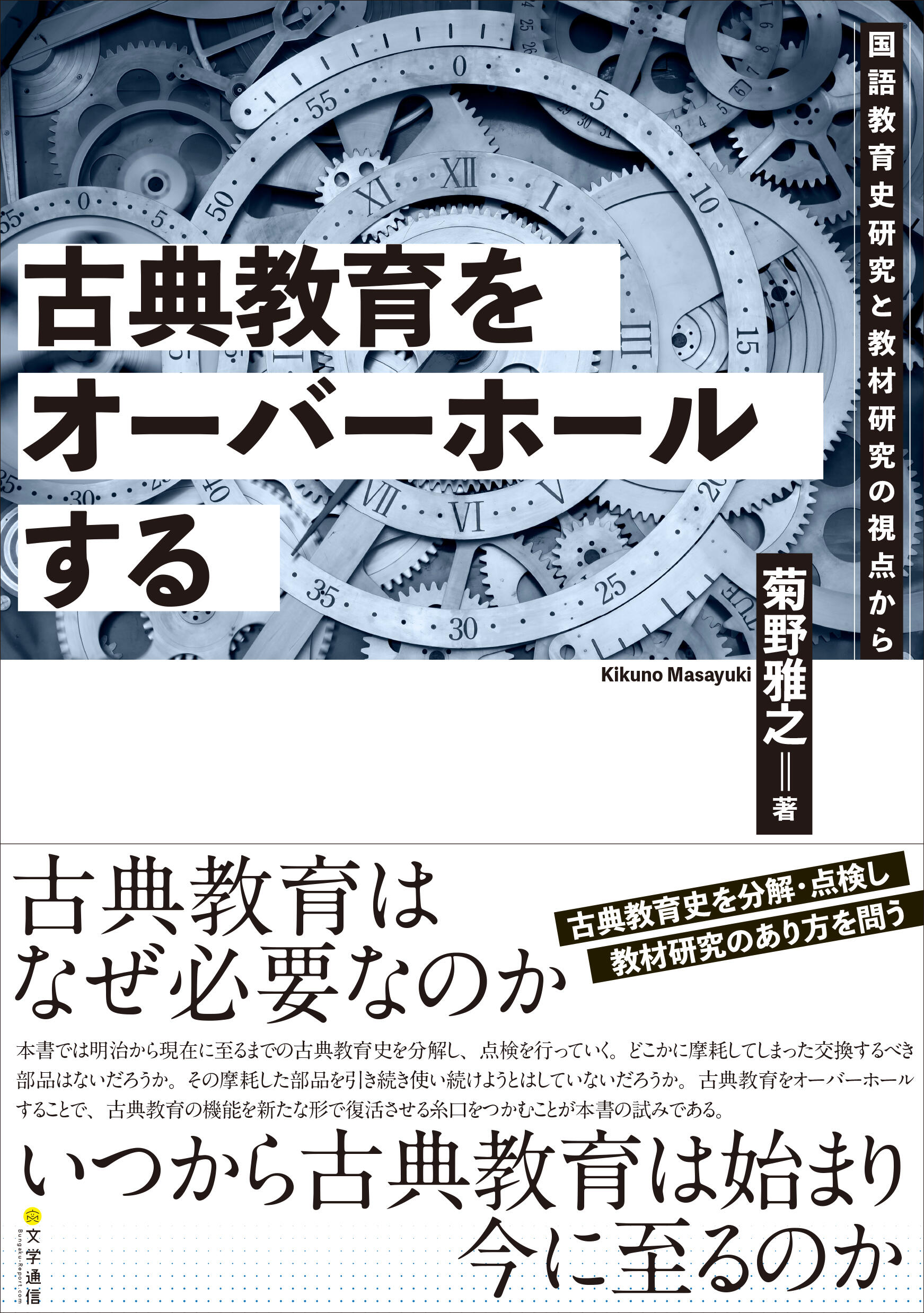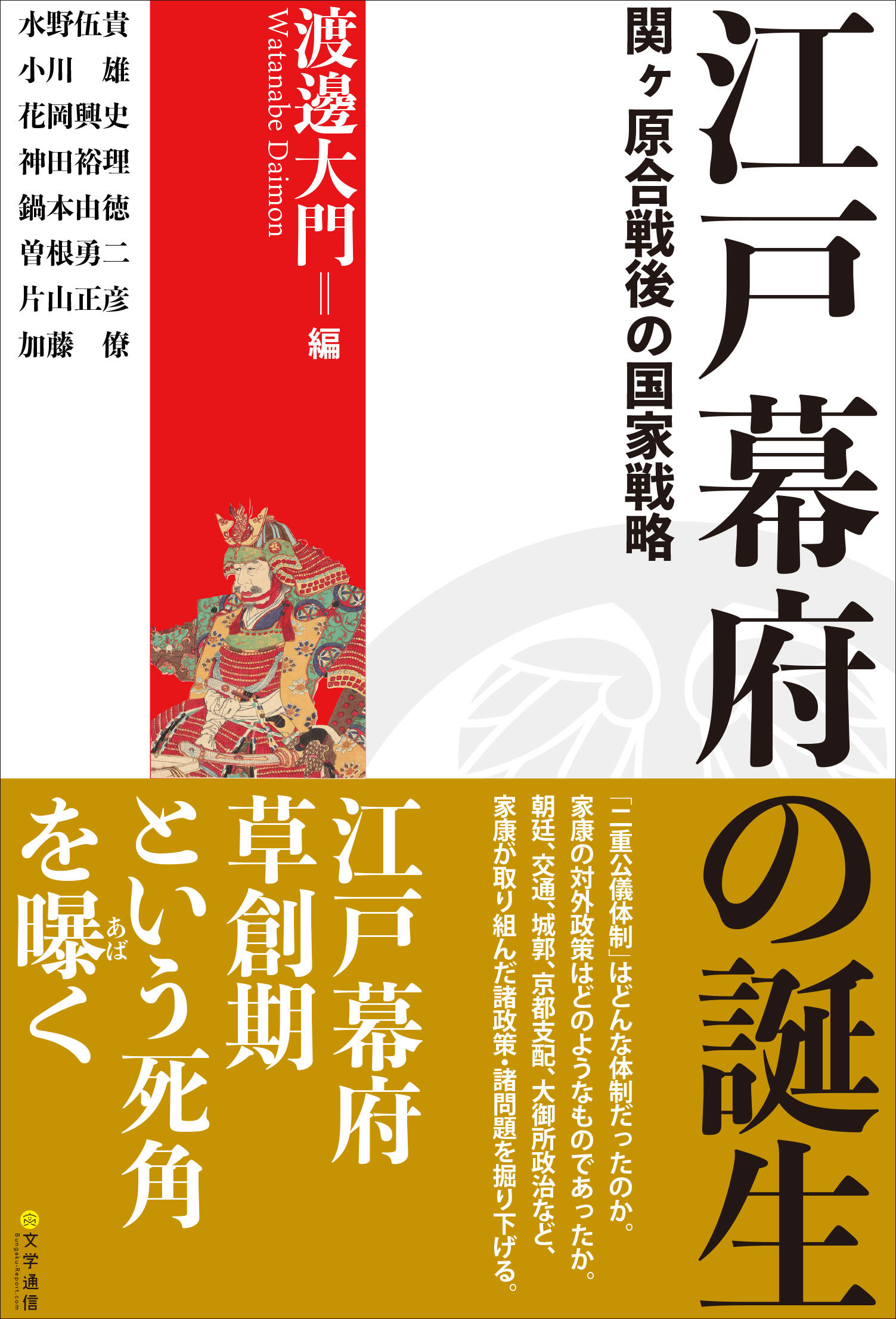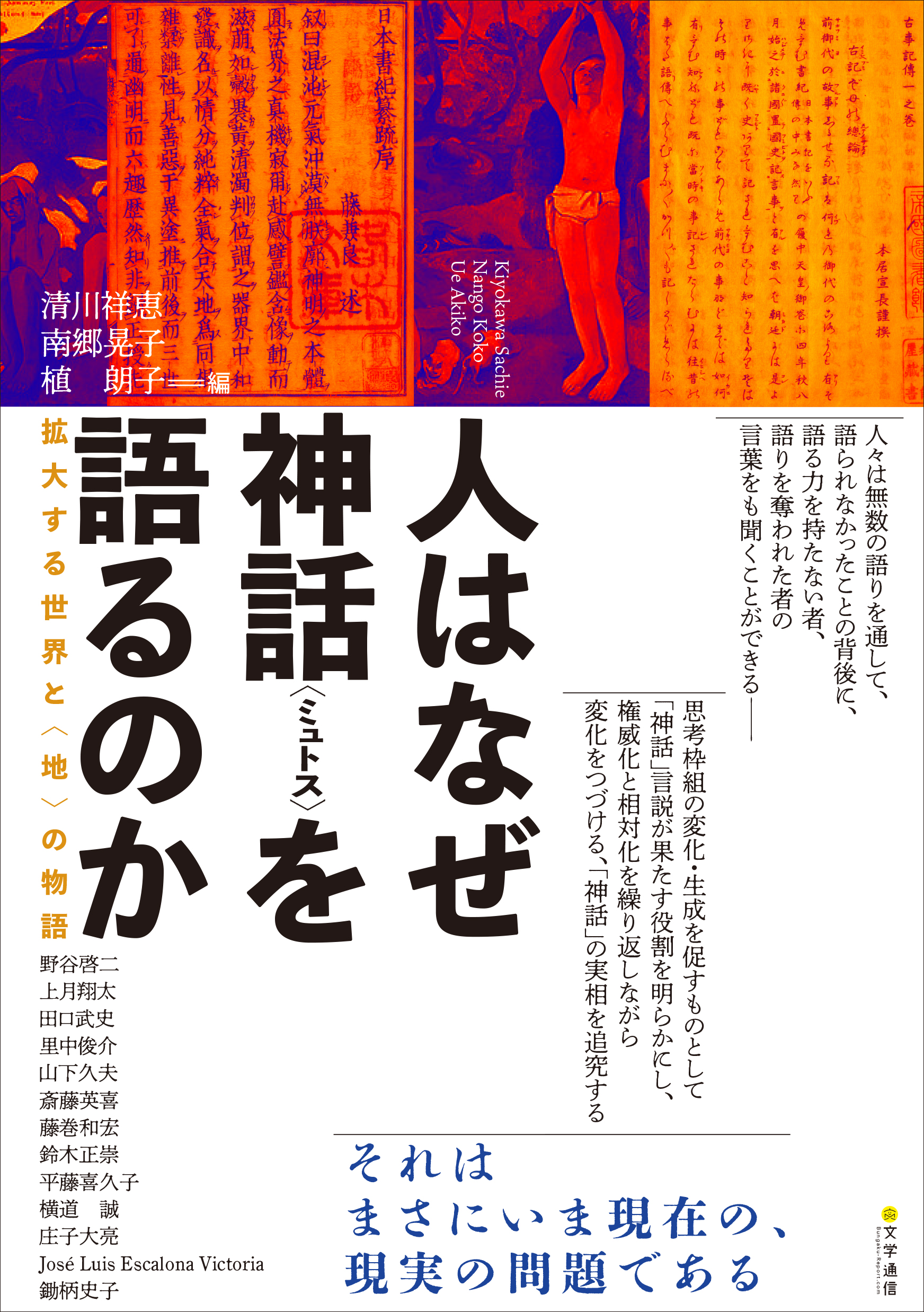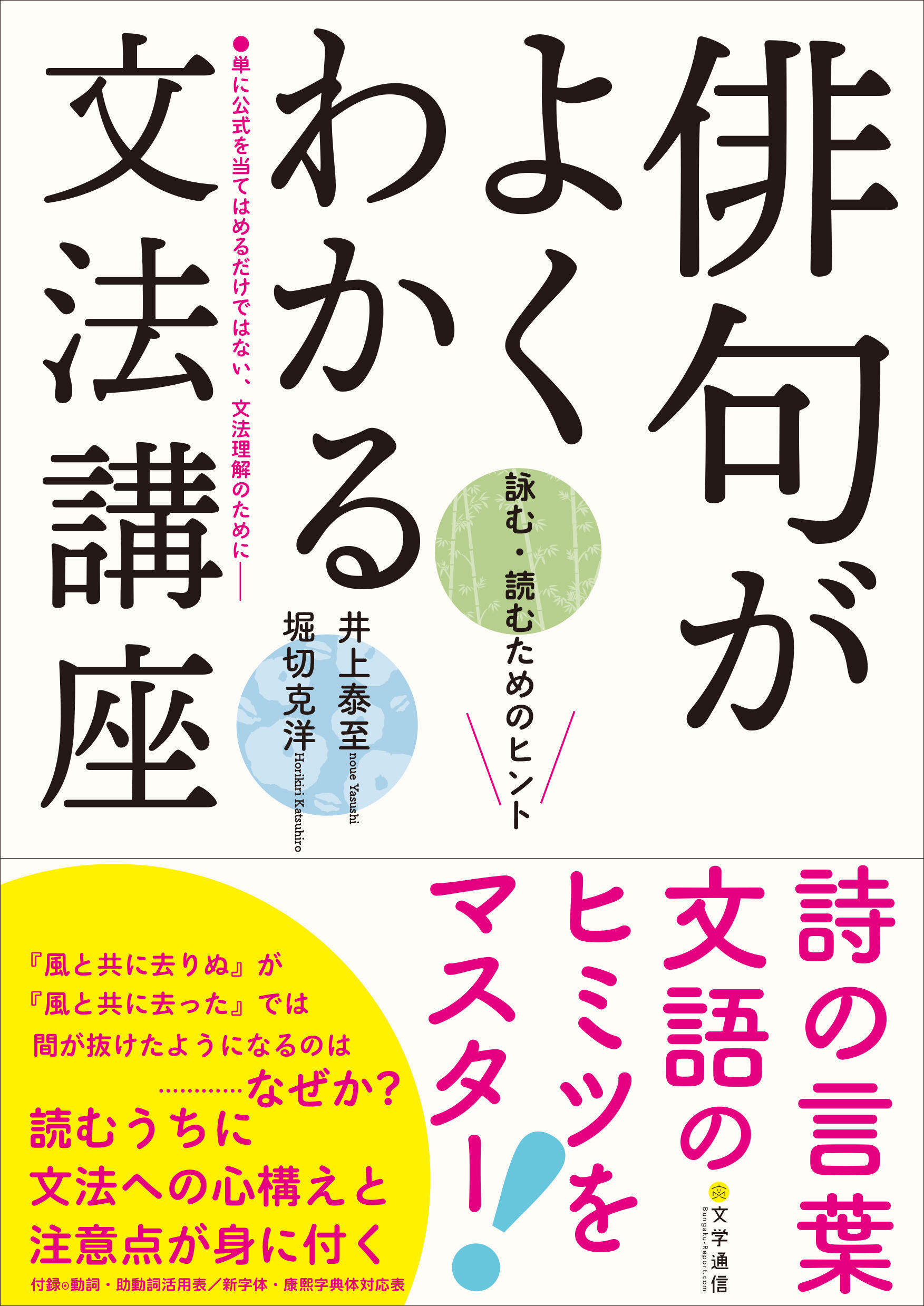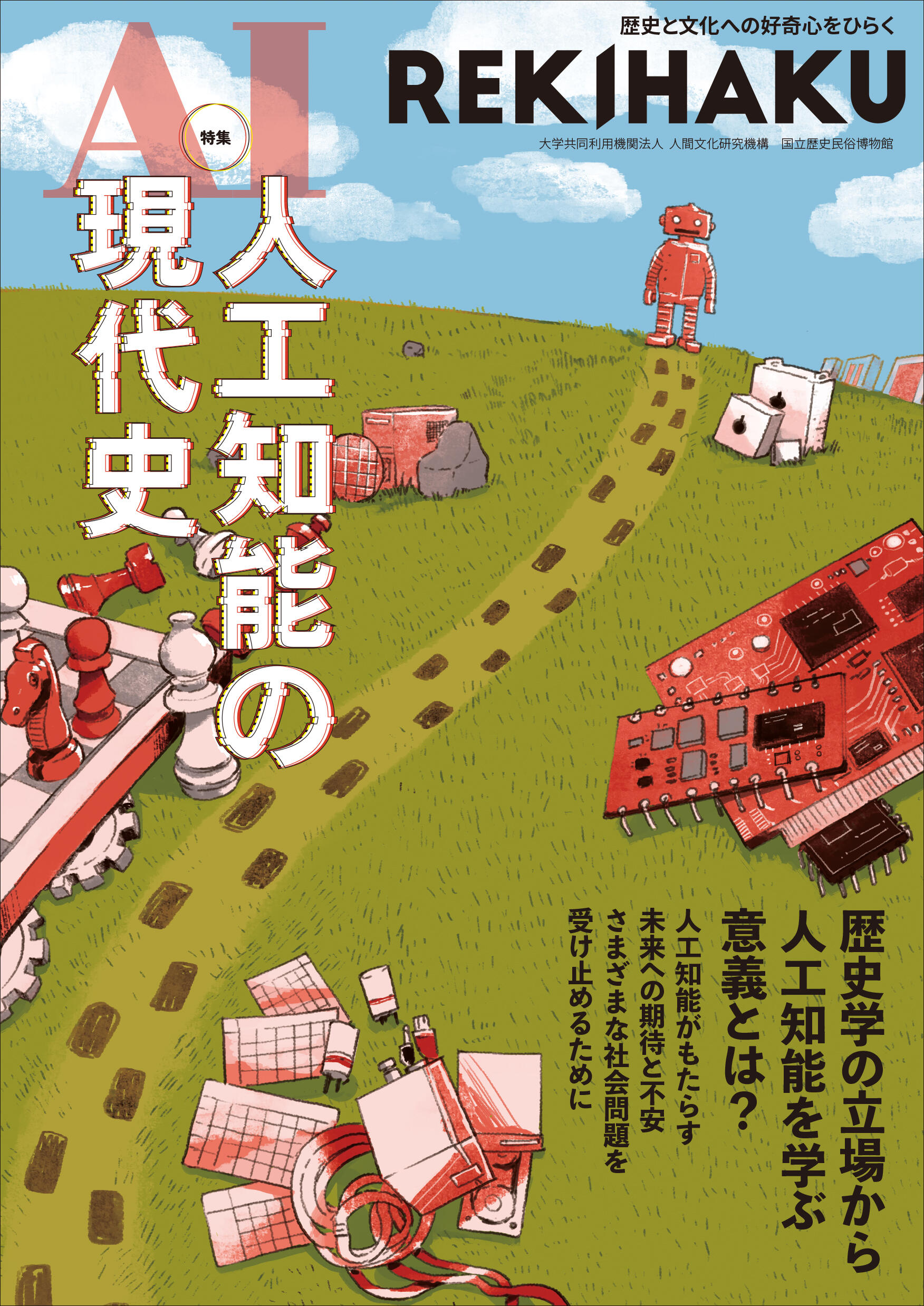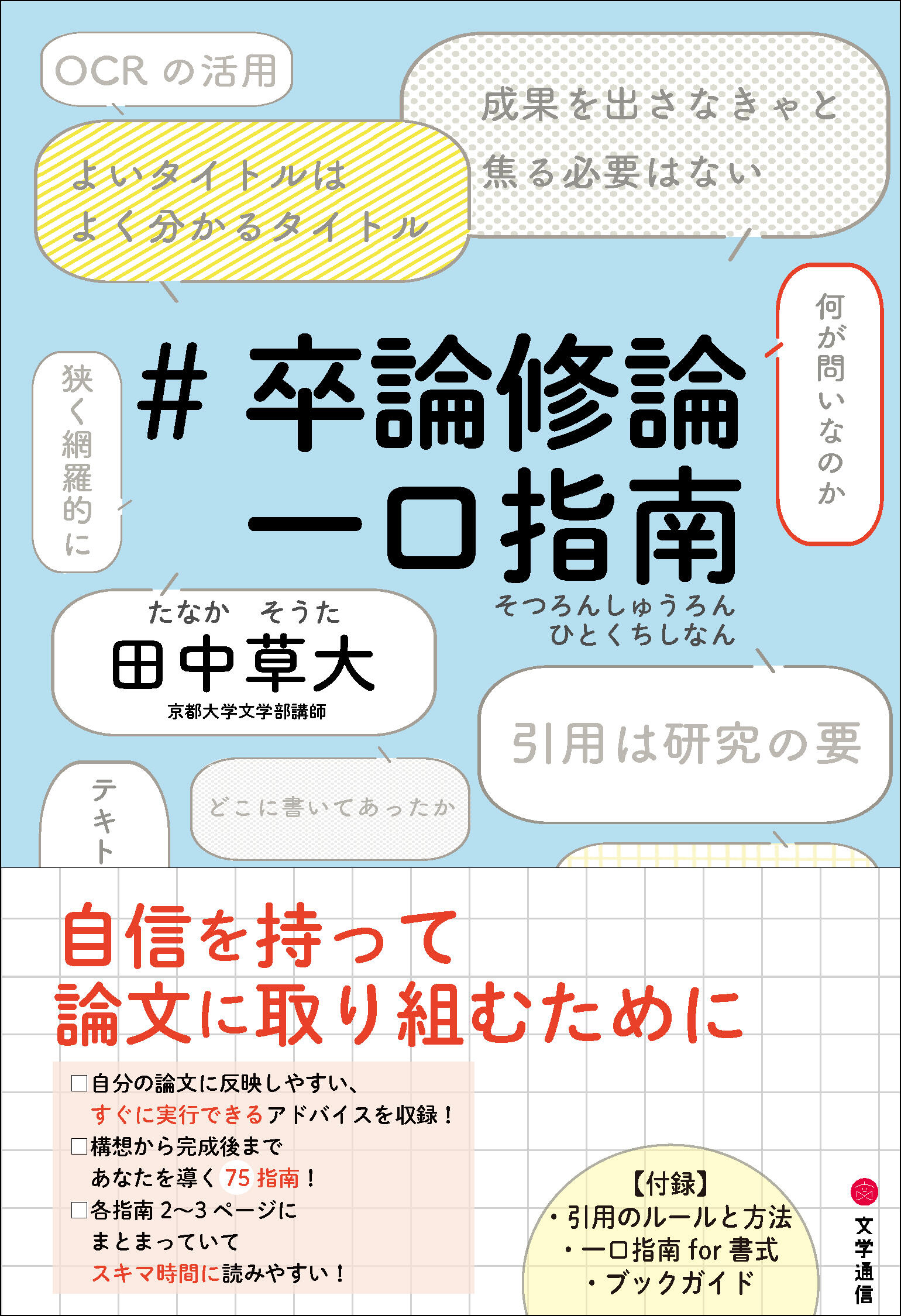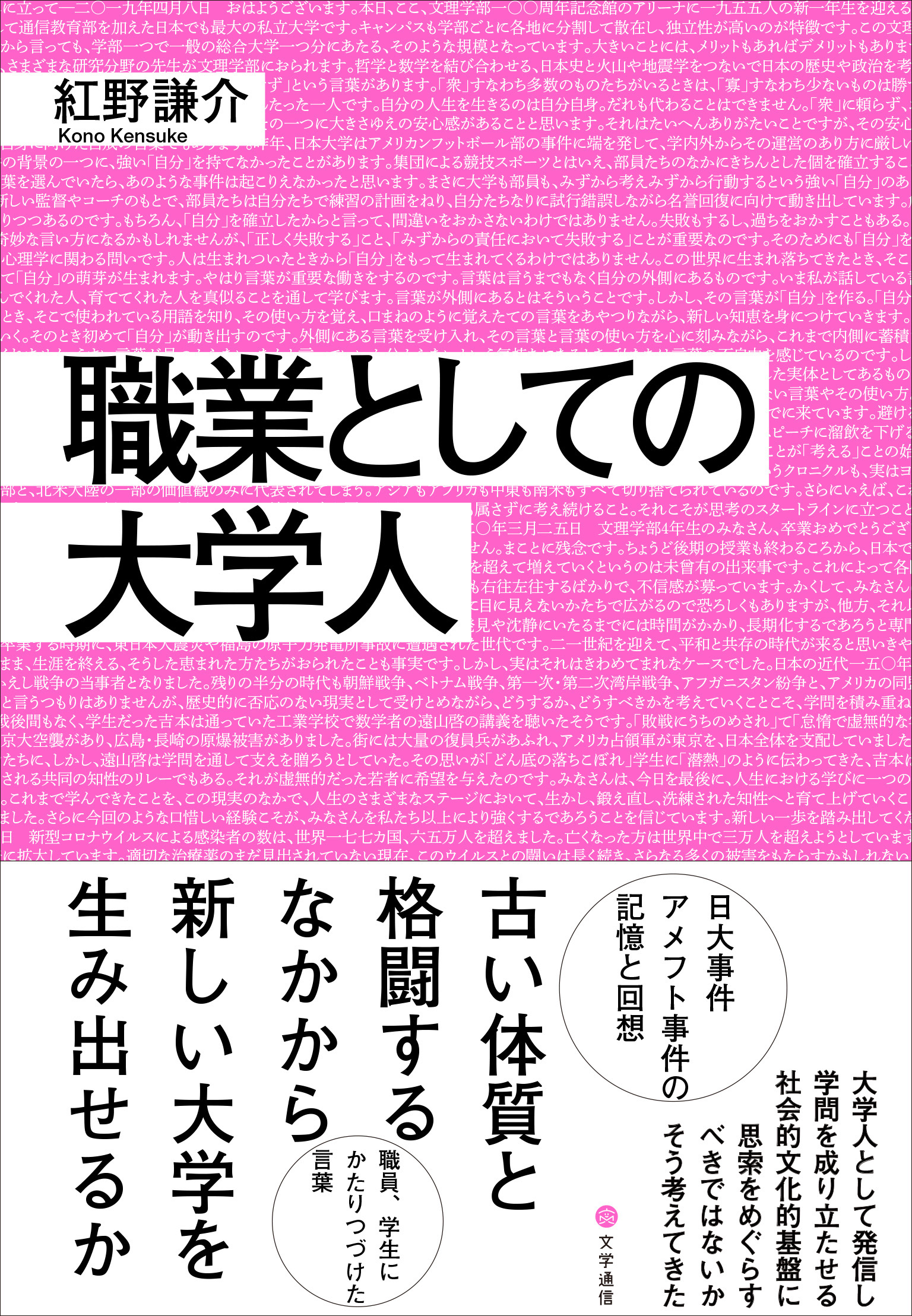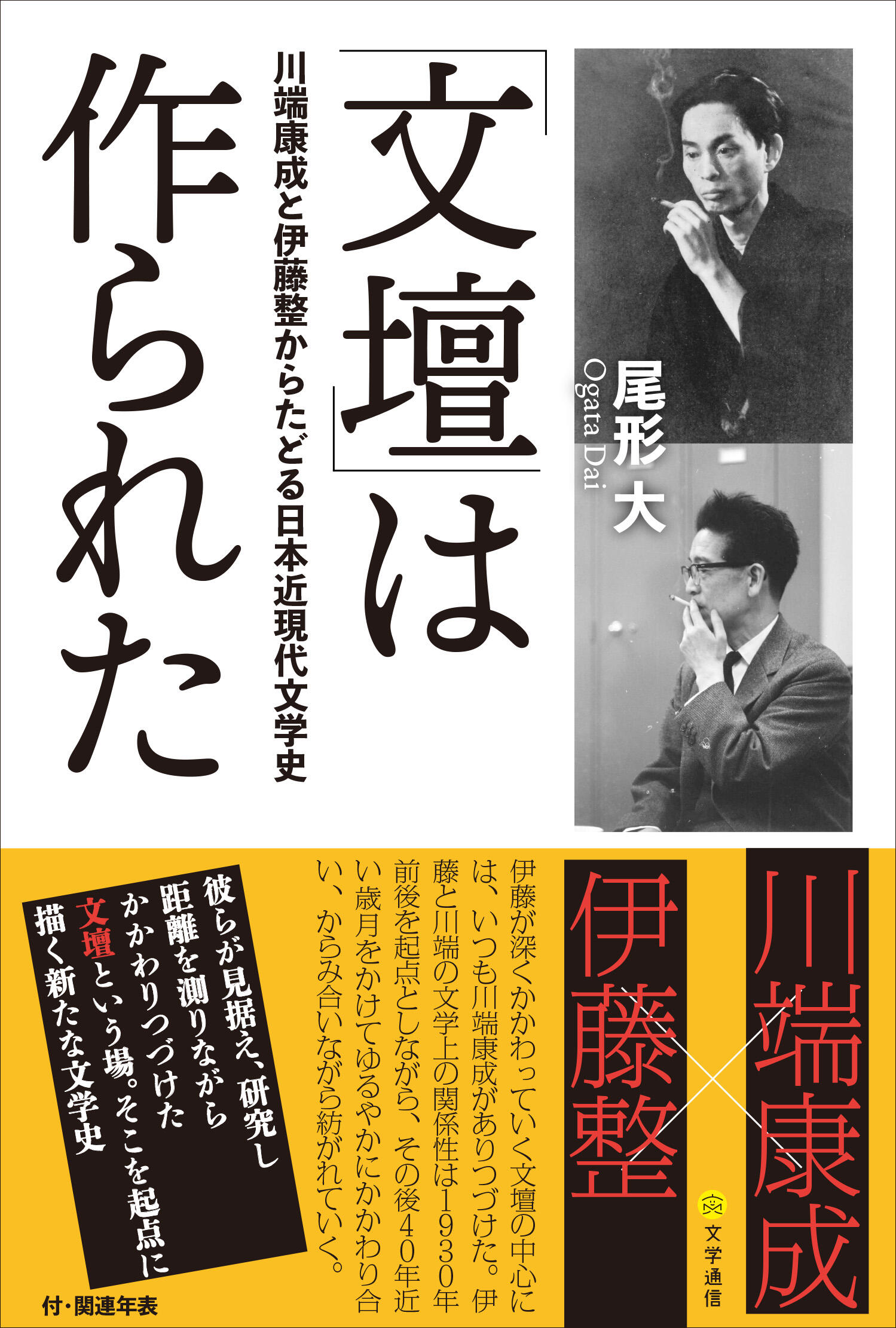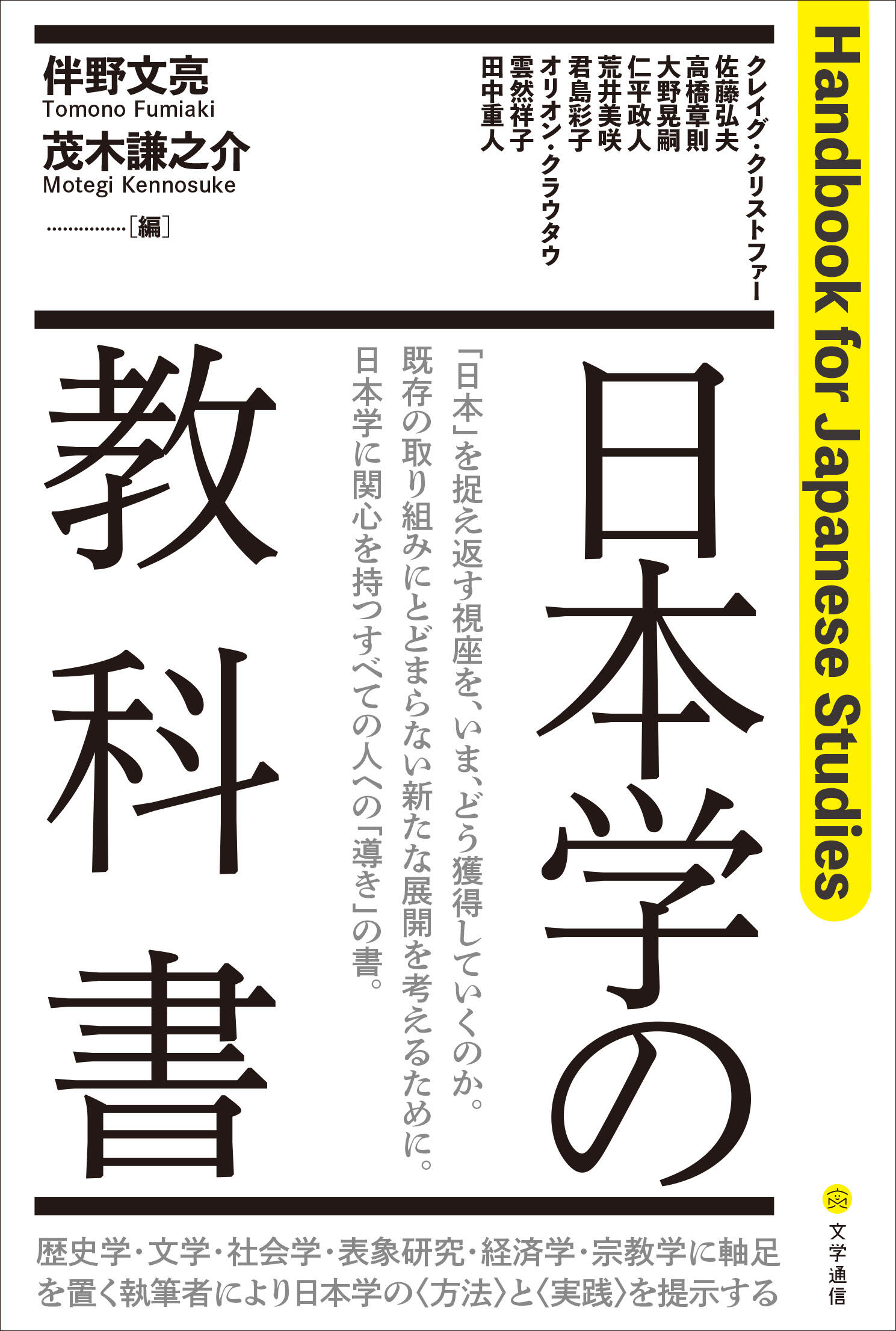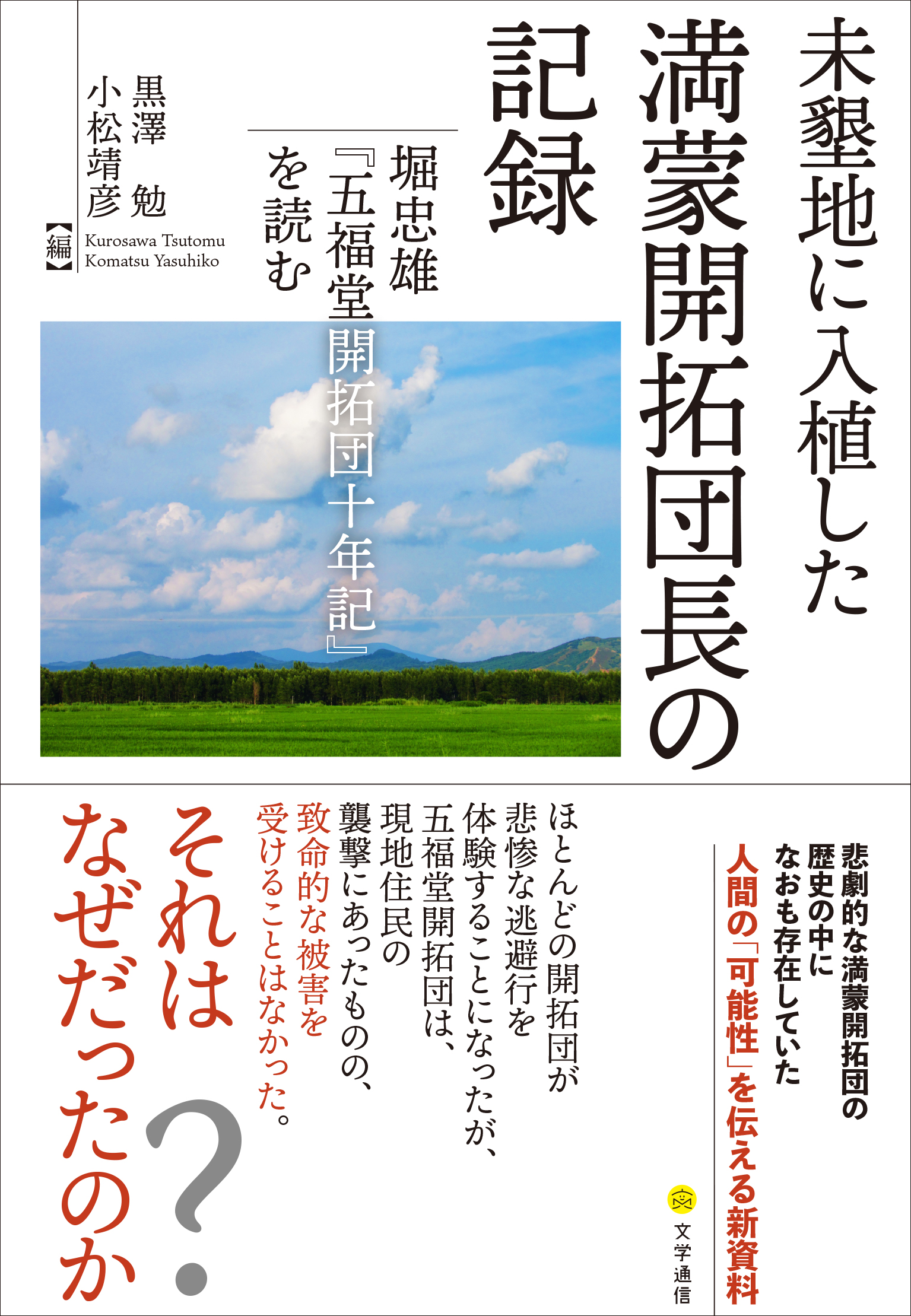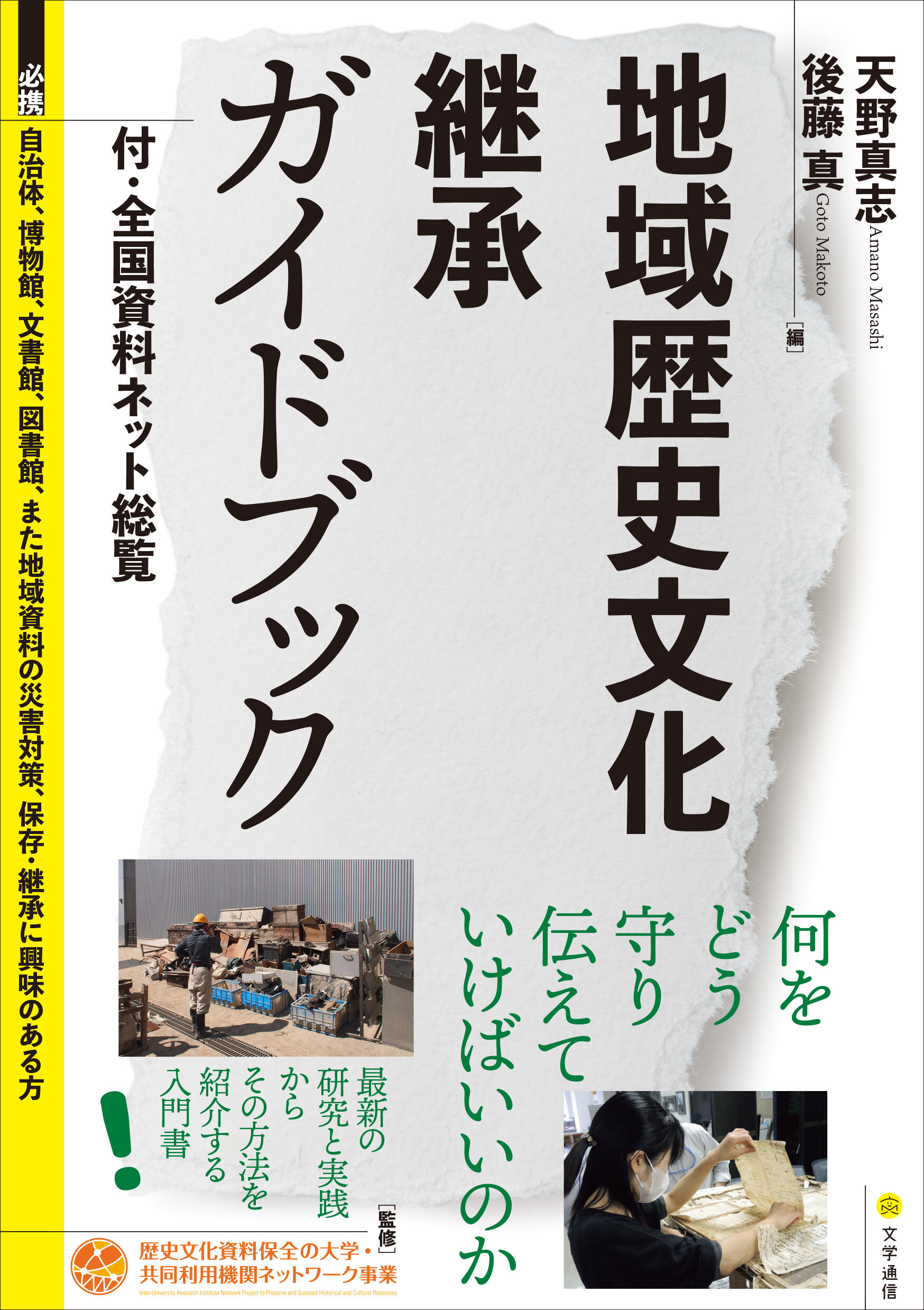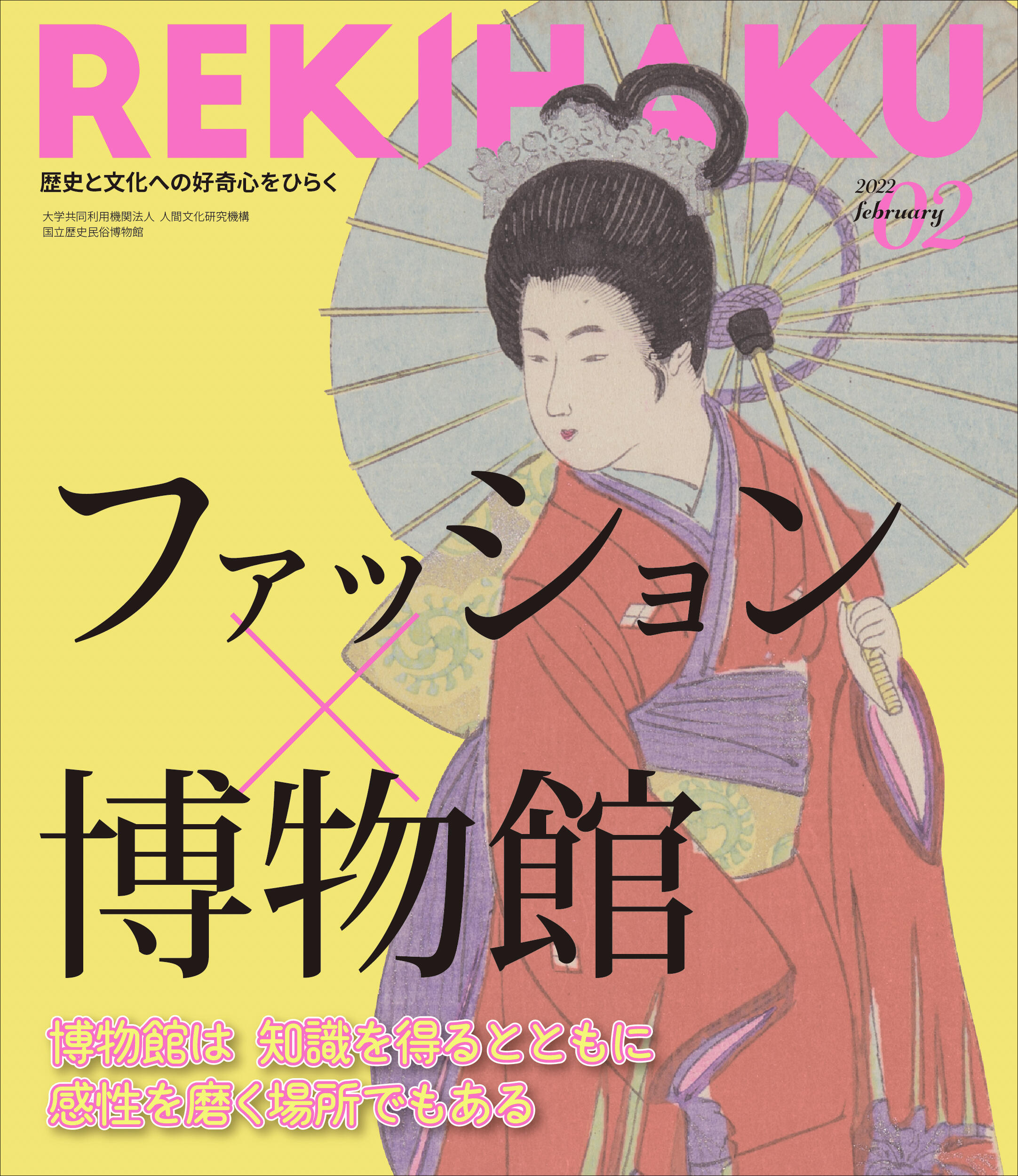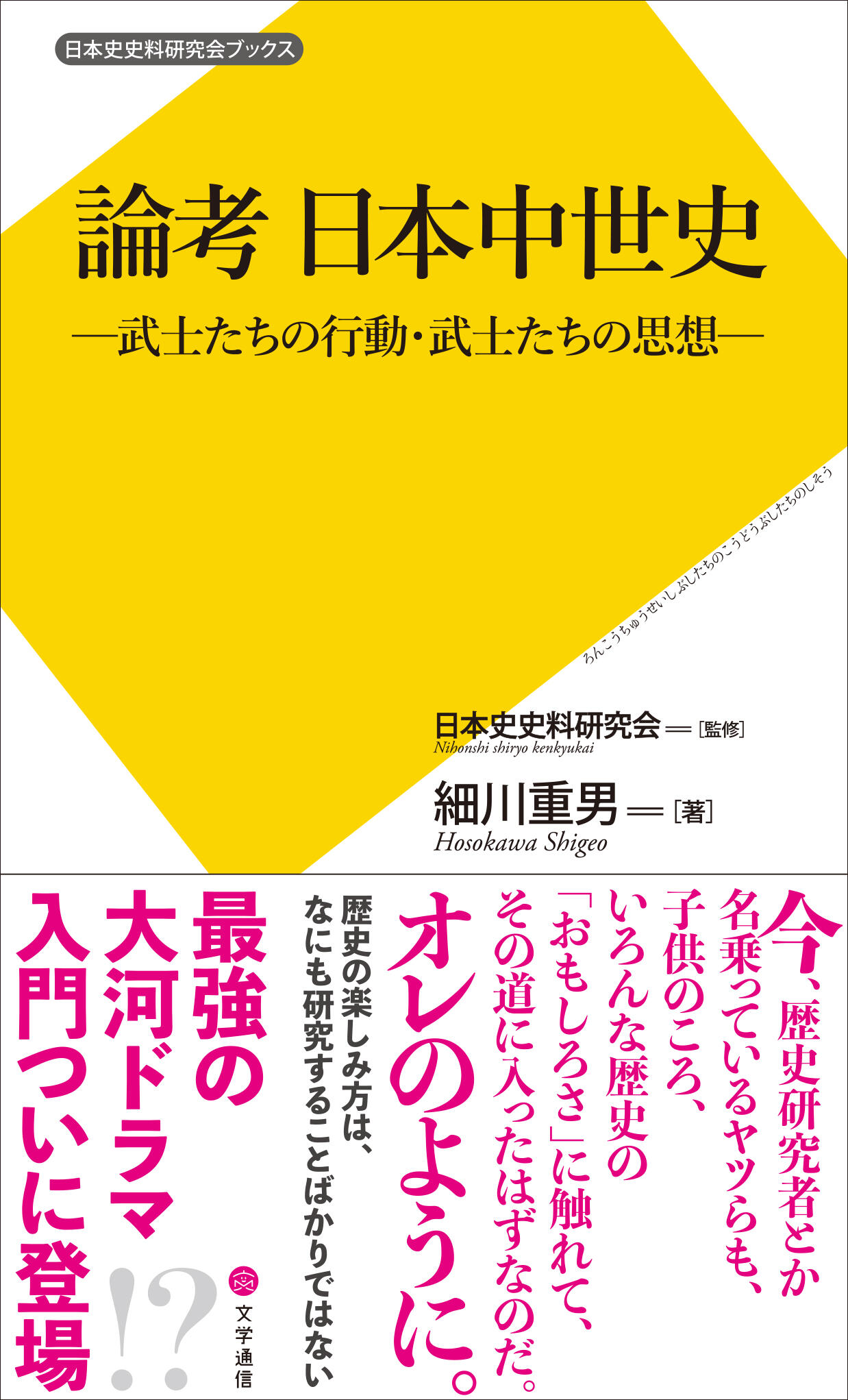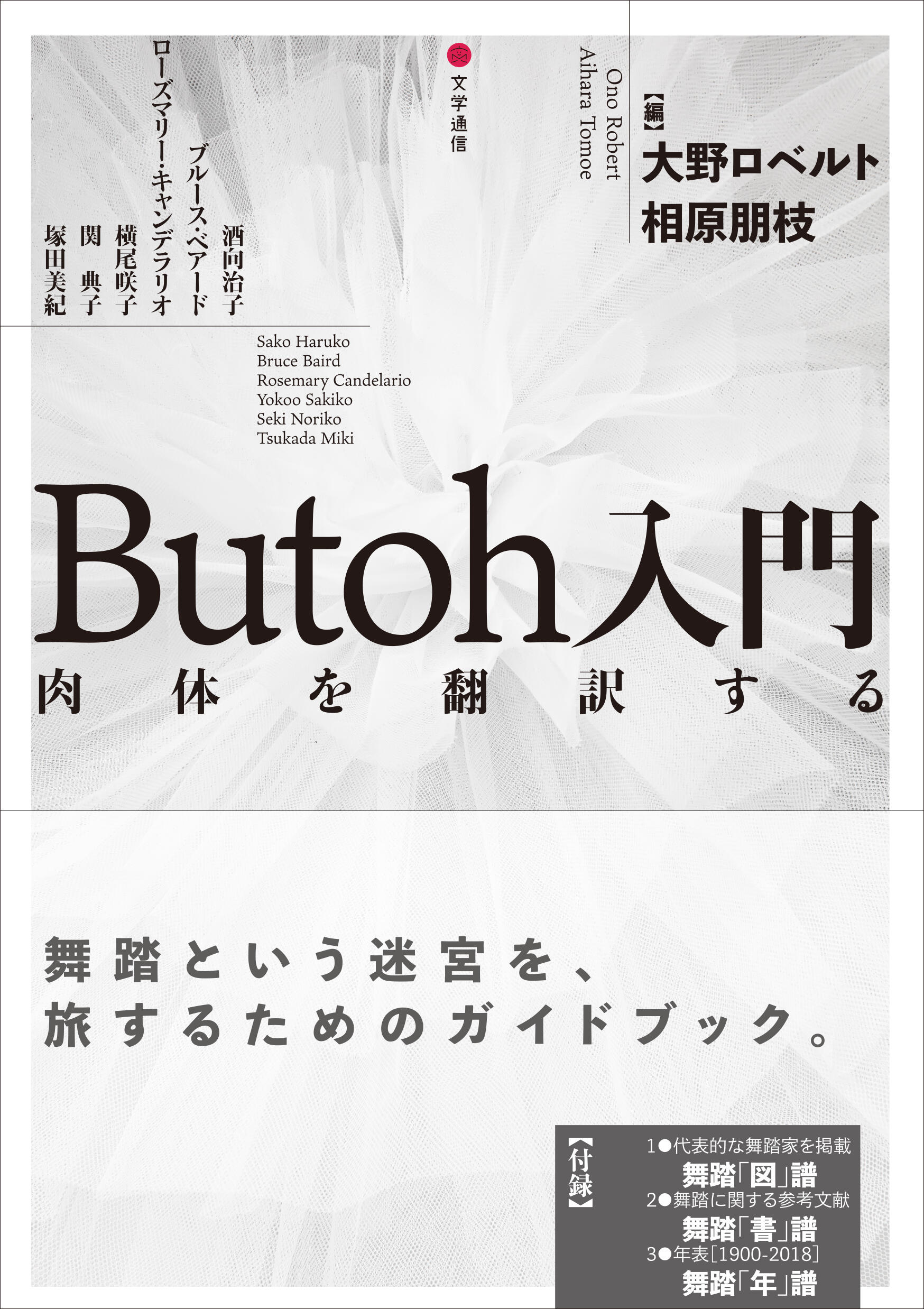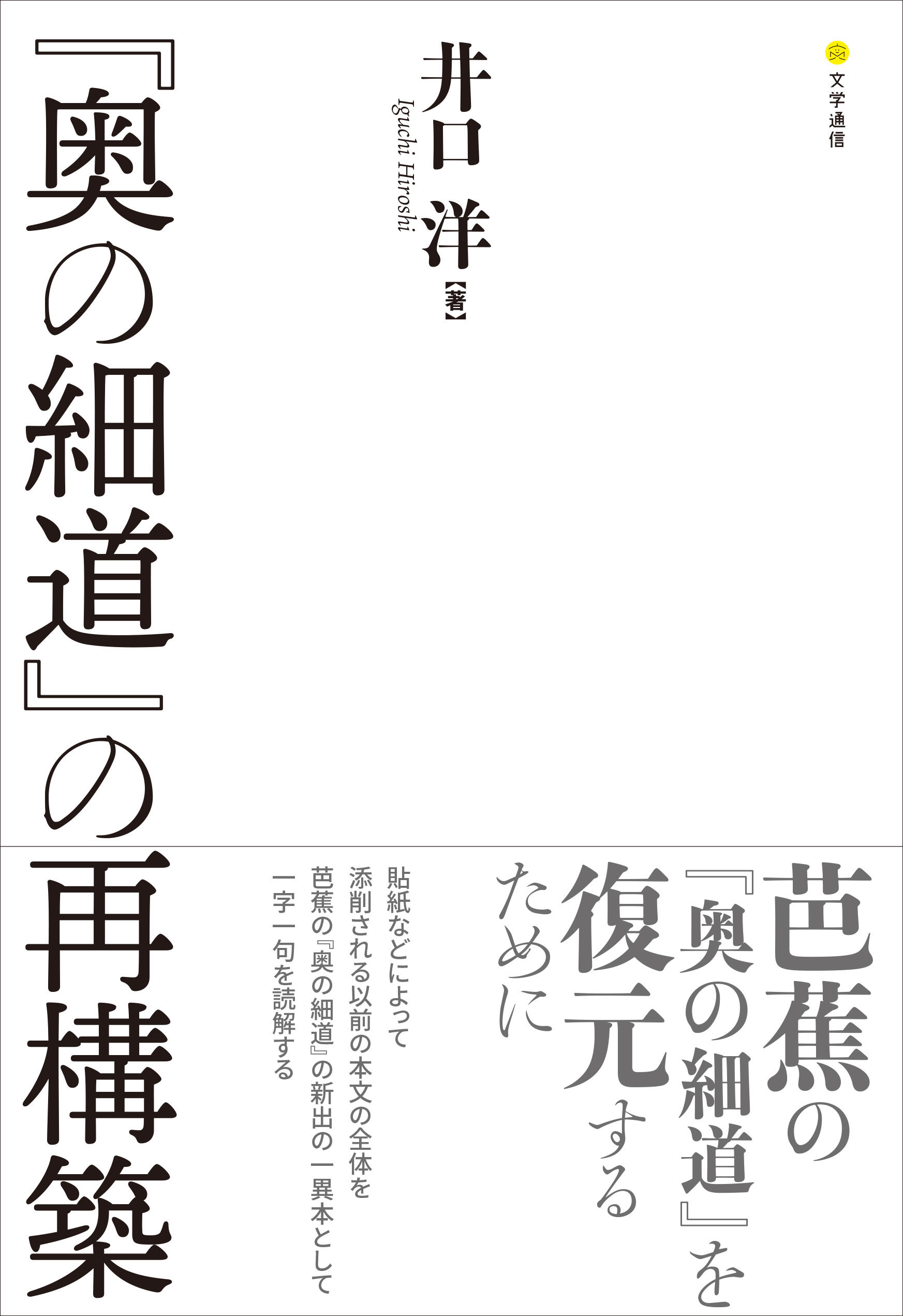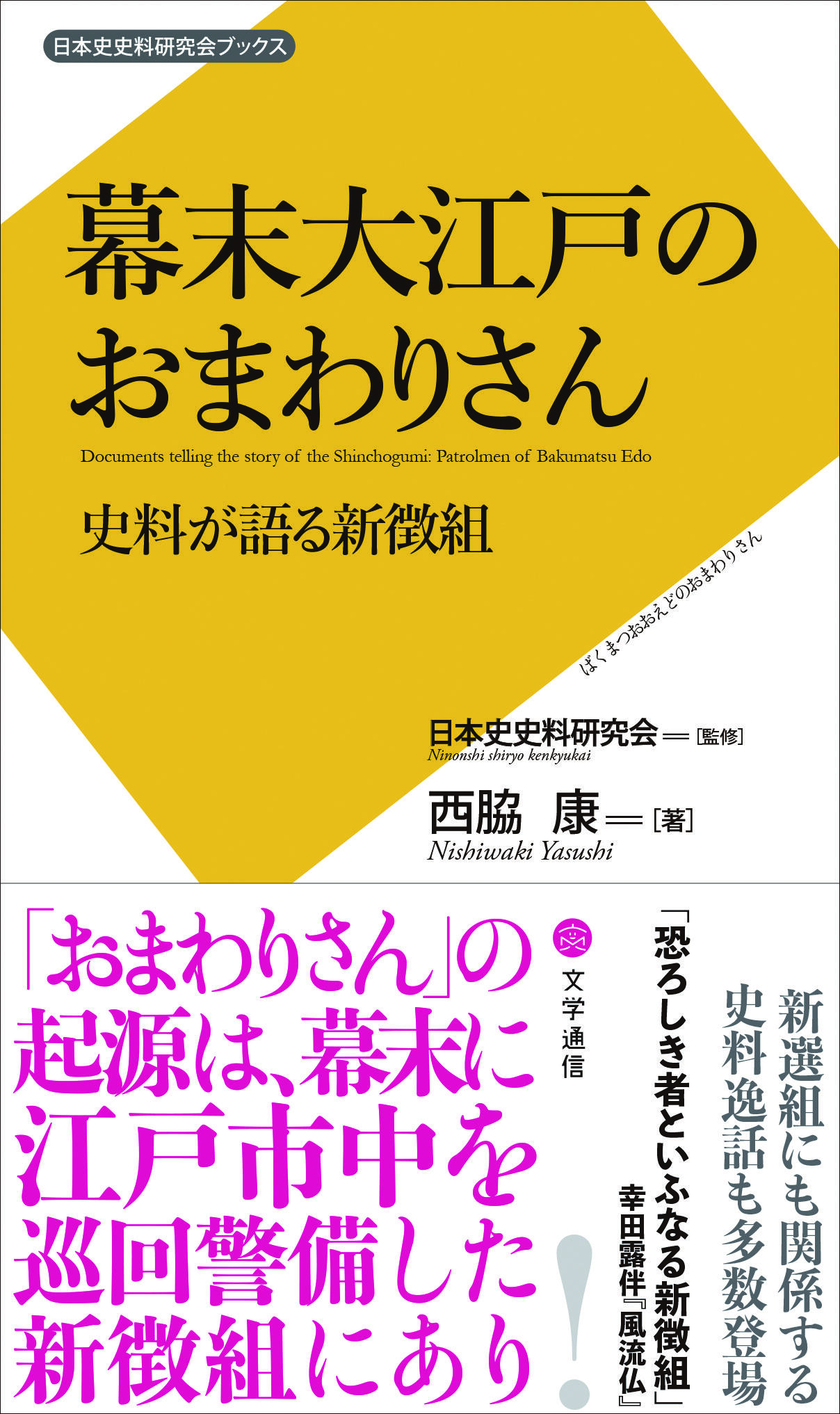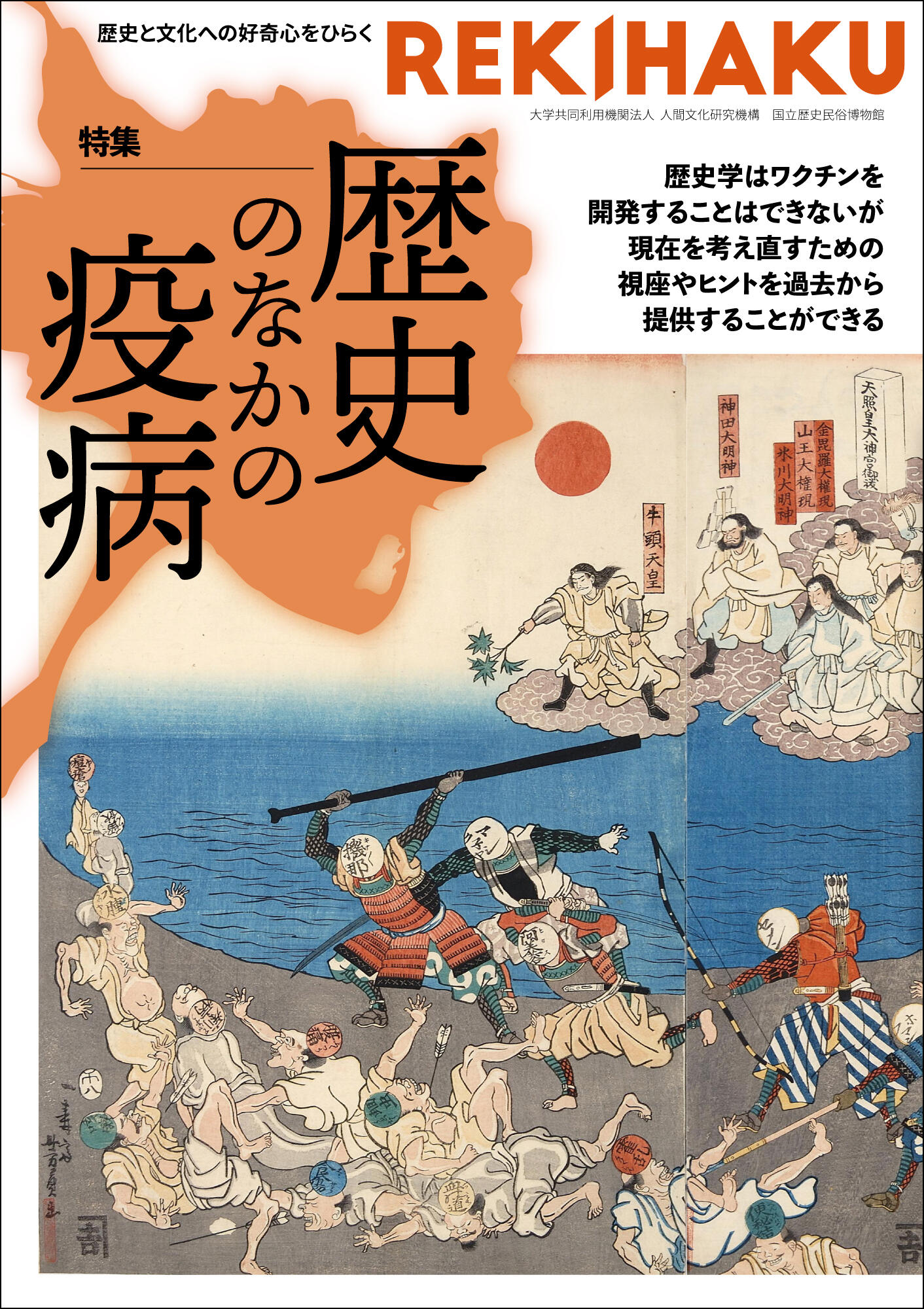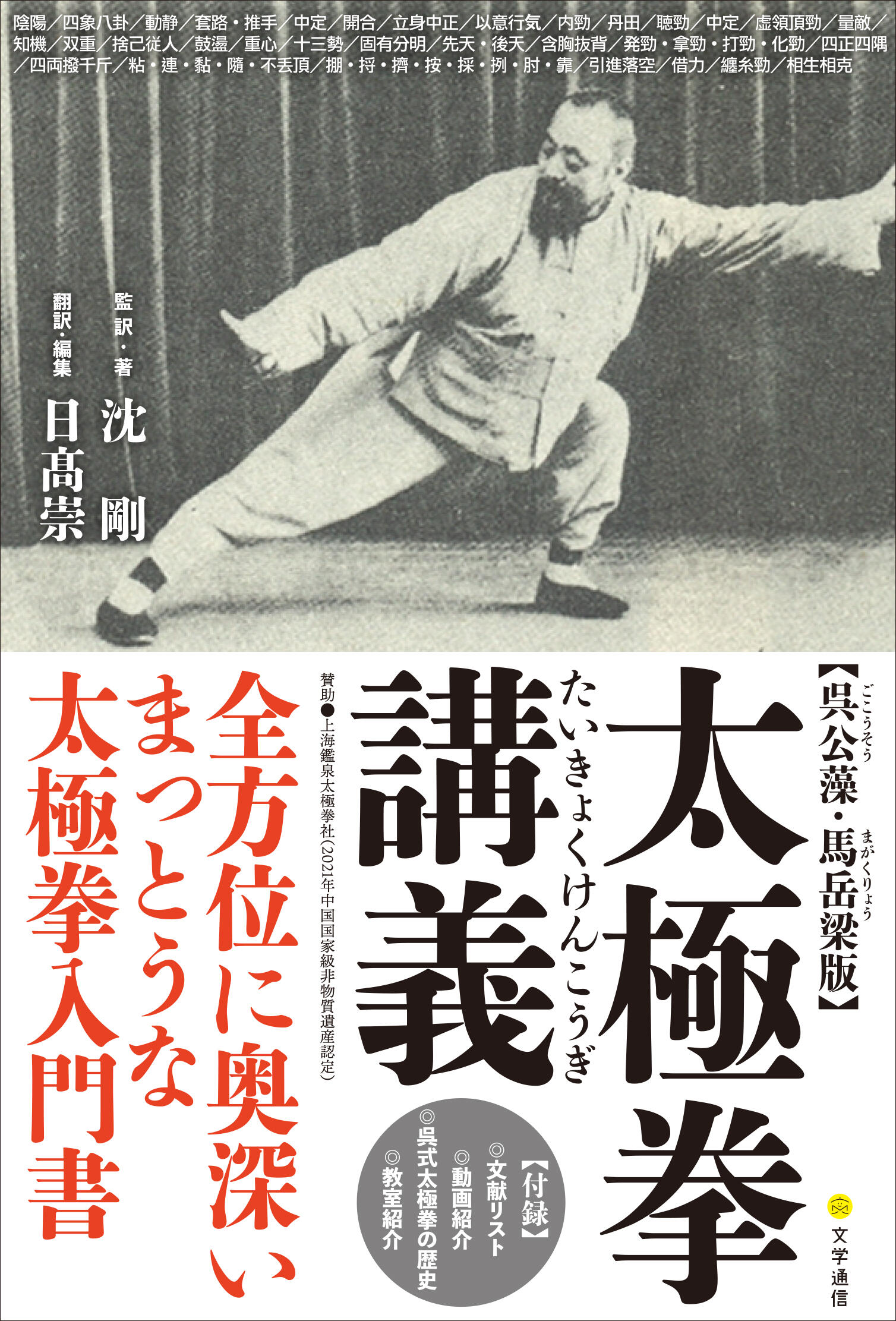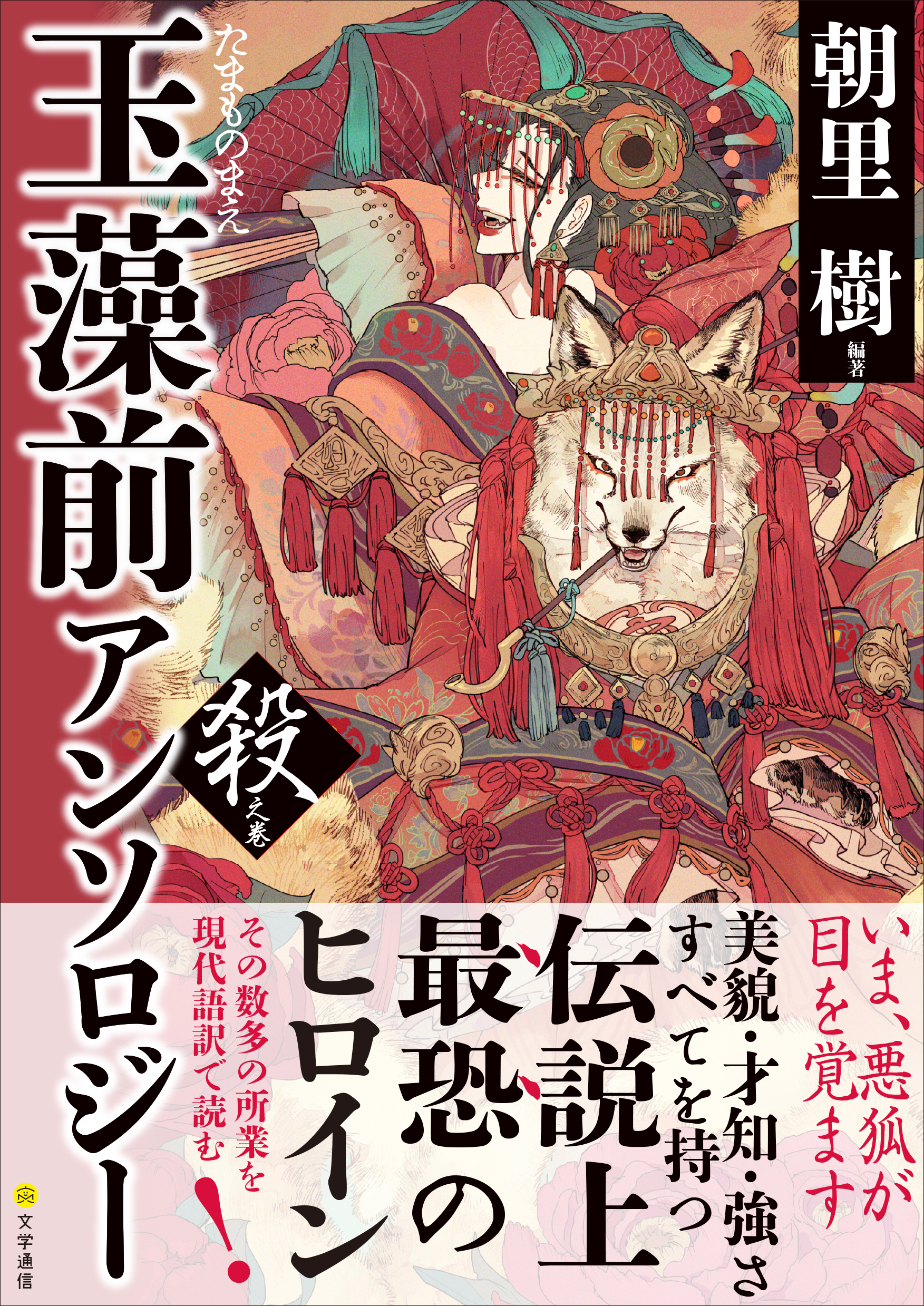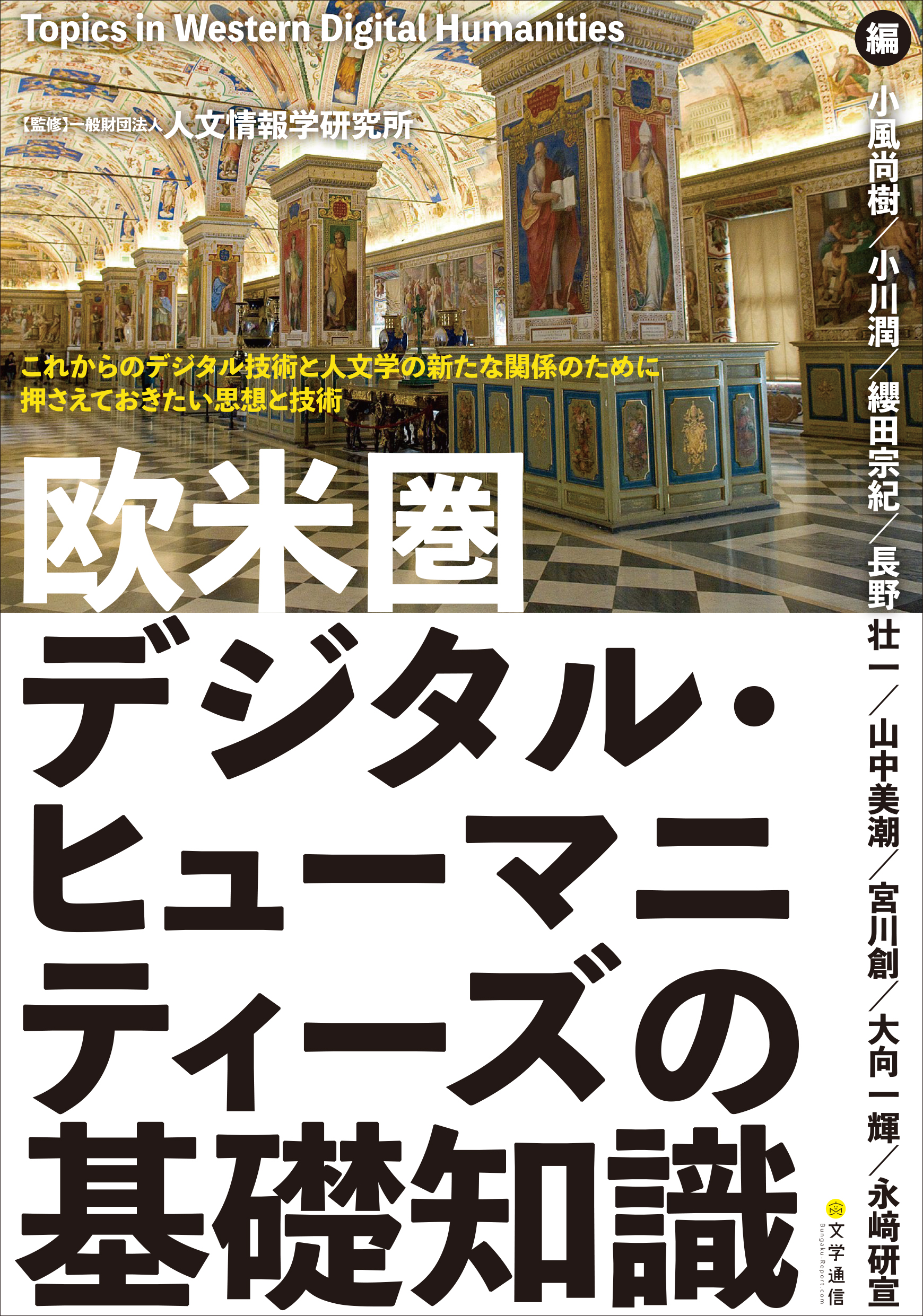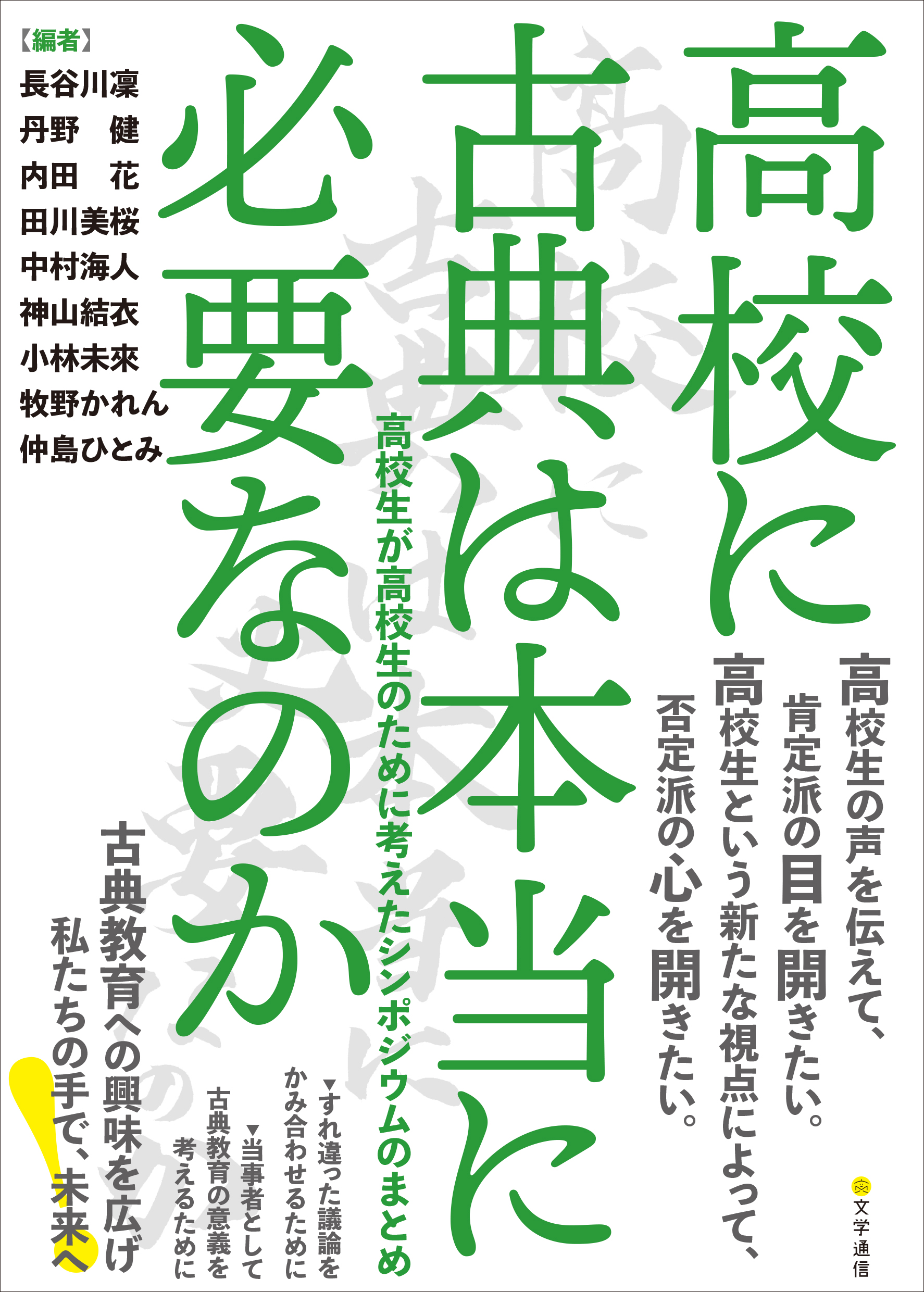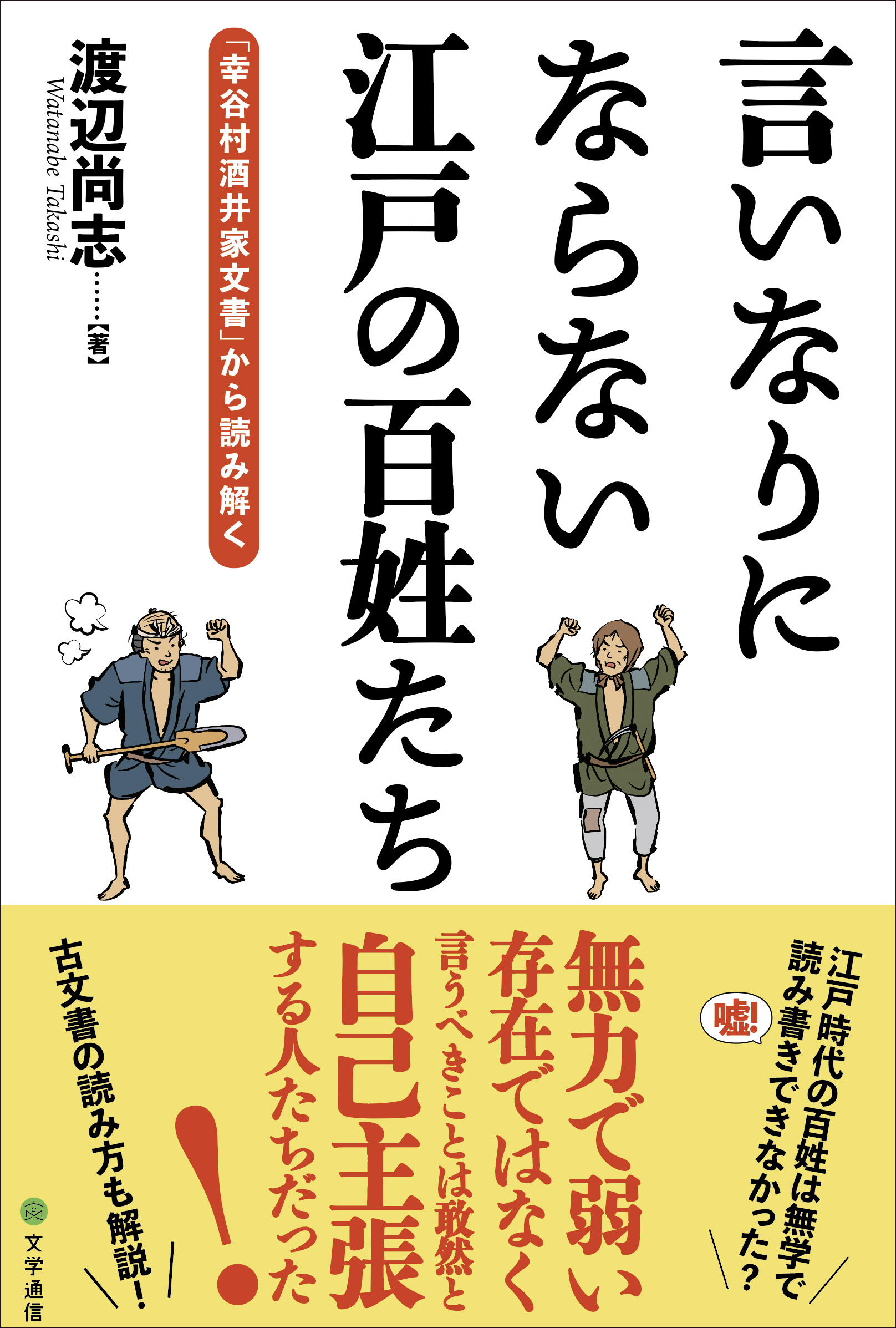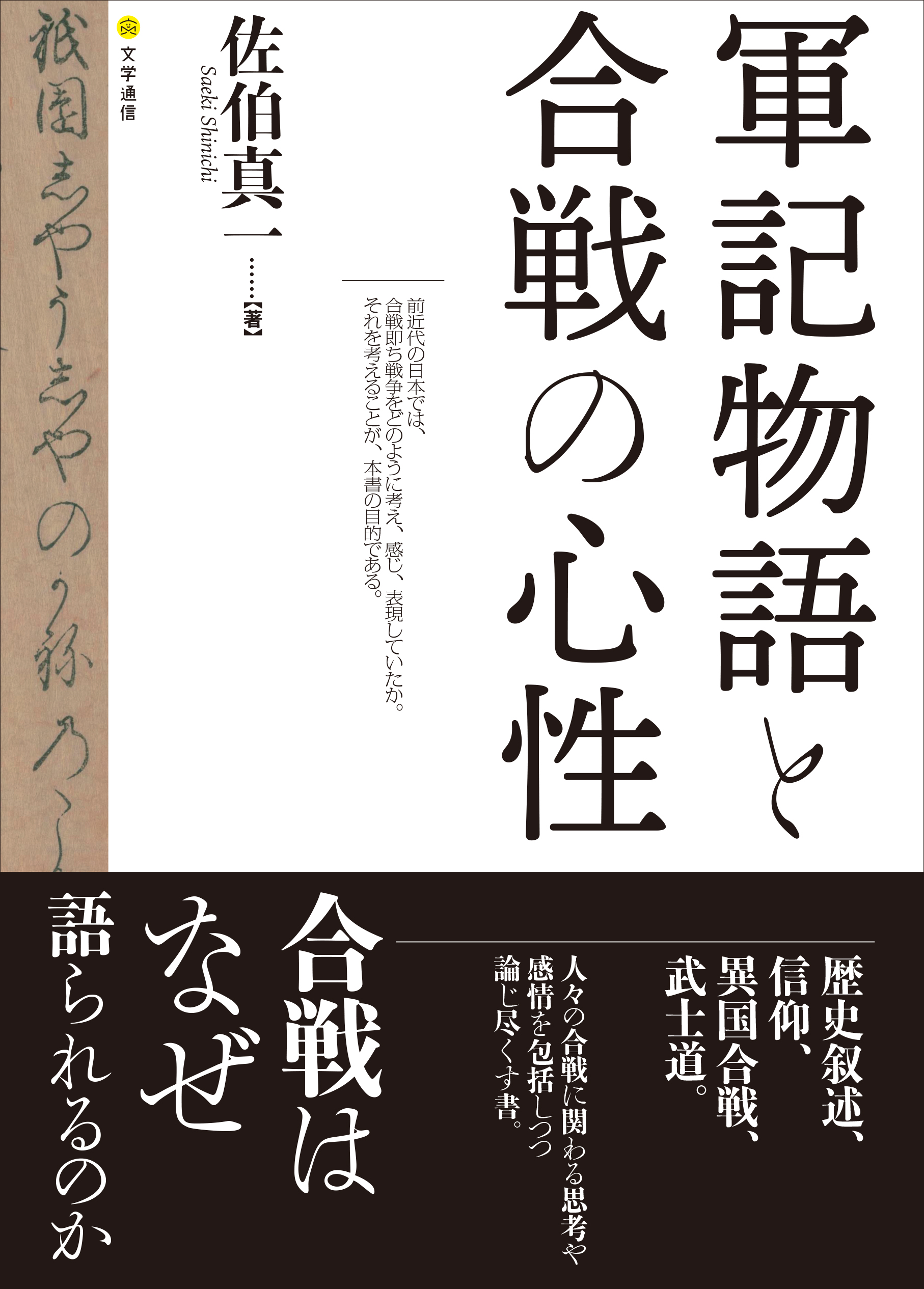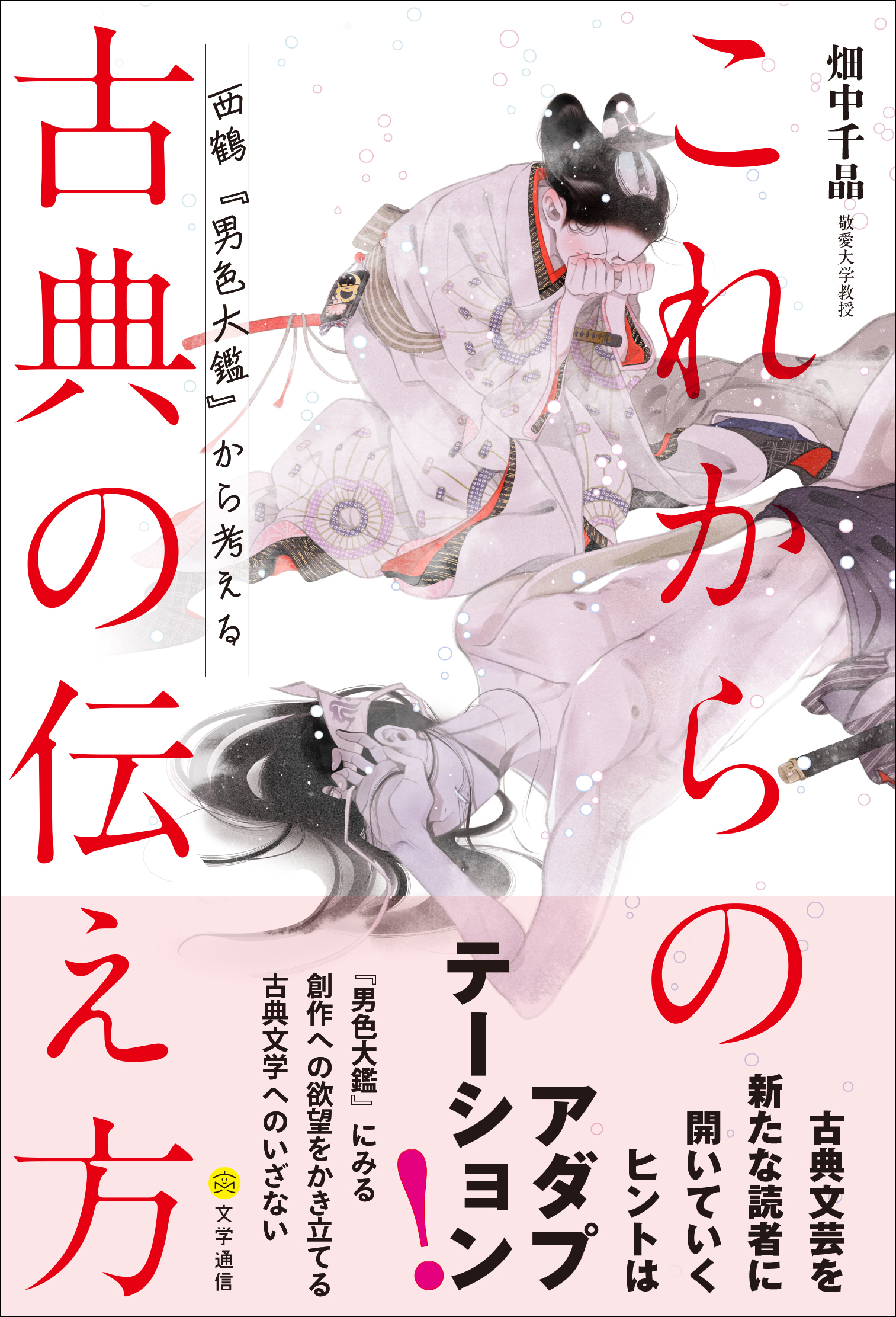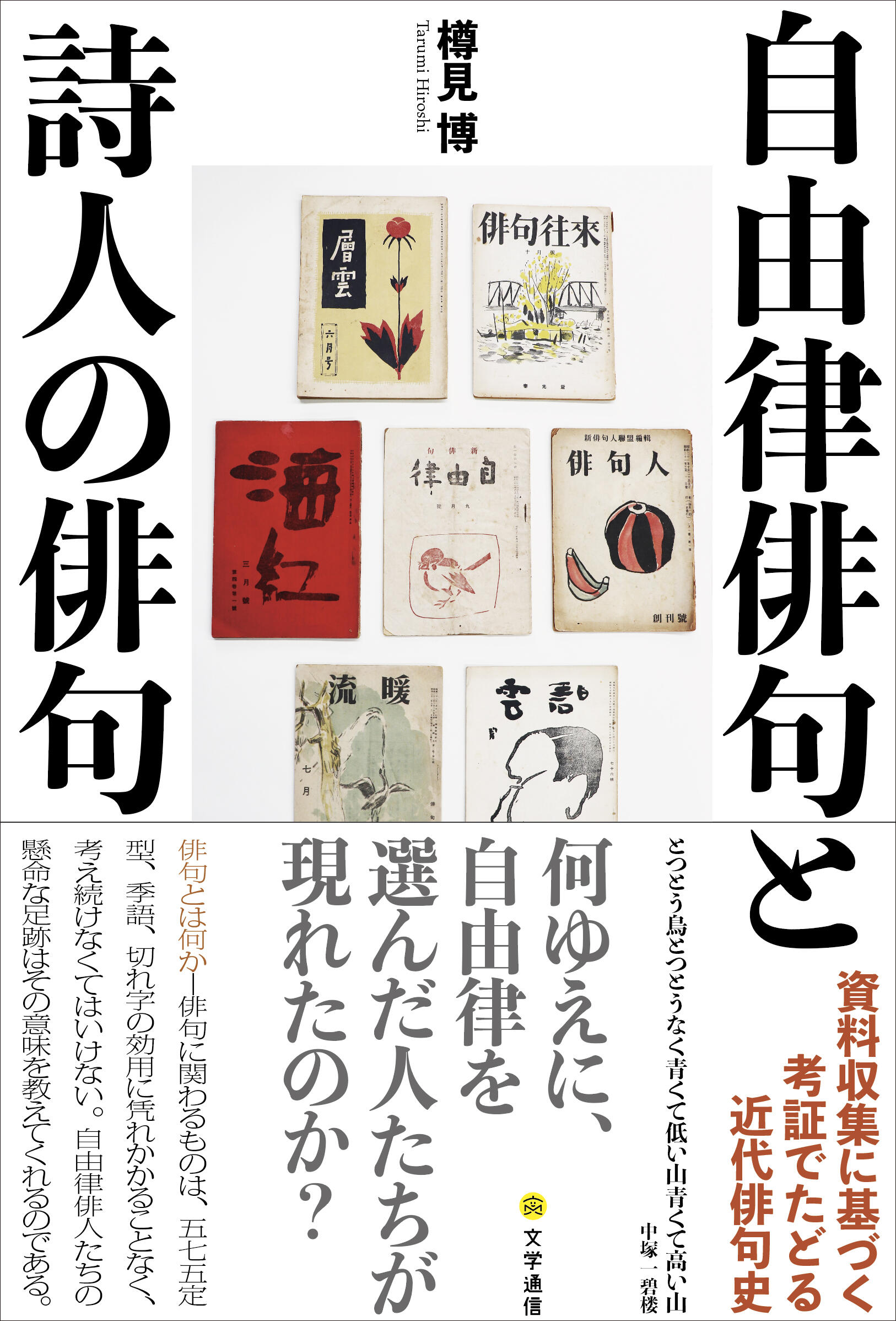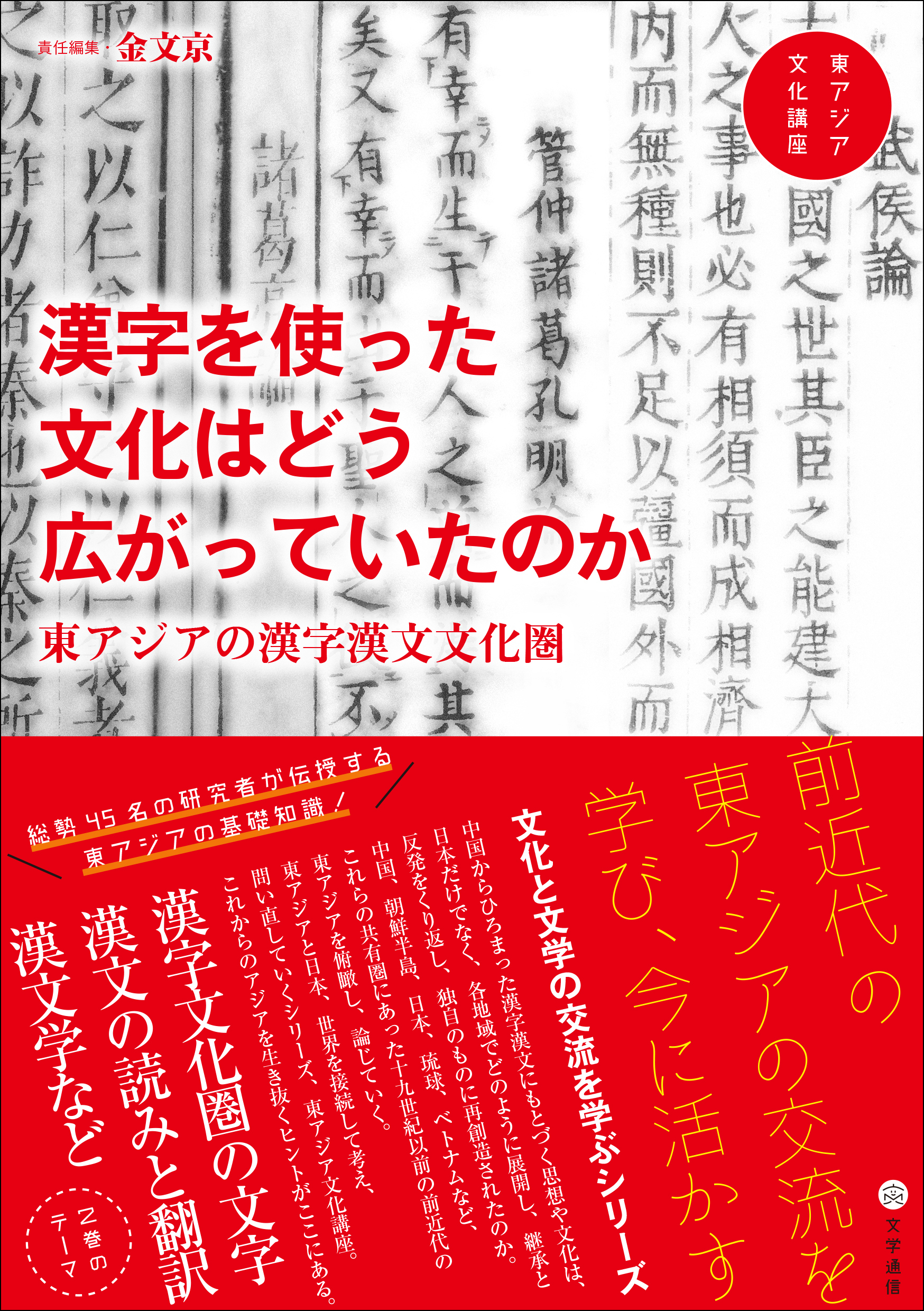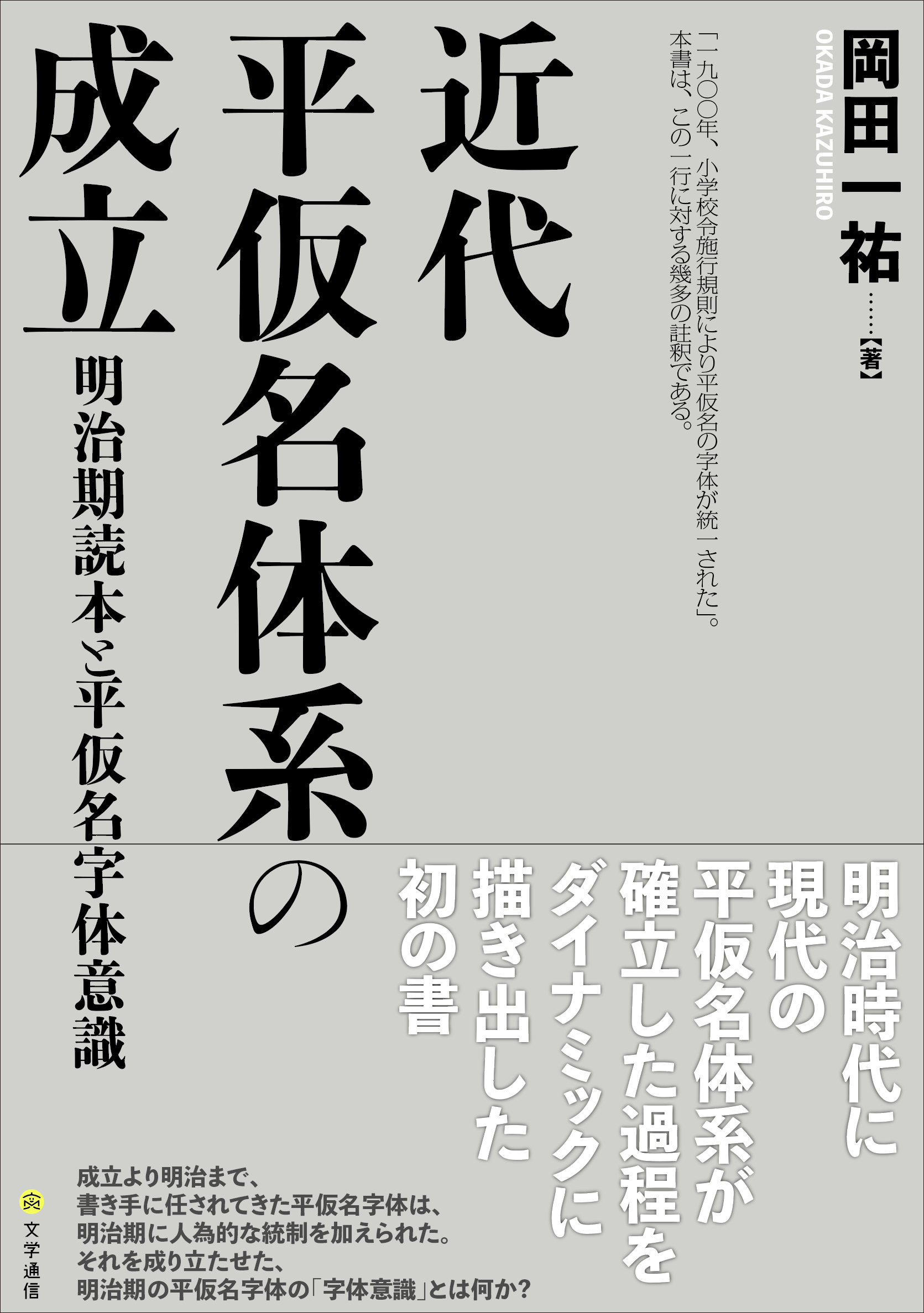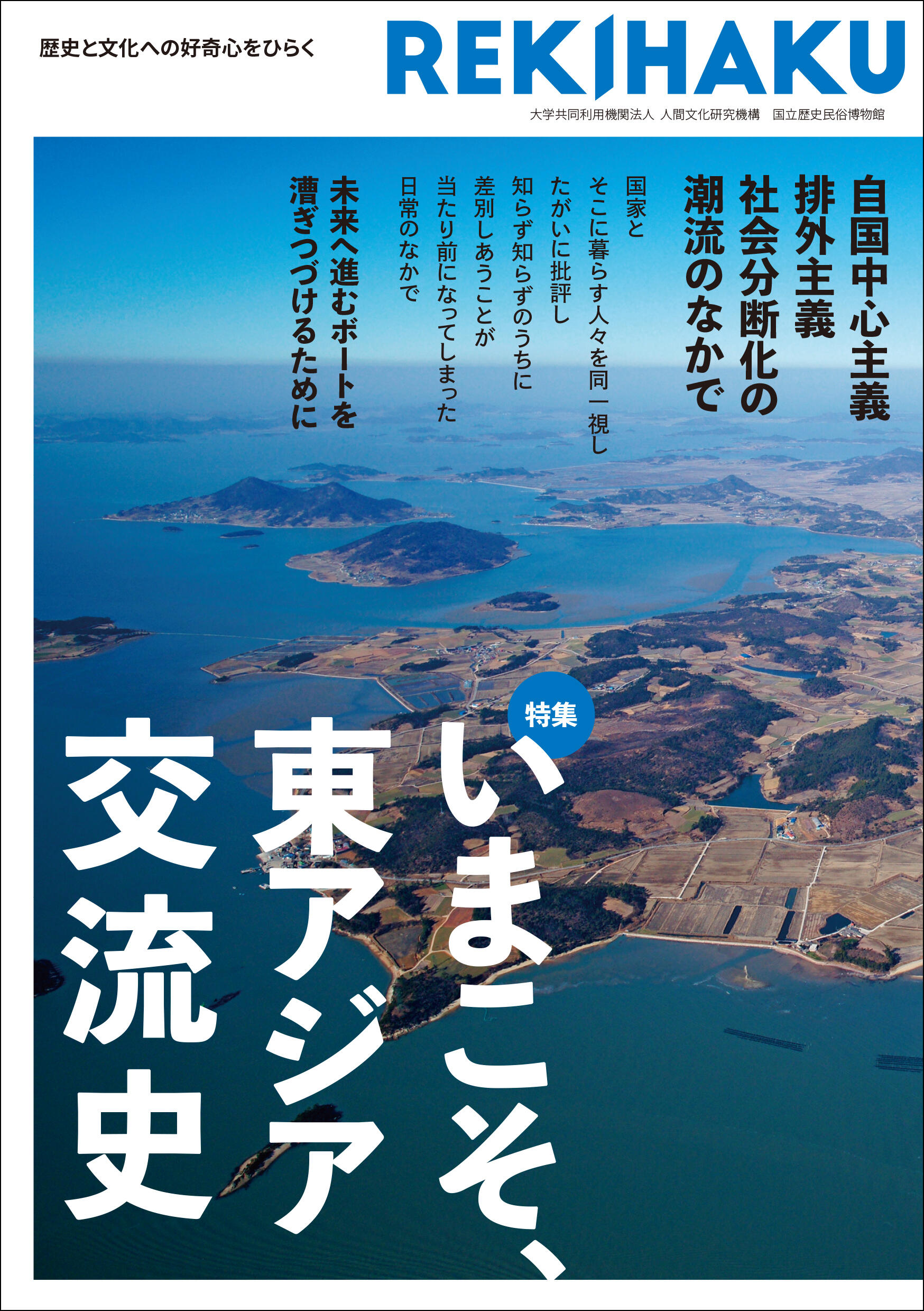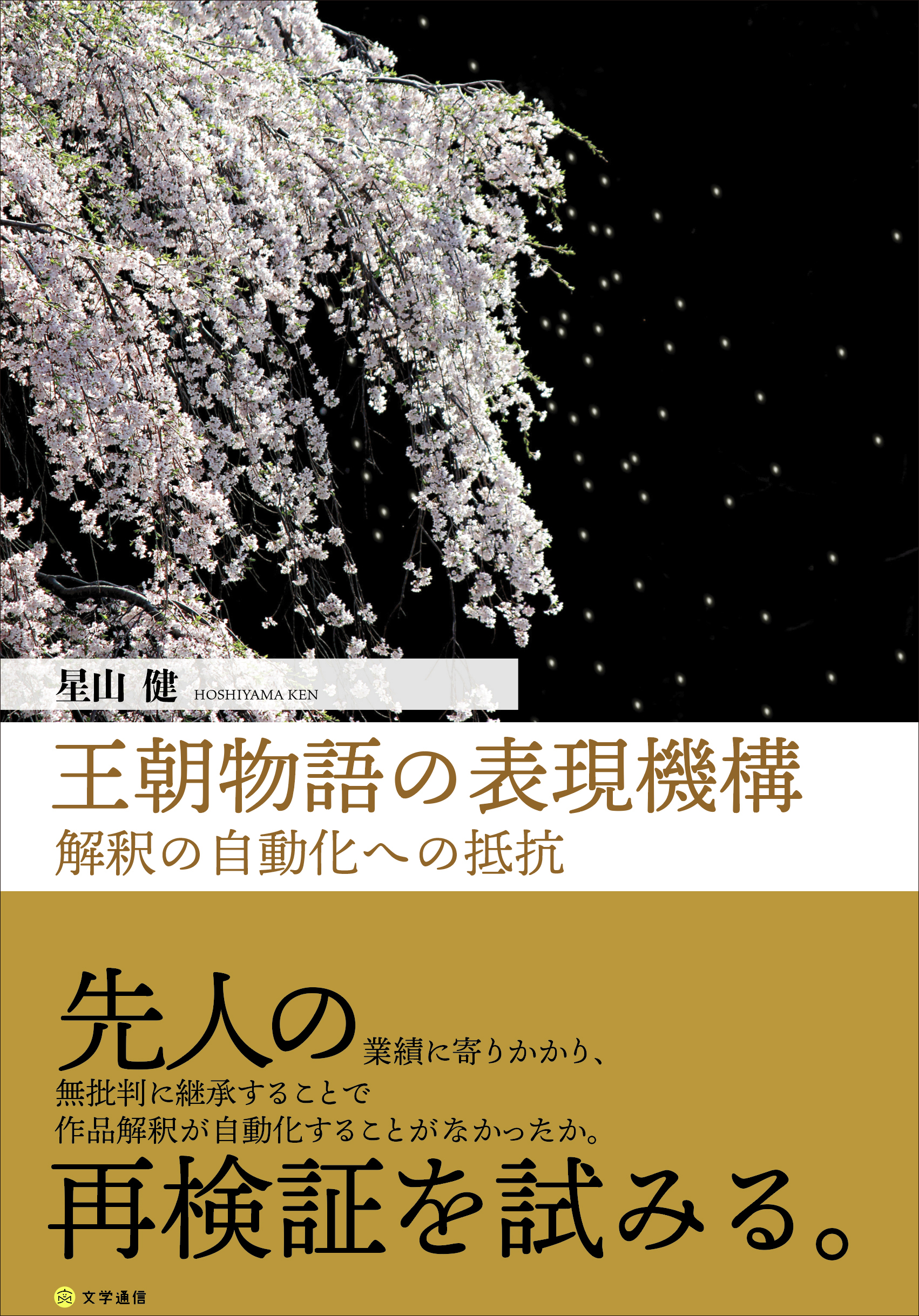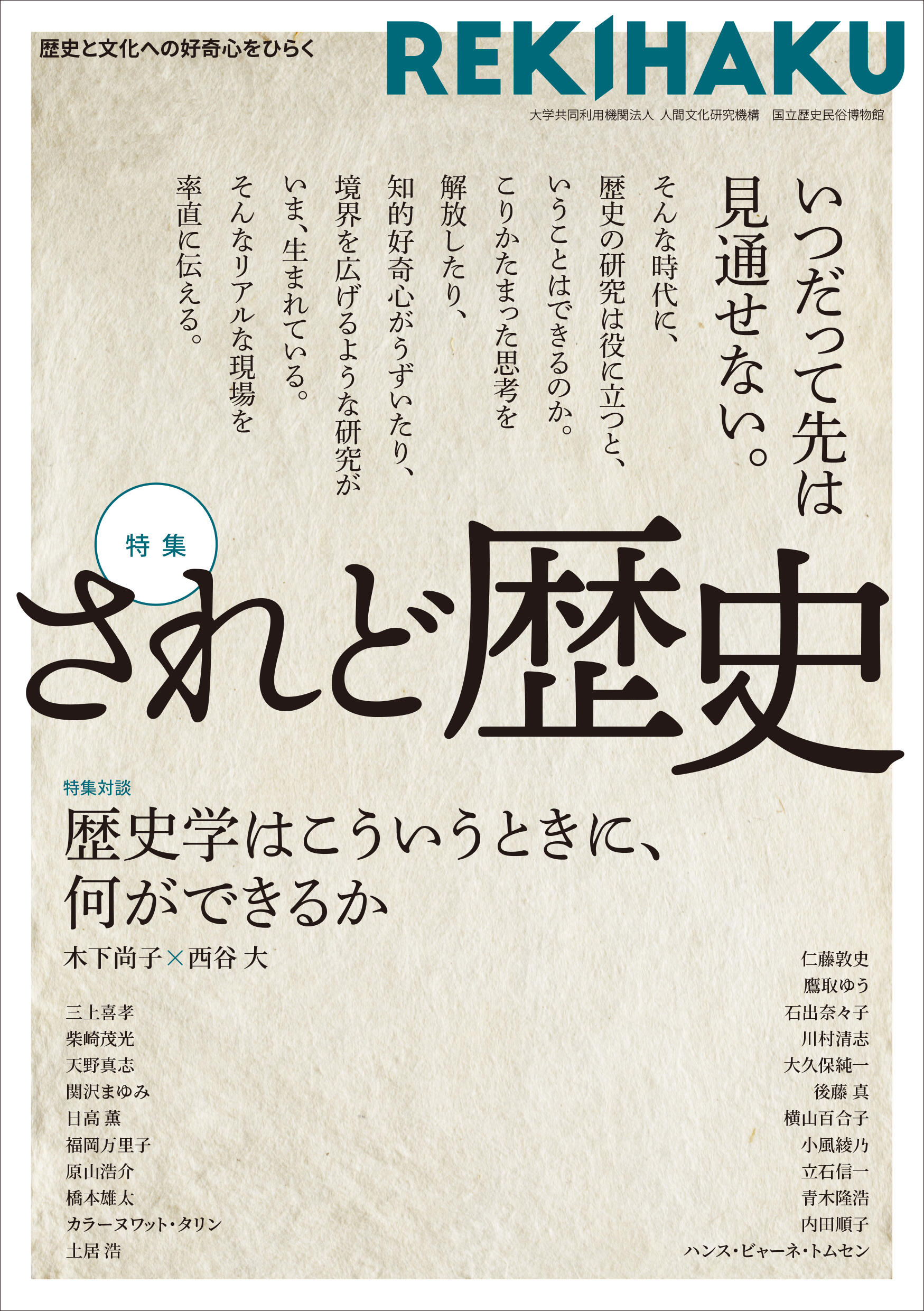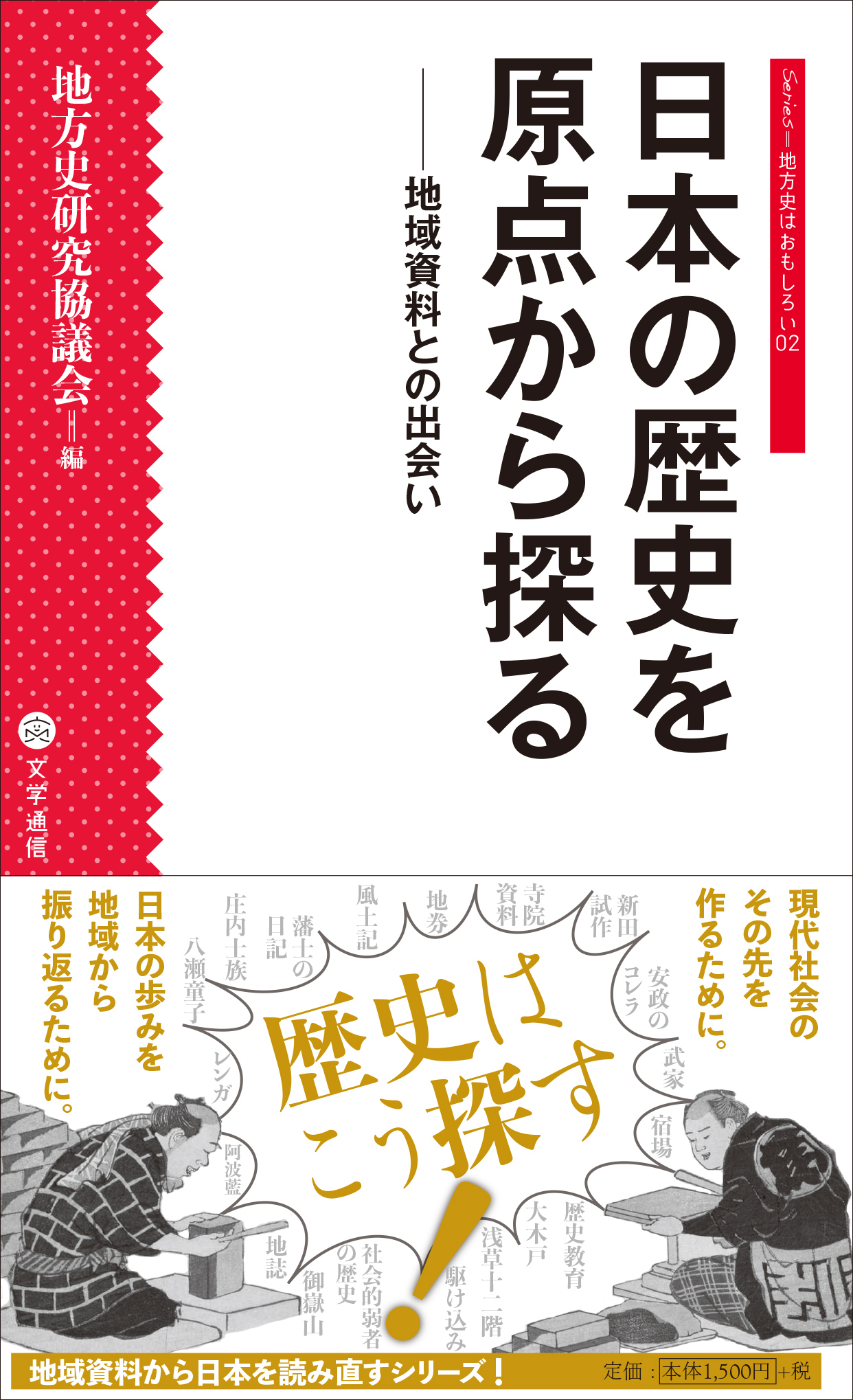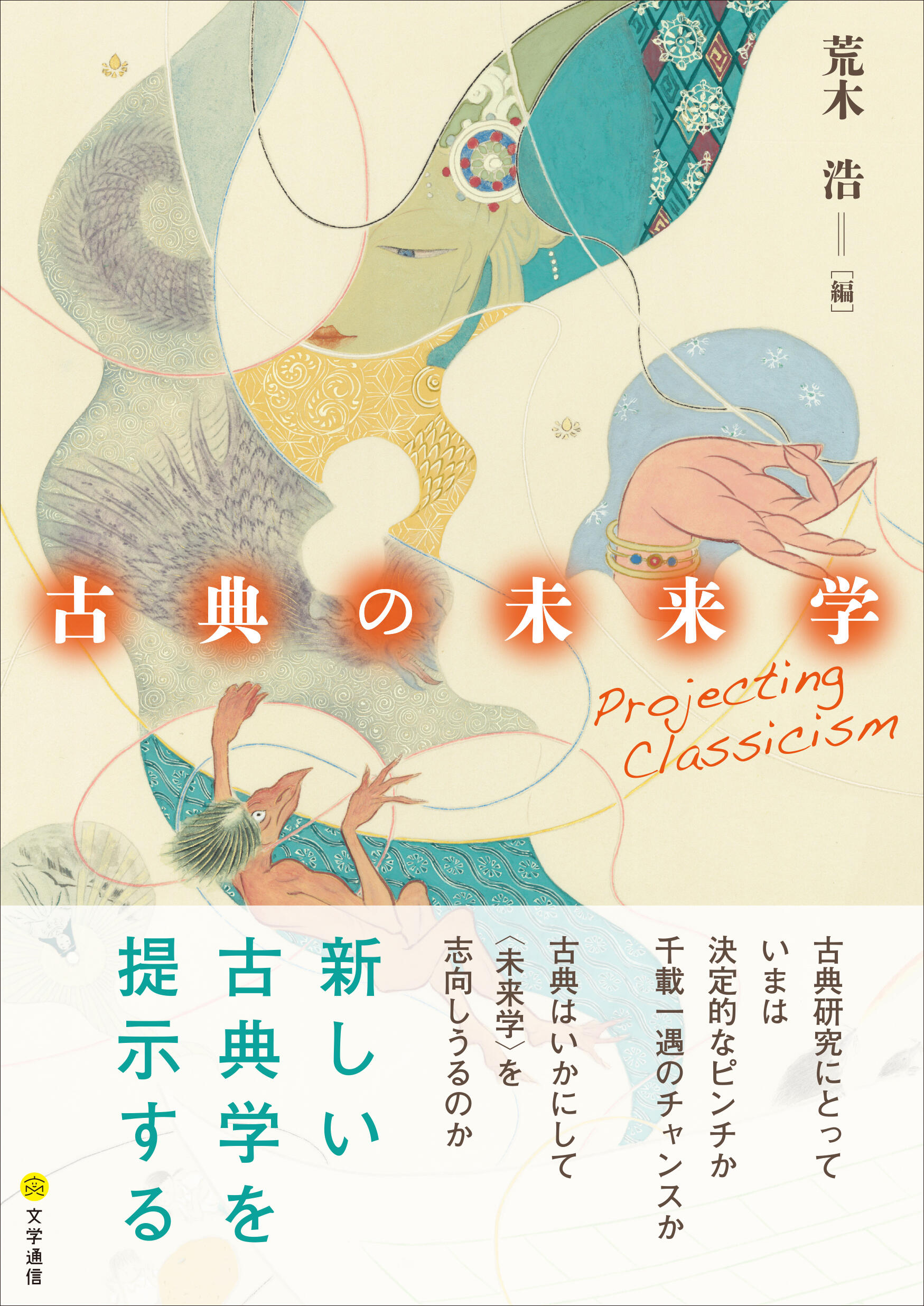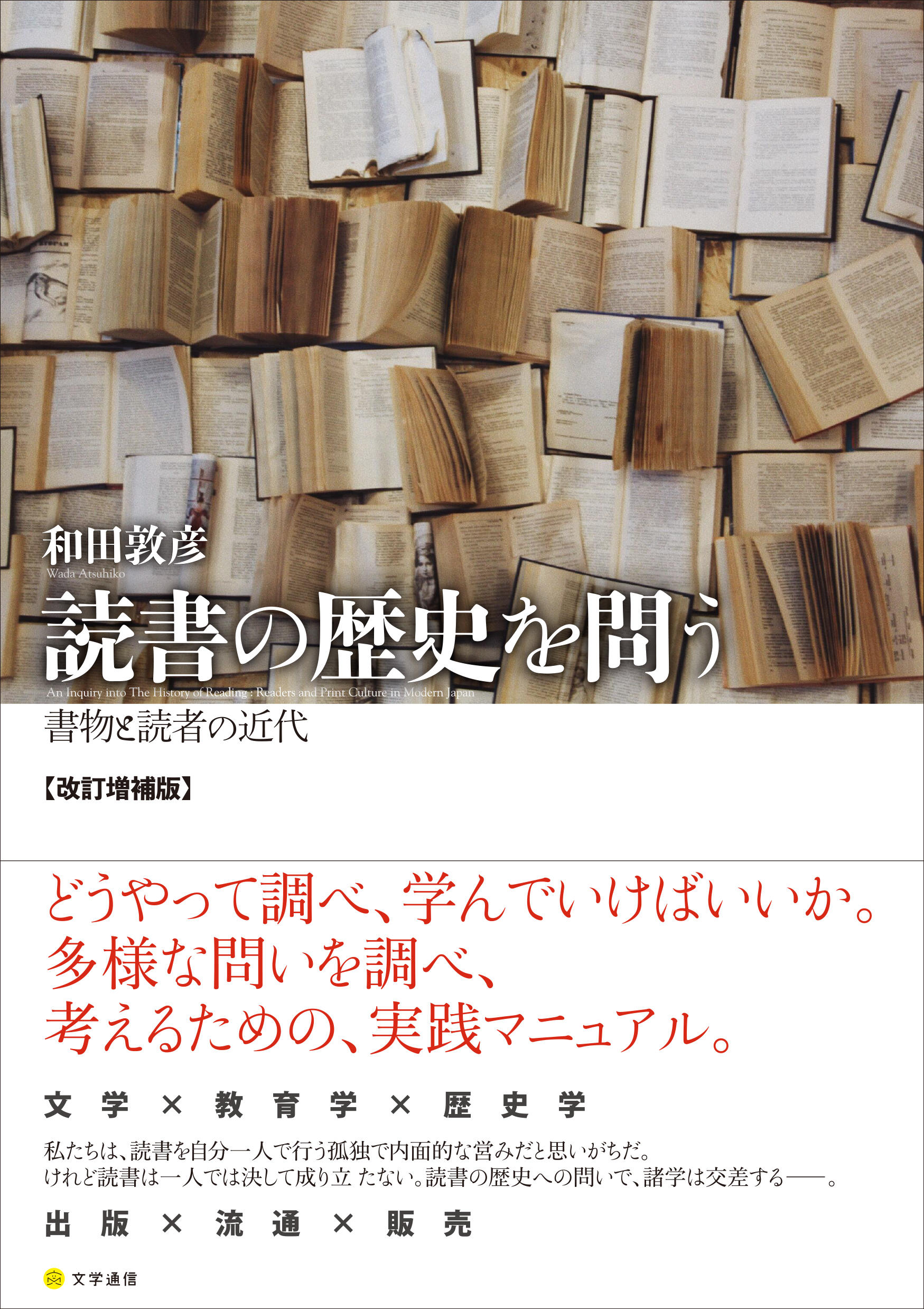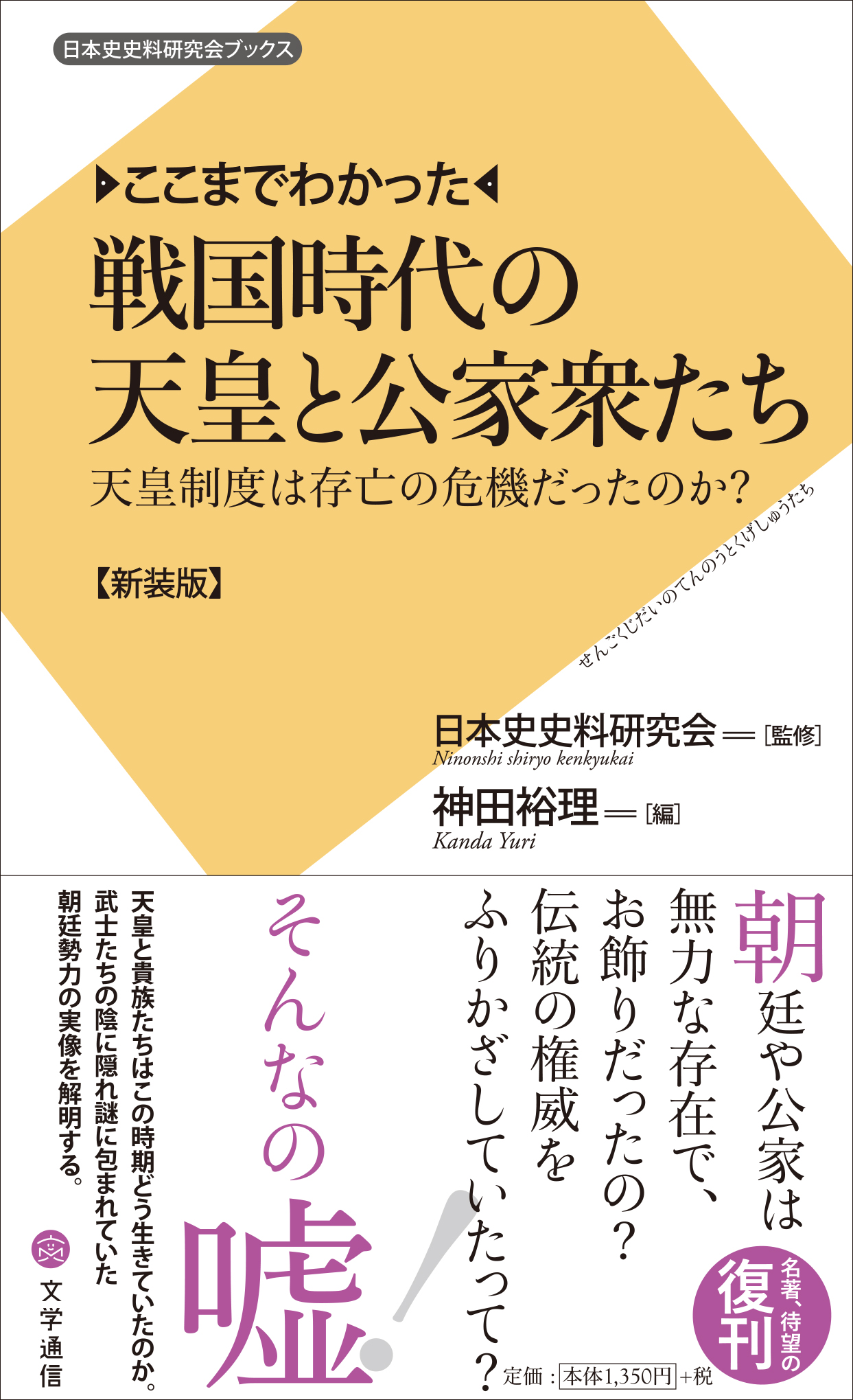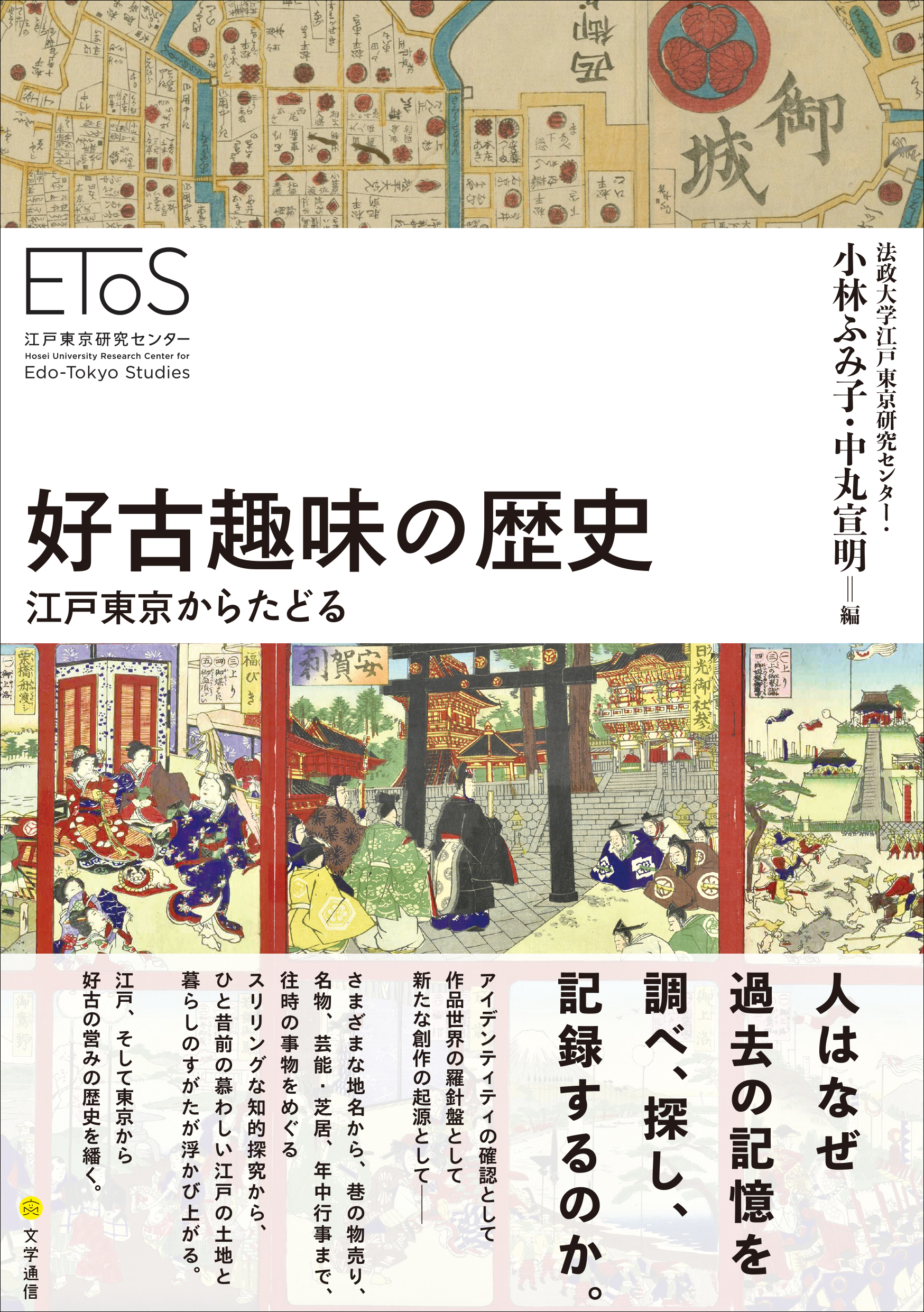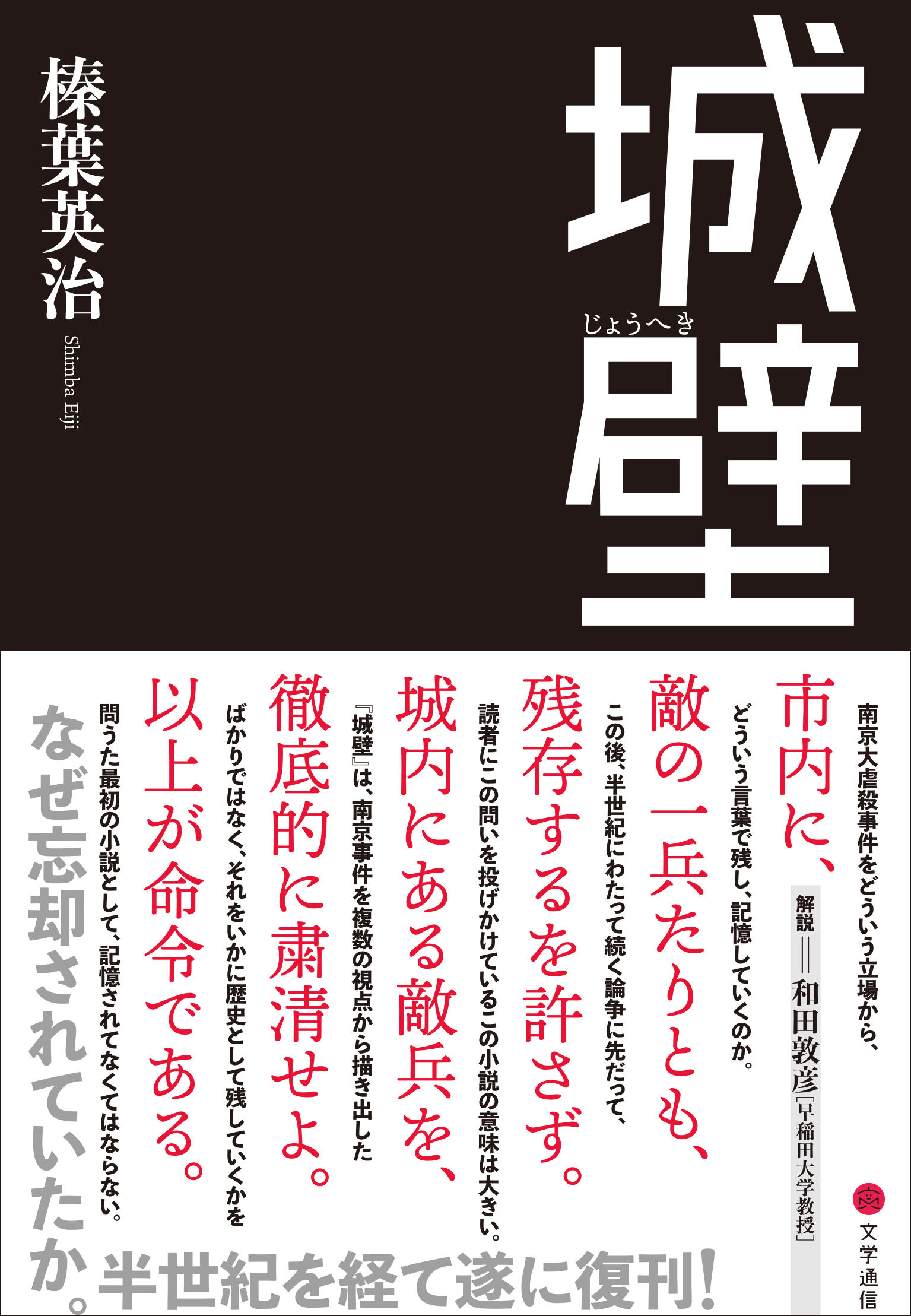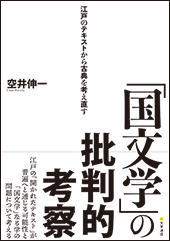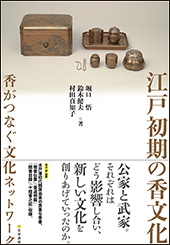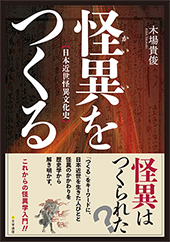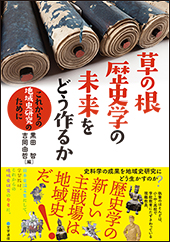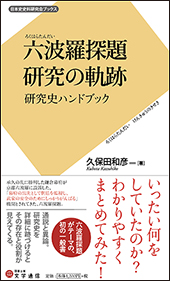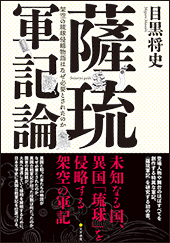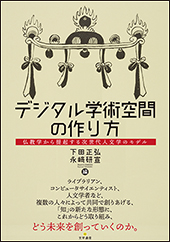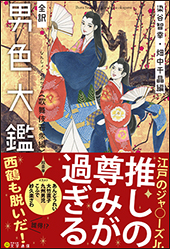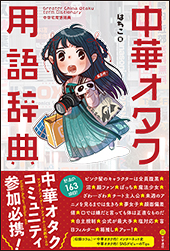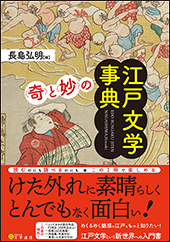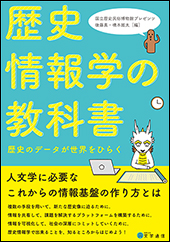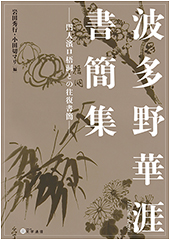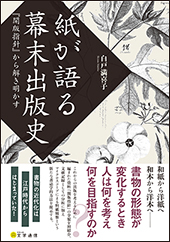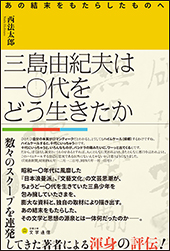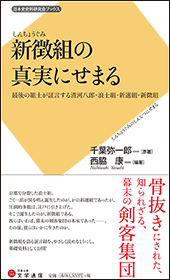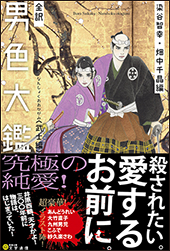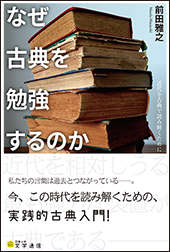Chapter 2 People Involved in Materials Rescue / MATSUSHITA Masakazu (Kobe University)
Download PDF
Chapter 2
People Involved in Materials Rescue
MATSUSHITA Masakazu (Kobe University)
Introduction
As mentioned in Chapter 1, materials rescue involves more than specialists handling of cultural properties or restoring materials. In particular, as for privately owned materials rescue, the main target of Shiryo-Networks, a diverse group of people participate in it: in addition to cultural property researchers at universities or government officials, the locals and volunteers from outside the affected area are also a part of the project.
With Japan's population declining and aging at an accelerating pace and natural disasters occurring more frequently, fewer and fewer people can help with materials rescue; meanwhile, we have more and more materials to deal with. The challenge is efficiently rescuing materials with limited human, financial, and material resources. In addition to the technical and efficiency aspects of material rescue, it is necessary to explore materials rescue that allows the people who have inherited them to maintain their communities.
This chapter focuses on Siryo-netNotes1 (a volunteer organization based at the Faculty of Letters, Kobe University, established in the wake of the 1995 Great Hanshin-Awaji Earthquake) and their activities in Hyogo, analyzing what kind of institutions, groups, and people have participated in materials rescues. As a researcher at the university, I would primarily discuss the current situation and issues facing the preservation/utilization of "undesignated cultural properties": they are private properties, including various materials located in the private sector, which are unlikely to receive public support in a disaster.
1. Wide Area Collaboration System
1.1. Development of a Nationwide System for Rescuing Cultural Properties and Damaged Materials
Since the founding of Siryo-net (Kobe), more than 30 historical materials networks (Shiryo-Networks) have emerged throughout Japan--because of a large-scale disaster or as a pre-disaster preparedness measure (AMANO and GOTO, 2022). Since 2015, they have organized the "National Shiryo-Networks Research Meeting" to share information and prompt networking between them. In addition, based on the connections formed during the Cultural Heritage Rescue and Rescue Project after the Great East Japan Earthquake, 27 organizations (as of June 2023) related to various cultural heritage, including Siryo-net (Kobe), established the "Cultural Heritage Disaster Prevention Network Promotion Council". They share information during peace and launch a rapid, effective disaster relief activity when a disaster occurs. In 2020, the National Institutes for Cultural Heritage set up the Cultural Heritage Disaster Prevention Center as the headquarters facility to create a cultural heritage disaster prevention system, develop technologies, and support rescue activities in a disaster (KOHDZUMA et al., 2023). Furthermore, the National Institutes for the Humanities, led by the National Museum of Japanese History and Tohoku University and Kobe University, launched the "Inter-University Research Institute Network Project to Preserve and Succeed Historical and Cultural Resources". Working with other Shiryo-Networks, they create mutual support systems and wide-area networks for future disasters. Thus, compared to the 1990s, nationwide support systems at many levels have greatly advanced, as have the systems for dealing with various cultural properties and materials damaged in disasters and the networking for connecting organizations nationwide. To cope with increasingly diverse and complex natural and artificial disasters, disaster-related networking consisting of various fields is still necessary.
In addition, a system for cultural properties rescue aided by a wide-area framework is emerging; for example, in 2013, nine prefectural governments in the Chugoku and Shikoku regions, in addition to those of Hiroshima and Okayama City, already formulated the "Mutual Support Plan for the Protection of Damaged Cultural Properties in Chugoku and Shikoku". In 2018, the Kansai region made the "Guideline for Responding to Damage to Cultural Properties Based on the Basic Agreement on Mutual Support in a Crisis in the Kinki Region" in anticipation of a Nankai Earthquake. The prefectures comprising the basic agreement are Fukui, Mie, Shiga, Kyoto, Osaka, Hyogo, Nara, Wakayama, Tokushima, and the Union of Kansai Governments (including Tottori); the Union of Kansai Governments includes Shiga, Kyoto, Osaka, Hyogo, Nara, Wakayama, Tokushima. As the 2011 catastrophe made clear, it is difficult for a disaster-affected prefecture alone to respond to a large-scale disaster, and a support system including multiple prefectures plays a significant role. For example, the Azuchi Castle Museum of Archaeology in Shiga vacuum-freeze-dried the water-damaged materials of Toyooka and Hidaka, Hyogo, when Typhoon Tokage (2004) hit Japan, using the mutual support framework by the Boards of Education of the then six Kinki prefectures (MATSUSHITA and KONO, 2009).
Thus, under such a comprehensive plan based on regional unions, actors prepare individual plans for cultural property preservation and sometimes support communities. We hope that a counterpart support system provided by Shiryo-Networks in a disaster will further develop for undesignated cultural properties.
1.2. Issues on Collaboration in Undesignated Cultural Properties Preservation
As mentioned above, Japan now has many Shiryo-Networks, which hold yearly meetings. When a large-scale disaster occurs, each Shiryo-Network gathers information. However, we need a platform for consolidating information on damage to undesignated cultural properties and effectively providing disaster areas with human, material, and financial support and know-how. Of course, this is not to say that each network cannot provide adequate support. In addition, the local network should take the initiative for small- to medium-scale disasters. However, in a large-scale disaster, if each local network were to request information from those in affected areas separately, the local governments would be overburdened with responding to repeated inquiries. It may be necessary to unify the contact points to reduce the burden on the areas, such having a specific Shiryo-Network as a centralized information center.
To facilitate damage assessment and restoration activities when staff in charge of cultural properties in the affected areas return to their original duties after completing lifesaving, evacuation shelter establishment, and lifeline restoration, Shiryo-Networks must prepare a logistical support system outside the affected areas. Specifically, this includes the following: obtaining information on the whereabouts of materials and damage in the affected areas; preparing personnel with rescue know-how and supplies for first aid; securing funds for activities through subsidies and donations; and accepting damaged materials (for first aid or cataloging). Many remote support activities have become feasible after online conferences using Zoom, Microsoft Teams, or Google Meet have become common due to the COVID-19 pandemic. Compared to public infrastructure, cultural restoration is a long-term process. When a large-scale disaster occurs, building a long-term support system incorporating logistical support may involve a diverse range of people, including those unable to visit the disaster area.
2. Prefectural Maintenance Systems
2.1. Preparation for Undesignated Cultural Properties in Prefectural/Municipal Disaster Prevention Plans
In connection with the national basic plan for disaster reduction set by the Basic Act on Disaster Countermeasures, prefectures and municipalities have regional disaster reduction plans. We have pointed out the importance of including cultural property protection in regional disaster prevention plans and regarding damaged cultural property preservation as a part of reconstruction projects after a disaster (MATSUSHITA, 2014). In recent years, more and more prefectures have explicitly indicated that not only designated cultural properties but also undesignated cultural properties need identification, catalogue, preservation and handling promotion, damage assessment, information sharing, and manuals (see examples of Akita, Niigata, Ishikawa, Saga, Wakayama, Yamagata, and Oita). By specifying "designated cultural properties, etc."--this "etc." is the trick-- in the plan, local governments can handle undesignated or unregistered cultural properties.
Recently, many prefectures have formulated "Cultural Property Disaster Response Manuals". Hyogo, for example, has developed a manual for its administrators in 2021 and one for cultural property owners in 2022. The latter manual covers cultural properties, whether designated, registered, or undesignated, although those for administrations cover only designated and registered onesNotes2. The manual also states that they request Siryo-net (Kobe) for assistance in preserving historical and cultural materials when responding to windstorms and floods.
To support the possible participants, we should continue to encourage all municipalities in Japan to clearly state their response to undesignated cultural properties, including municipal and regional disaster prevention plans and cultural property disaster response manuals.
2.2. Shiryo-Networks in the General Guidelines for the Conservation and Utilization of Cultural Properties and the Regional Plan for the Conservation and Utilization of Cultural Properties
The 2018 amendment to the Law for the Protection of Cultural Properties newly institutionalized the formulation of a general plan for the preservation and utilization of cultural properties by prefectures and the preparation of regional plans for the preservation and utilization of cultural properties by municipalities, in addition to their approval by the Commissioner of the Agency for Cultural Affairs.
The former stipulates disaster prevention and response in a disaster as a basic measurement. This should be an opportunity to specify cooperation with universities and other private organizations like Shiryo-Networks and to create a cooperative system in a disaster. In the case of Hyogo, although it does not mention Siryo-net (Kobe), the general plan refers to daily cooperative relationships by specifying the names of universities related to cultural properties, for instance, Kobe University.
As of the end of 2023, 139 municipalities have prepared regional plans for preserving and utilizing of cultural propertiesNotes3, and some have attached a list of undesignated cultural properties to their plan. After the 1995 earthquake, research pointed out that a lack of information on the location of undesignated cultural properties in a disaster could delay the initial rescue (OKUMURA, 2012). Therefore, we hope these regional plans will lead to progress in the identifying undesignated cultural properties and their disclosure (but with attention to theft and other crime prevention measures).
Furthermore, in Hyogo, more and more cities and towns--as of the end of December 2023, Kamikawa, Kami, Akashi, Kobe, and Fukusaki--name indicates a Siryo-net (Kobe) as a partner for surveying the damage to historical and cultural heritage and their preservation/utilization. Thus, it will be necessary to recommend that the general guidelines and regional plans include each local Shiryo-Network.
2.3. Cooperation between Cultural Property-Related Organizations
Securing regular communication and cooperation routes in each field will also be essential. Along with the cooperation between those involved in cultural properties, those in social education need to organize a system. For example, in 2017, the Hyogo Prefectural Museum Association created a protocol ("Protocol of Mutual Cooperation and Liaison and Collaboration with Related Institutions and Organizations in a Disaster") that includes provisions for requesting the dispatch of staff from member museums to rescue disaster-stricken museums, and members have mutually signed this code. This system allows staff members to work not as volunteers but as part of their duties by submitting requests for dispatch to curators willing to provide disaster relief. The Gifu Museum Association has a system to contact the person in charge of cultural properties after a disaster to confirm the damage. When they contact the person in charge, sometimes they are unavailable; addressing the cause of the problem serves as actual disaster prevention training (SHOMURA, 2020). Making and confirming a contacts network will be essential for support and assistance in a disaster, even in regular times.
Some prefectures have established rules and agreements with Shiryo-Networks, governments, and various cultural property-related organizations to build partnerships and cooperative relationships in times of disaster and everyday life. For example, in 2015, Wakayama started the "Wakayama Prefecture Liaison Council on Disaster Countermeasures for Museum Facilities" for a cooperative relationship to rescue and conserve damaged cultural properties in the prefecture, including undesignated and private collections. Wakayama Shiryo-Network, Wakayama University, other research institutions, museums, libraries, prefectural government, and municipal boards of education participate in the council. Similar efforts are underway in Okayama, Tokushima, Ehime, and others.
Although Hyogo does not currently have such a protocol, it has some cooperative relationships: the Cultural Properties Division of the Hyogo Prefectural Board of Education has issued to the municipal boards of education in the prefecture a request for cooperation in the survey of Siryo-net (Kobe) when the network examined damaged historical materials in the prefecture. The Cultural Properties Division of the Hyogo Prefectural Board of Education, Community Outreach Center (Kobe University), and Siryo-net (Kobe) hold "Hyogo Prefecture Cultural Heritage Disaster Prevention Workshop" every year, where staff in charge of cultural properties in Hyogo practically practice the first aid for damaged cultural properties. While learning from the aforementioned advanced efforts in other prefectures to assess the damage in a disaster regardless of movable or immovable cultural properties, Siryo-net (Kobe) has held many discussions with members of the Hyogo Heritage Organization, to which many architects belong, the Hyogo Prefectural Museum Association, and the Hyogo Prefectural Board of Education. These collaborative relationships daily will make it possible to facilitate materials rescue activities in a disaster.
3. Connections with Diverse Sectors
3.1. Response to a Disaster
Once receiving a disaster prevention order, administrative staff in the affected areas cannot always deal with cultural properties. Even if they return to ordinary work, the first step is to examine designated cultural properties. Therefore, Siryo-net (Kobe), whose main goal is undesignated cultural property preservation, refrains from contacting the disaster areas immediately after a disaster strike when they are busy lifesaving and setting up evacuation centers to avoid burdening the areas as much as possible. When they have restored lifelines and established evacuation shelters, researchers visit the affected areas with staff in charge of cultural properties, members of community history research groups, and town chairpersons. Outsiders only visit the areas with the acceptance and approval of the residents. The first prerequisite for rescue activities targeting privately owned damaged materials is not to interfere with the reconstruction. In addition, securing a temporary storage place for the damaged materials is desirable. Cooperation with the governments, universities, and residents is essential (MATSUSHITA and KONO, 2009).
However, since the Great Hanshin-Awaji Earthquake, research has argued that a delay in visiting the disaster area leads to the disposal of materials (OKUMURA, 2012). The disposal of undesignated cultural properties and materials in private collections accelerates, especially when "free garbage disposal" and publicly funded demolition of houses begin after a disaster. Therefore, it is crucial to encourage the owners to prevent their disposal and to inform them of consultation services for temporary storage and emergency treatment. In recent years, on the Internet, more and more local governments and museums in disaster areas have called for preventing such disposal and publicizing their consultation services.
Unless immediately after a major disaster when infrastructure is unavailable, Siryo-net (Kobe) provides information on handling local materials to disaster victims through publicity from town halls (PR magazines, handouts for supporting victims, and community association liaison routes), information from social welfare councils and volunteer centers, and multimedia such as newspapers, TV, radio, CATV, and disaster prevention radio. Recently, SNSs like X and Facebook have been of use. However, sometimes, in disaster-stricken areas where infrastructure is unavailable, paper-based local media can be more effective in disseminating information. Before a disaster occurs, we have to prompt social welfare councils and volunteer centers to ask volunteers working on the front lines so that they can encourage the owners to handle the items related to "family memories" carefully. Siryo-net (Kobe) used to send faxes to local governments in the affected areas, asking them to prevent the disposal of materials. However, given the trouble it takes them, the network has reduced this to a notice on its website and, in recent years, has left it to local Shiryo-Networks in or near the areas to deal with the issue.
The Ministry of the Environment has formulated the "Guidelines for Disaster Waste Management" as a compilation of emergency measures for the proper, smooth, and prompt disposal of waste generated in a disasterNotes4. The guidelines provide the handling of "mementos": albums, photographs, Buddhist mortuary tablets, certificates, planners, safes, and valuables (wallets, passbooks, seals, jewelry), and state that "municipalities need to pay attention to how to handle mementos and valuables when removing disaster waste, and should stipulate the rules in advance and make them public, after confirming the procedures and responses under the Lost and Found Law and other related laws and regulations. Possible rules for the handling may include their definition, ways of identifying the owners, collecting, storing, and returning". The authorities are to deliver the valuables to the police, so the guidelines ask them not to dispose of other mementos, to store them, and to turn them over to the owners as much as possible (Disaster Waste Management Guidebook). Since the guidelines do not cover historical and other materials, we propose that they include the issue of disposal of historical materials, collaborating with the Japan Society of Material Cycles and Waste Management and other organizations.
The "Earthquake Disaster Countermeasures Plan"Notes5 section of the Regional Disaster Prevention Plan of Kasai, Hyogo (revised in 2021), states that "if there are damaged cultural properties in the neighborhood, a temporary collection site for cultural properties will be set up at a temporary refuse collection site". It is a unique approach to securing a temporary storage site in the disaster area after a rescue operation.
3.2. Post-Disaster and Day-to-Day Activities
Fewer and fewer people are involved in the daily preservation of local historical materials: the nation's whole population is ever-shrinking; municipal mergers downsize the cultural property administrations; local historical societies are losing members; (junior) high school teachers, the important bearers of local history studies, are too busy to participate in community history societies.
In this context, what can universities do to preserve and pass on historic materials and records remaining in communities and homes, both in a disaster and everyday life, and keep the public interested in these materials? Naturally, we have to have those not involved with cultural properties understand the importance. Researchers need to develop a curriculum that explains the significance of record preservation in museology, archives-related studies, and first-year standard education courses for undergraduates in the social, natural, and life sciences in addition to for those in the humanities (OKUMURA, MURAI, and KIMURA, 2018). Since 2002, the Community Outreach Center (Kobe University) has been working with the locals and the governments to promote community development that makes use of their history and culture. The work tells the public the importance of local materials and records preservation regularly before a disaster strikes (Community Outreach Center, 2013).
Siryo-net (Kobe) makes a provisional catalogue of rescued materials and returns them after the locals and owners have restored their lives. At the time, we always explain the contents of the materials and the significance of the preservation. For example, for materials damaged by Typhoon Etau (2009), we worked with the Sayo Board of Education and the Sayo Community History Society members to rescue, provide first aid, and read the materials. The members have continued reading and transcribing the materials for publication (MATSUSHITA, 2013). In the case of the documents of the community association in Uruka, Shiso, ITAGAKI Takashi and YOSHIHARA Daishi, who belong to Siryo-net (Kobe), exhibited and explained the rescued documents at a community center, conducting joint research with the locals since then (Uruka Community History Editorial Committee, 2018).
In addition to undergraduates and postgraduates involved in cultural properties, many senior citizens participate in the volunteer activities of Siryo-net (Kobe) in providing first aid, organizing, and photographing damaged materials. Living in an urban area, many of the senior volunteers are "nomadic", who travel back and forth between the Hanshin area and the disaster-stricken areas, and have experienced different types of volunteer work such as removing the lining from sliding doors, reading old documents, and washing and joining earthenware. We hope to encourage the public to participate in Shiryo-Network activities by working with people with such diverse interests.
Conclusion
The foundation for responding to disasters is daily research, conservation practices, and the development of institutional and human networks. Our society has fewer children and more older adults. More than that: the population never ceases to decrease; more families have no heirs; more villages are disappearing; storms and floods become more frequent due to climate change; large-scale earthquakes continue to hit us. In short, it is no longer possible to force the individual locals (owners or property managers) to preserve the materials in the community.
The General Guidelines for the Conservation and Utilization of Cultural Properties call for conserving cultural properties by the "community as a whole". However, it is not enough to emphasize the negative aspects in this way, pointing out fewer people working on them due to the declining population. Some researchers study "public archaeology", arguing that archaeological sites are protected not just by researchers but by the public involvement and understanding of the significance (OKAMURA and MATSUDA, 2012). Similarly, the historical heritage remaining in a community gains more value through such involvement and understanding. How can we preserve private historical materials as "public property" through the involvement of diverse people? We will continue to learn from practices across Japan and deepen local historical materials studies with a focus on the rescue/utilization of damaged materials by the residents; at the same time, by making more people interested in and involved in the preservation and use of cultural properties, we will realize the participation by the "community as a whole" in the sense of giving meanings to and protecting cultural properties, and promote the creation of institutions and networks to maintain the communities.
Notes
1 For more information, see the website (http://siryo-net.jp/). (All the websites here last viewed on 23 January, 2024)
2 Hyogo Prefecture Board of Education. Hyogo Prefecture Cultural Properties Disaster Prevention and Response Manual. (https://www2.hyogo-c.ed.jp/hpe/bunka/cont_cate/兵庫県文化財防災・災害対応マニュアル/)
3 Agency for Cultural Affairs. Regional Plans for the Conservation and Utilization of Cultural Properties, prepared by local governments. (https://www.bunka.go.jp/seisaku/bunkazai/bunkazai_hozon/92040101.html)
4 Ministry of the Environment. Disaster Waste Management Information. (http://kouikishori.env.go.jp/guidance/guideline/)
5 Kasai City. Kasai City Regional Disaster Prevention Plan (revised in 2021), Chapter 3: Disaster Emergency Response Plan (https://www.city.kasai.hyogo.jp/uploaded/attachment/16252.pdf)
References
AMANO Masashi and GOTO Makoto (eds). Chiikirekishibunkakeisho gaidobukku [Guidebook for Community Hisorical Culture Inheritance]. Bungaku Report, 2022.
Community Outreach Center (Graduate School of Humanities, Kobe University) (ed). "Chiikirekishiisan" no kanosei [Potential of Community Historical Heritage]. Iwata-shoin, 2013.
Japan Society of Material Cycles and Waste Management. Saigaihaikibutsu kanri gaidobukku [Guidebook for Disaster Waste Management]. Asakura Publishing, 2021.
Japanese Local History Research Association (ed). Rekishishiryo no hozon to chihoshikenkyu [Historical Material Preservation and Local History Studies]. Iwata-shoin, 2009.
KOHDZUMA Yohsei, TATEISHI Toru, and KODANI Ryusuke (eds). Nyumon daisaigaijidai no bunkazaibosai [Introduction to Cultural Property Disaster Prevention in the Age of Great Disasters]. Douseisha, 2023.
SHOMURA Misato. "Monobukai (Hokoku). Reiwa 2 nen 7 gatsu gou niokeru hisaianketo jissi to kekka nitsuite [Report at Monobukai. Questionnaire on July 2022 Heavy Rain Disaster]", in: Museums in Gifu, 187. Gifu Museum Association, 2020, p. 3.
MATSUSHITA Masakazu, KONO Mio (eds). Suisonshiryo wo suku [Rescuing Water-damaged Materials]. Iwata-shoin, 2009.
MATSUSHITA Masakazu. "2009 nen taifu 9 go hisaishiryo no hozen to katsuyo [Preservation and Utilization of Materials Damaged by Typhoon Etau (2009)]", in: Saigai hukkou to shiryo [Disasters, Restoration, and Materials], 2, 2013, pp. 27-38.
OKAMURA Katsuyuki and MATSUDA Akira. Nyumon paburikku akeoroji [Introduction to Public Archaeology]. Douseisha, 2012.
OKUMURA Hiroshi (ed). Rekishibunka wo daisaigai kara mamoru. [Protecting Historic Cultural Resources from Natural Disaster]. University of Tokyo Press, 2014.
OKUMURA Hiroshi, MURAI Ryosuke, and KIMURA Shuji (eds). Chiikirekishiisan to gendaishakai [Community Historical Heritage and Modern Society]. Kobe University Press, 2018.
OKUMURA Hiroshi. Daishinsai to rekishishiryohozon [Great Earthquakes and Historical Material Preservation]. Yoshikawa Kobunkan, 2012.
Sayo Community History Society. "Husuma no shitabarichosa kara shiru kyodo no rekishi [Community History Seen from Fusuma Undercoat Paper Research]", in: Bulletin of Sayo Community History Society, 6, 2018.
Siryo-net (ed). Siryo-net katsudohokokusho [Siryo-net Activity Report]. 2022.
Uruka History Compilation Committee. Uruka no ayumi [History of Uruka]. 2018.


